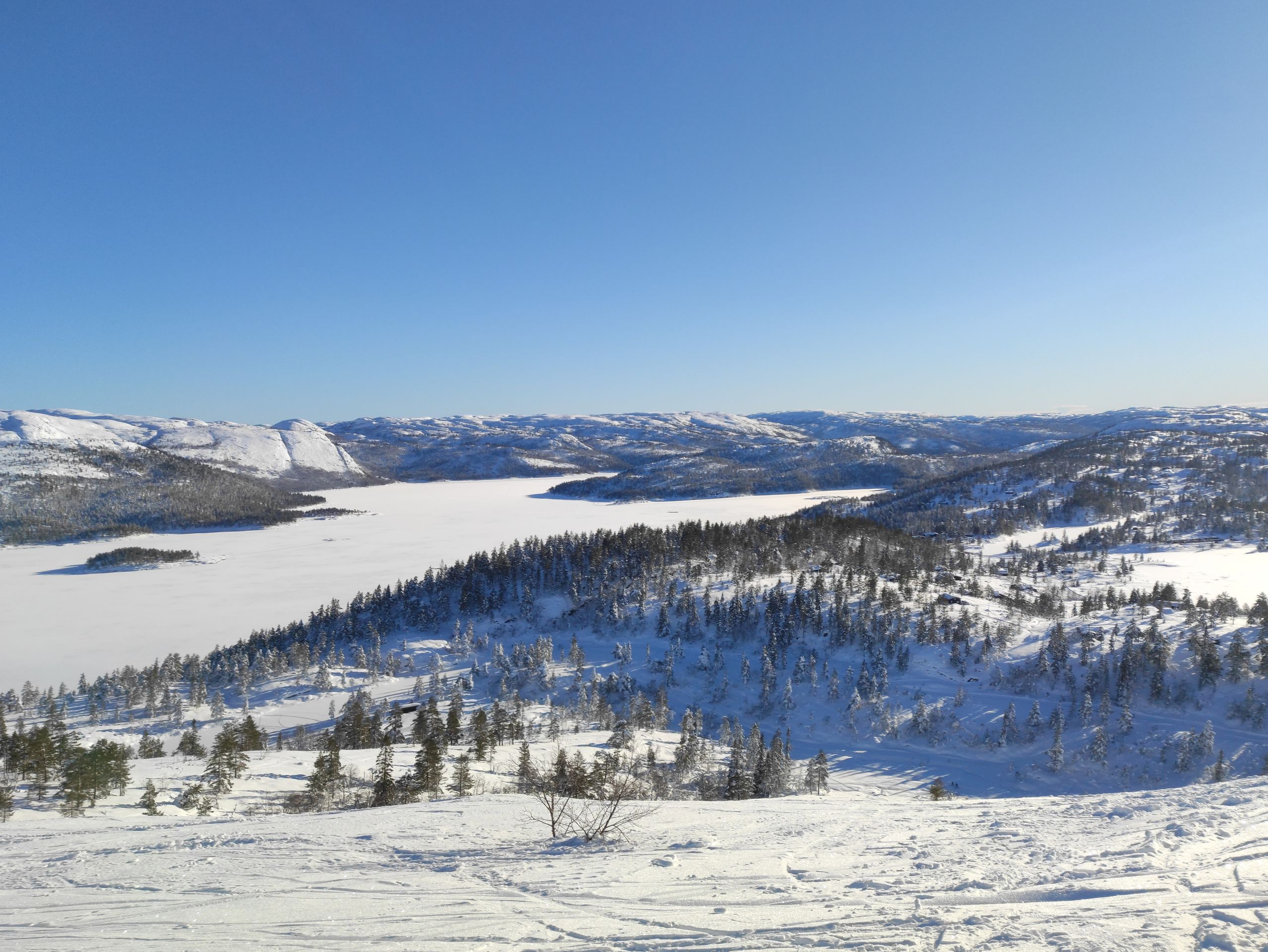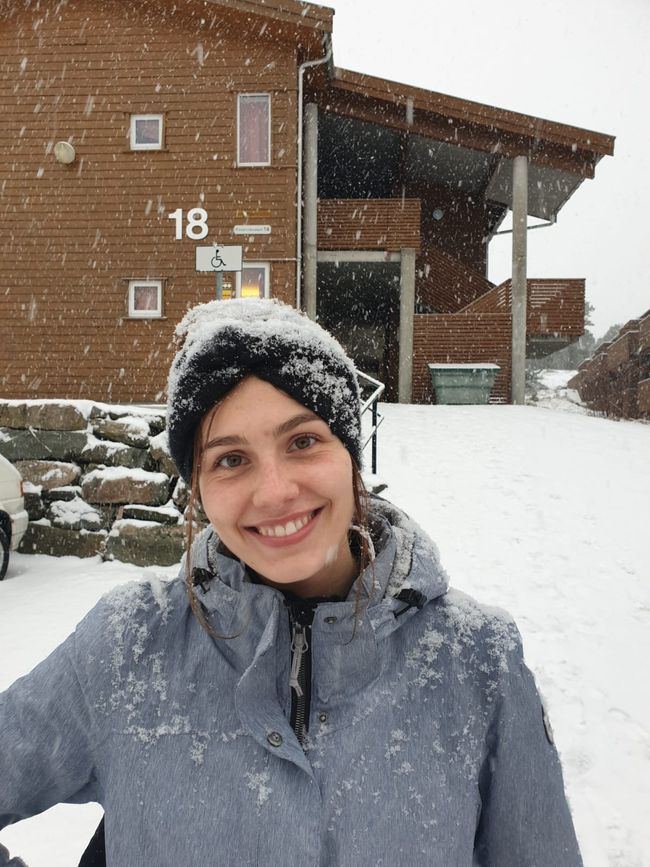Trip to Northern Norway Part 1: Tromsø, Gryllefjord (Senja) and Harstad
Byatangajwe: 08.04.2021
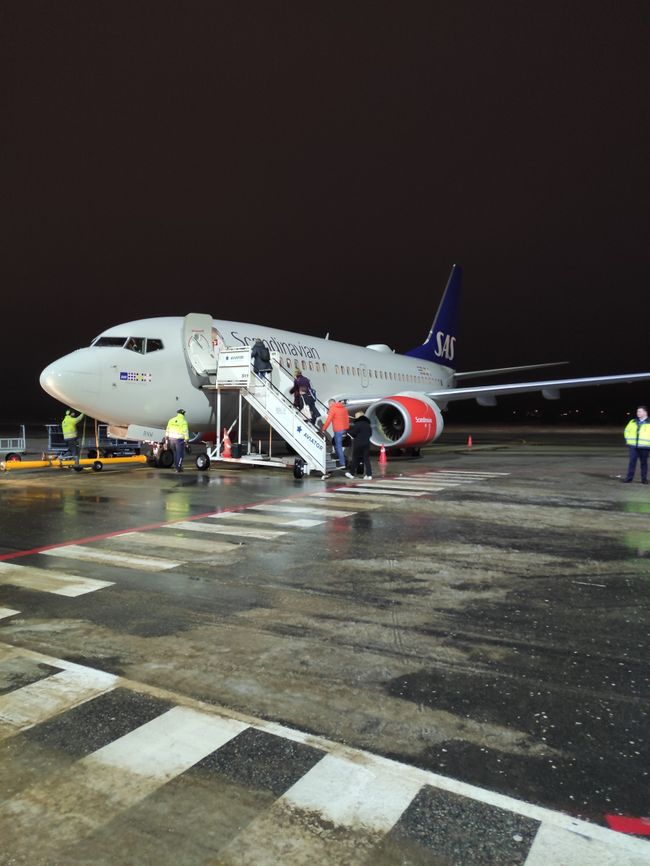
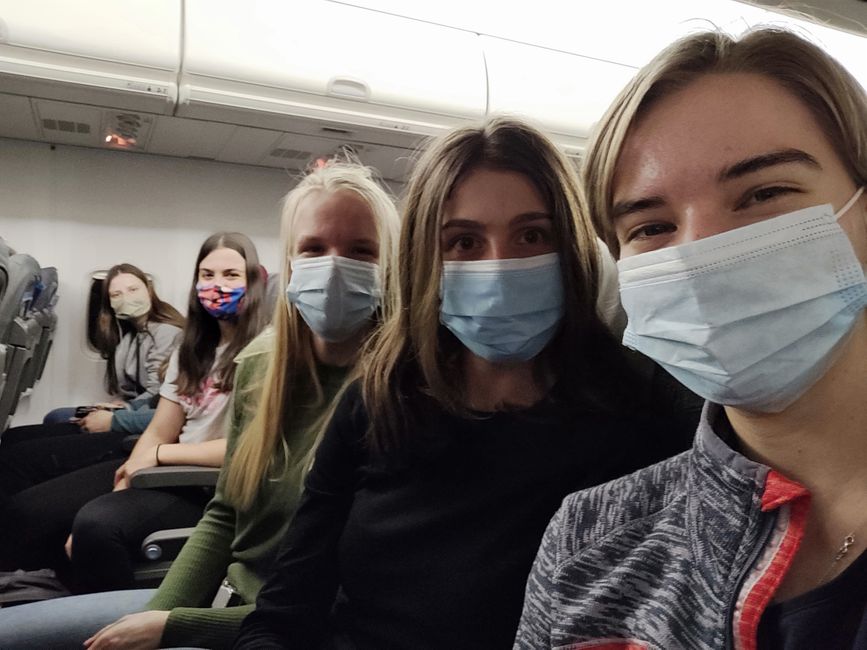
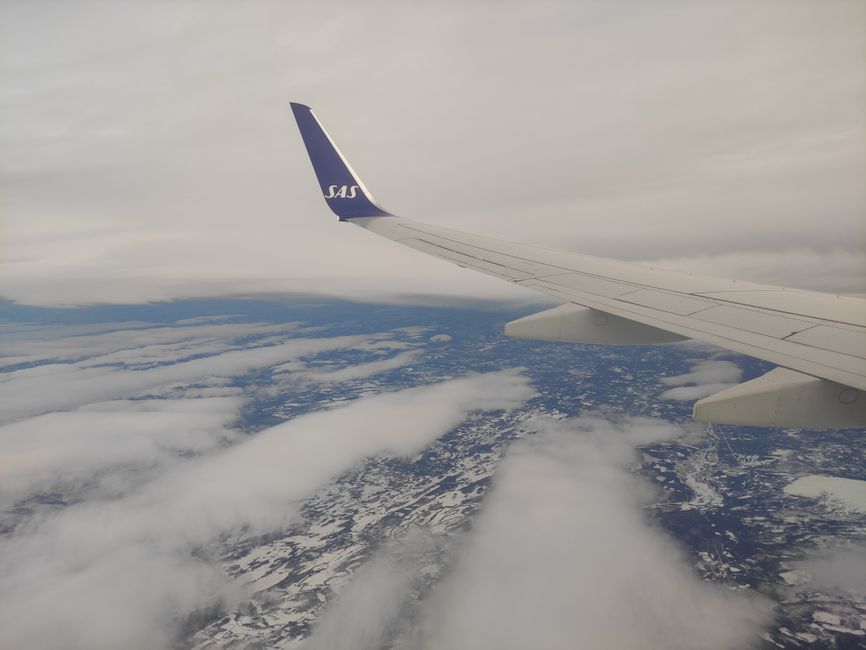
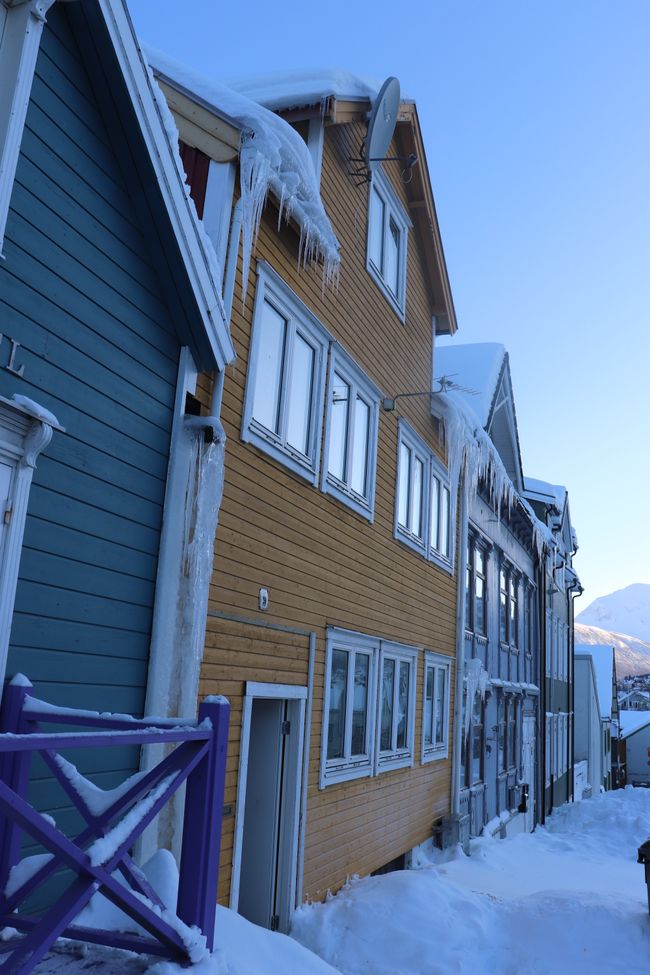
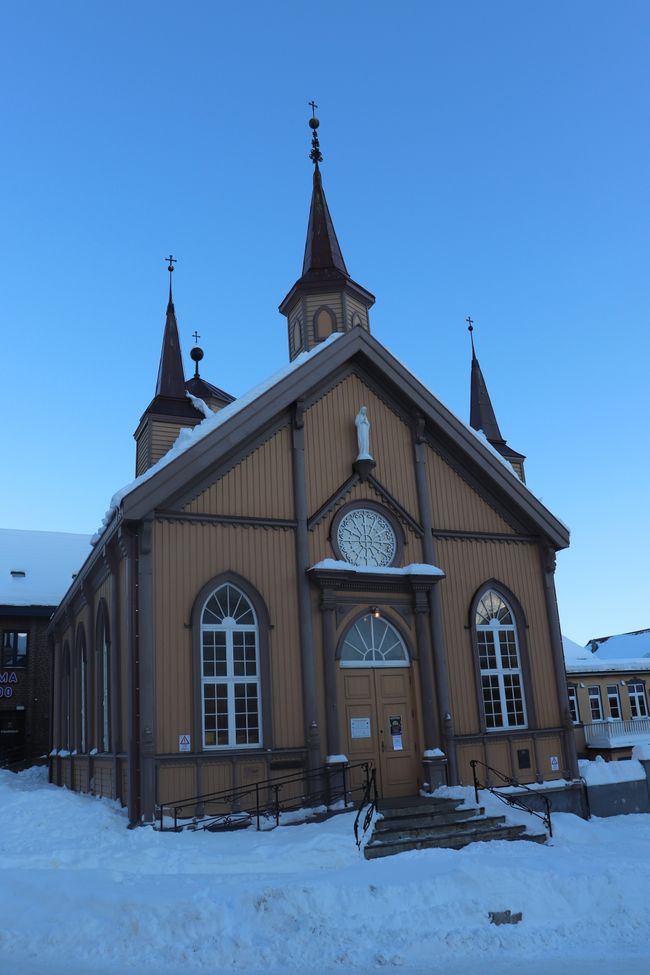
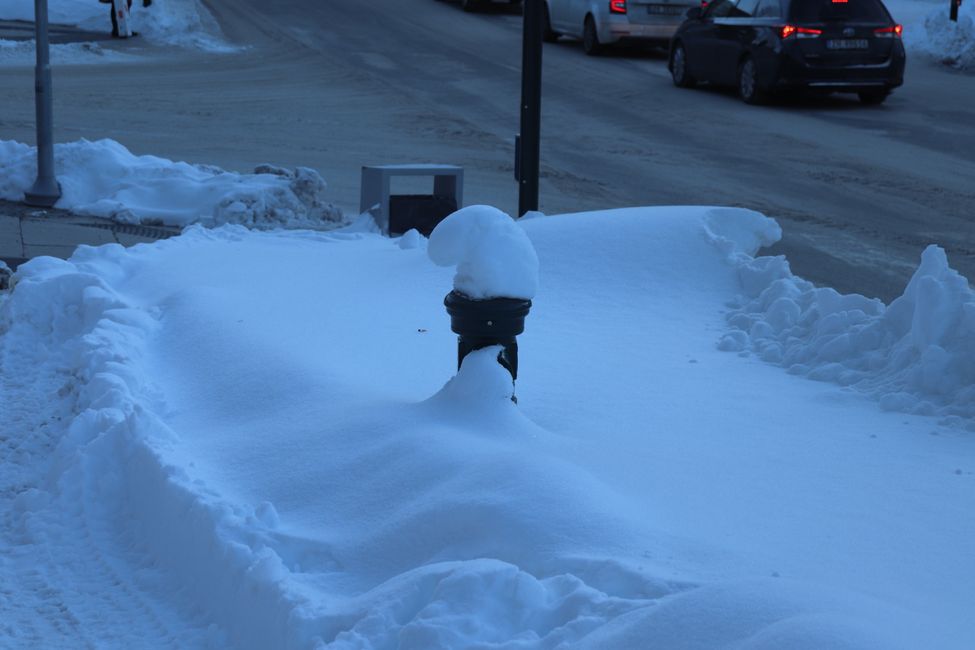
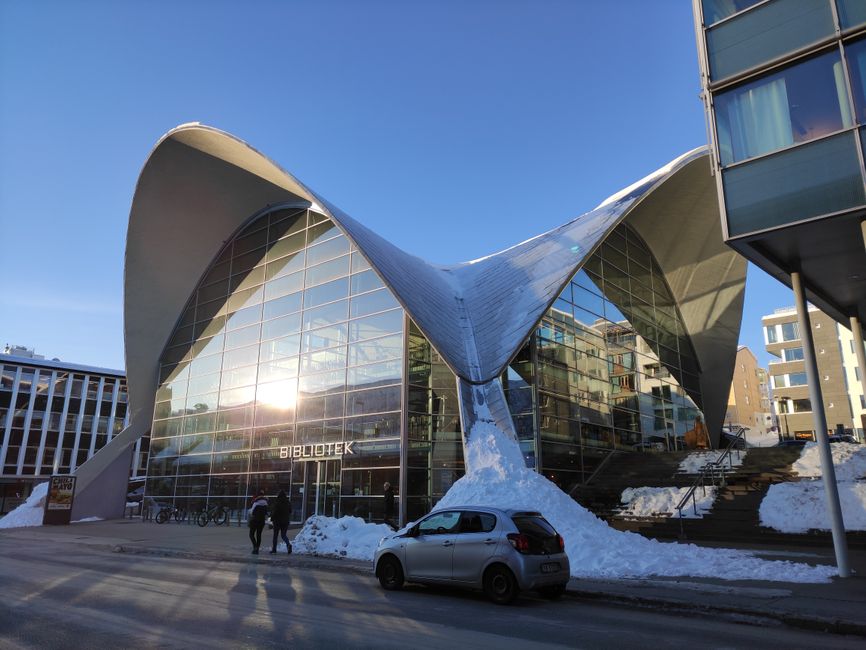
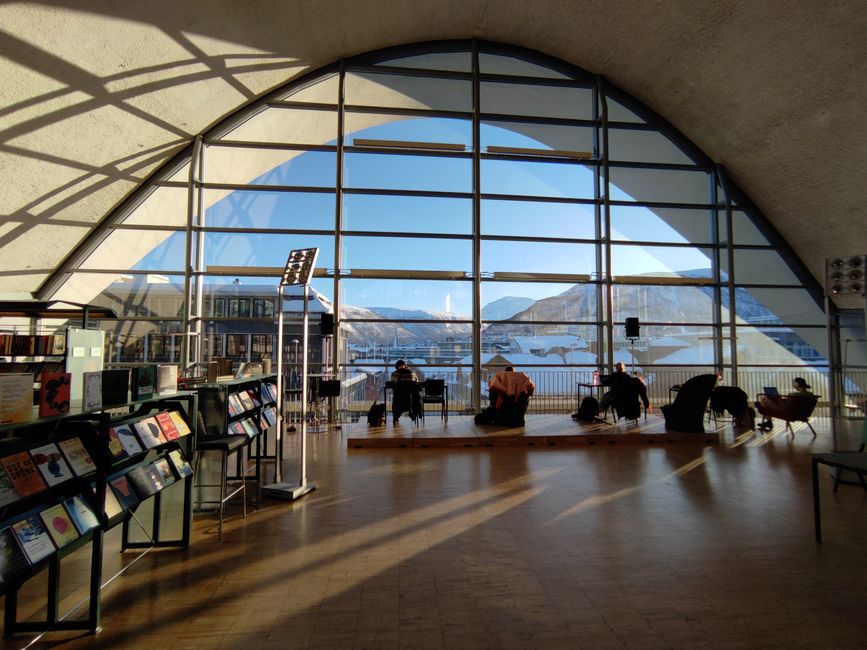
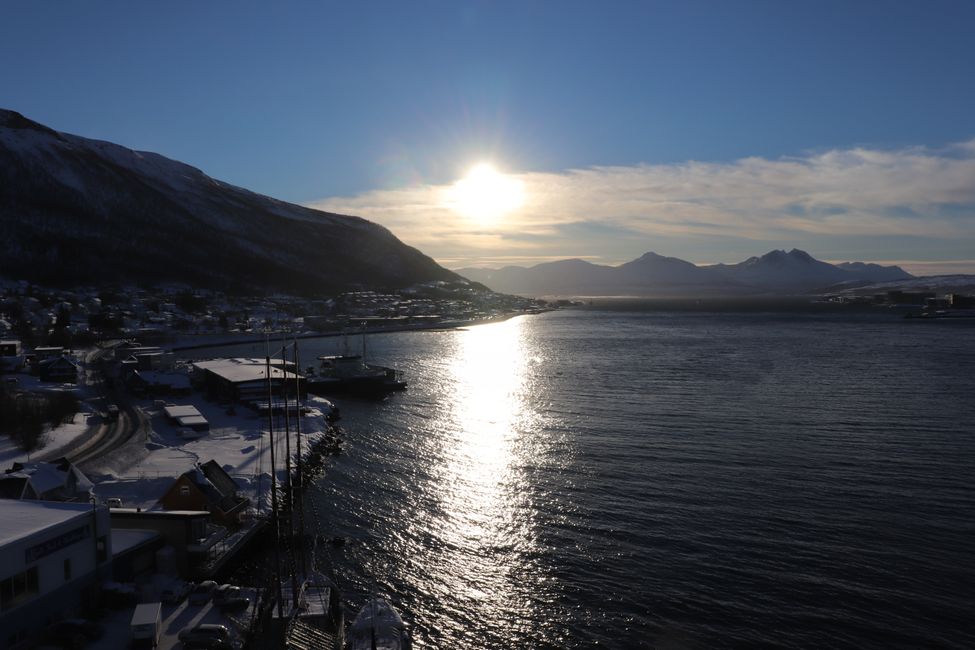
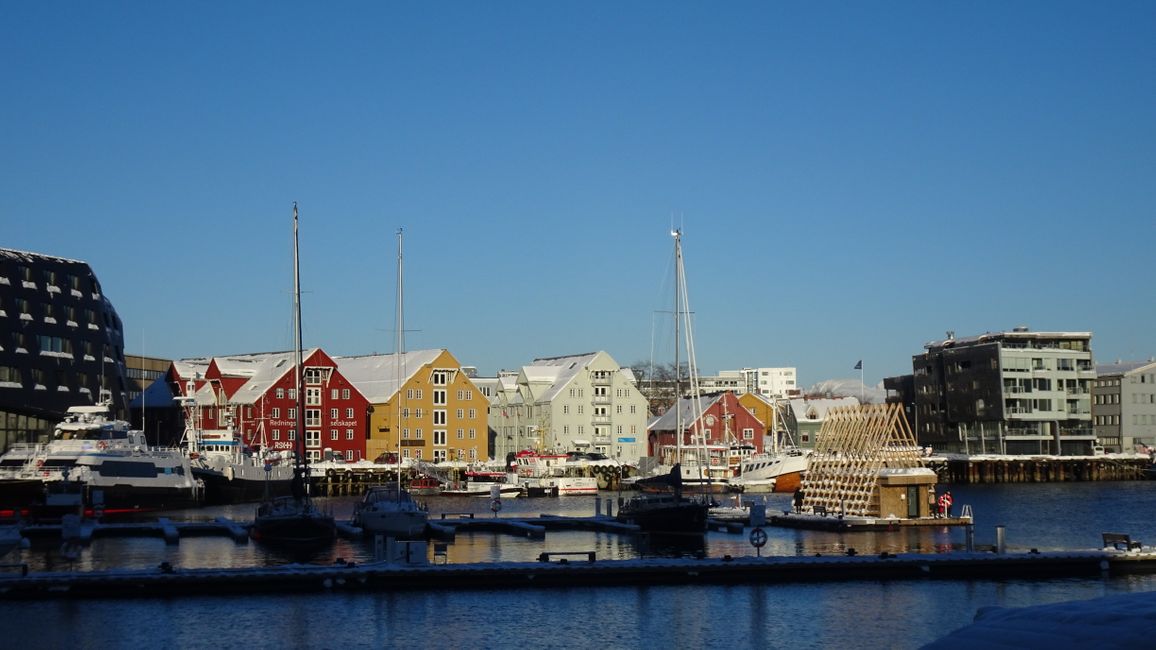
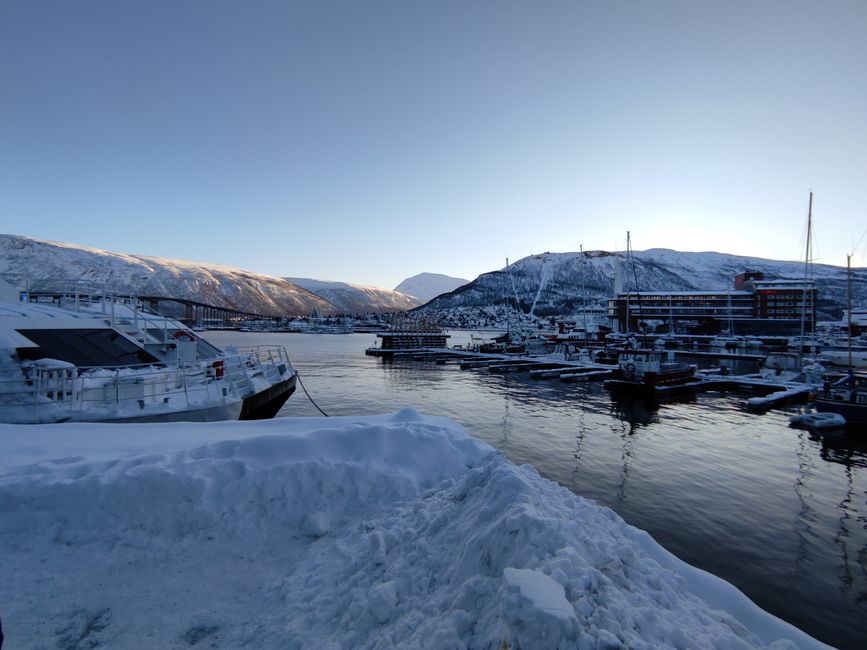
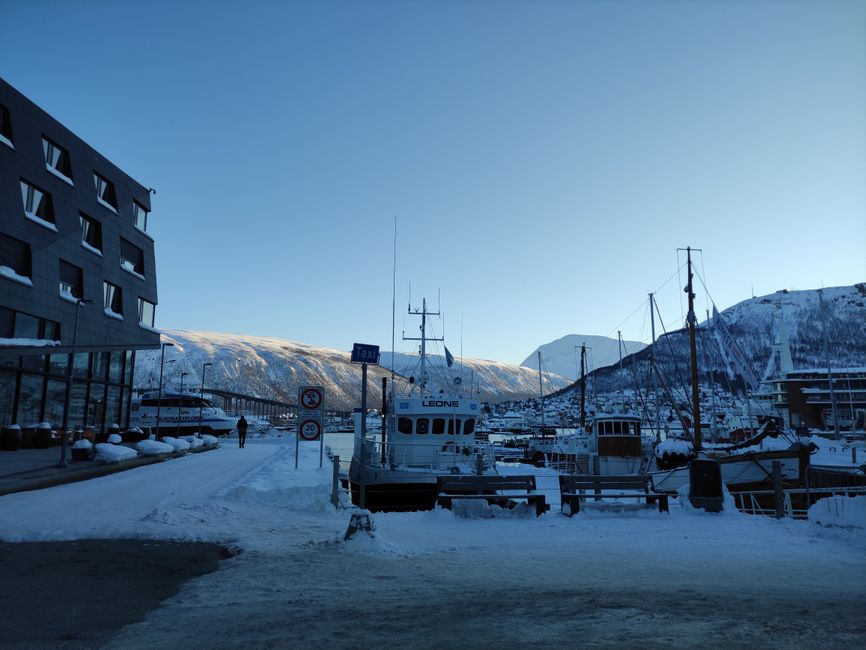
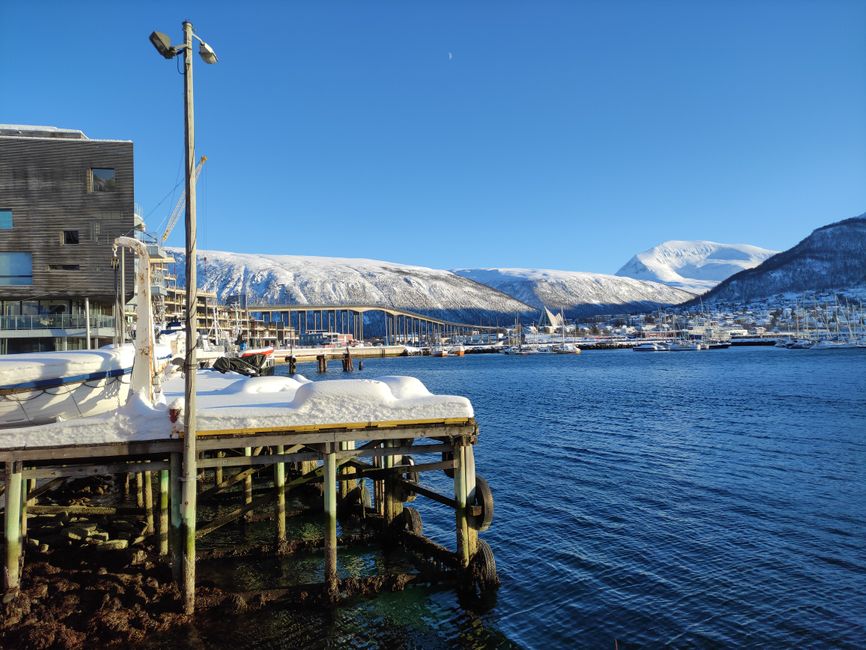
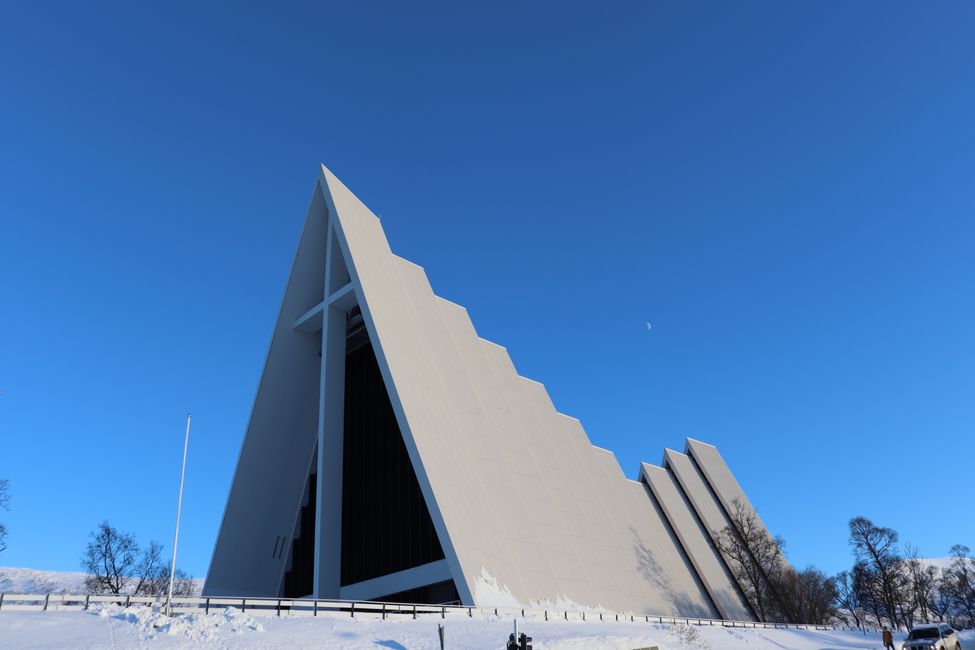
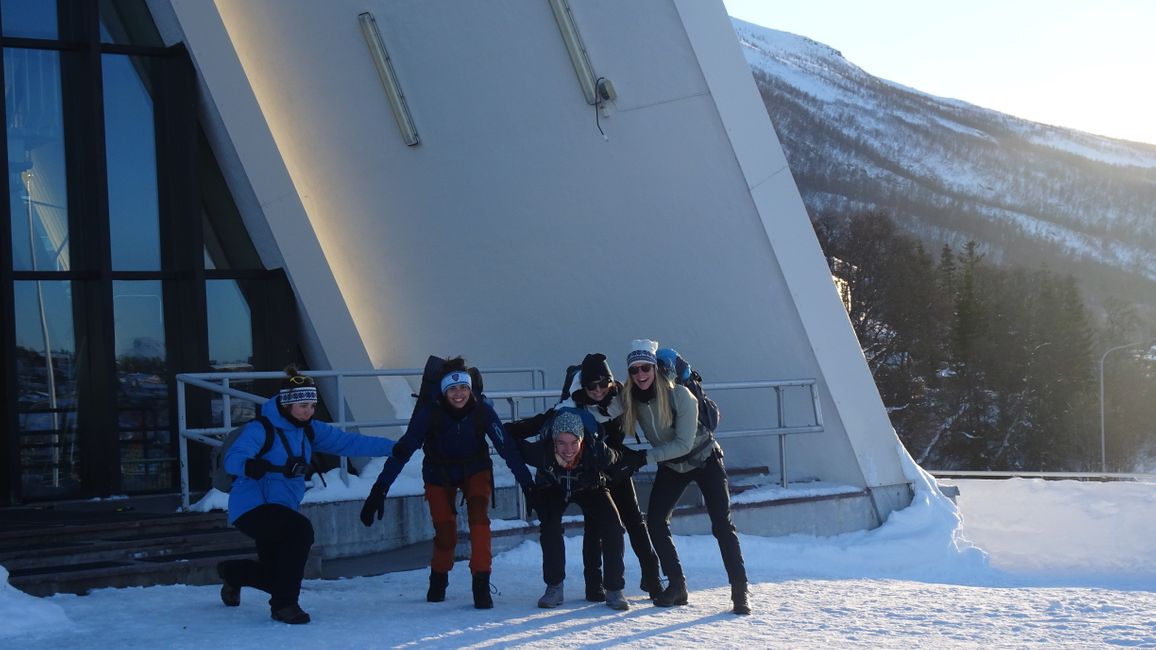
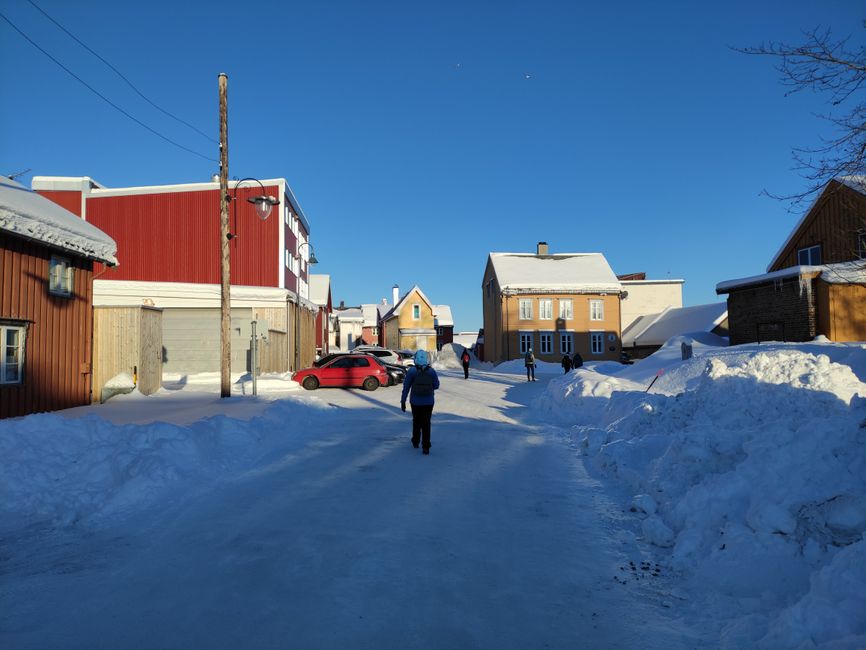
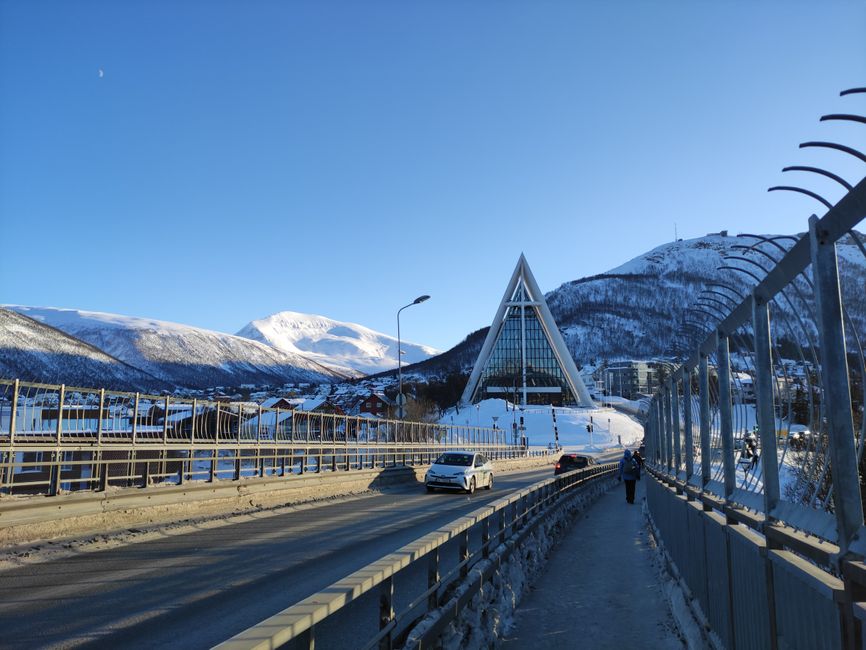
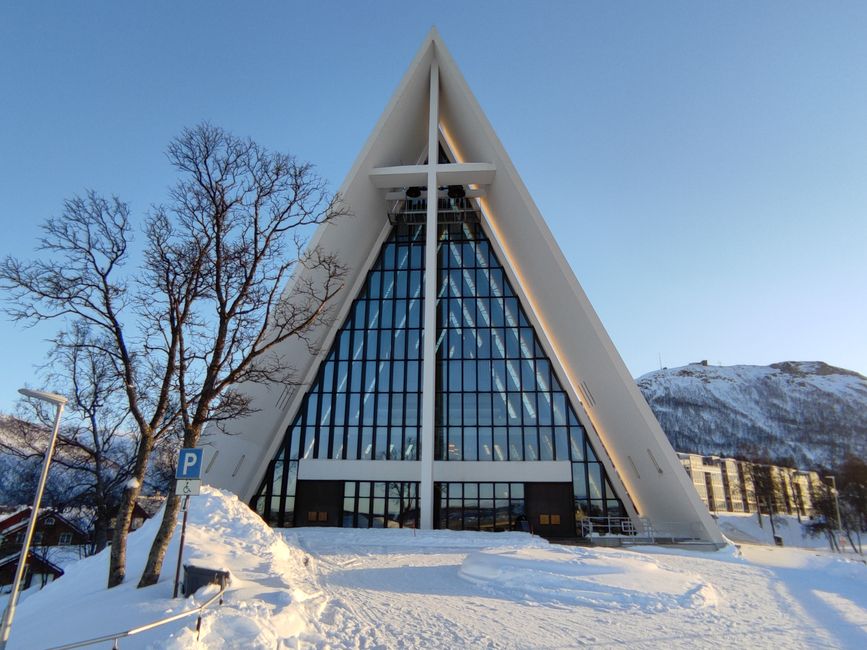
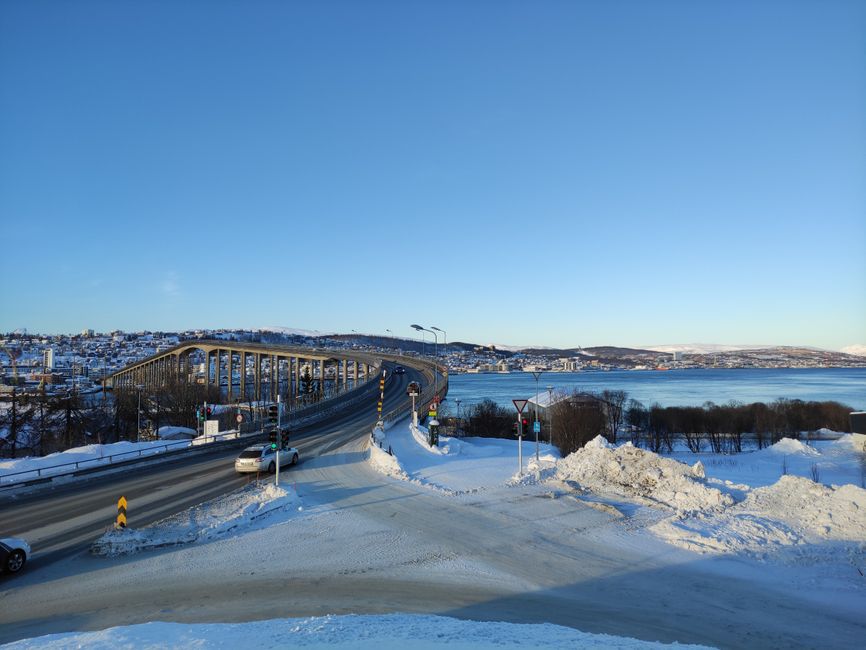
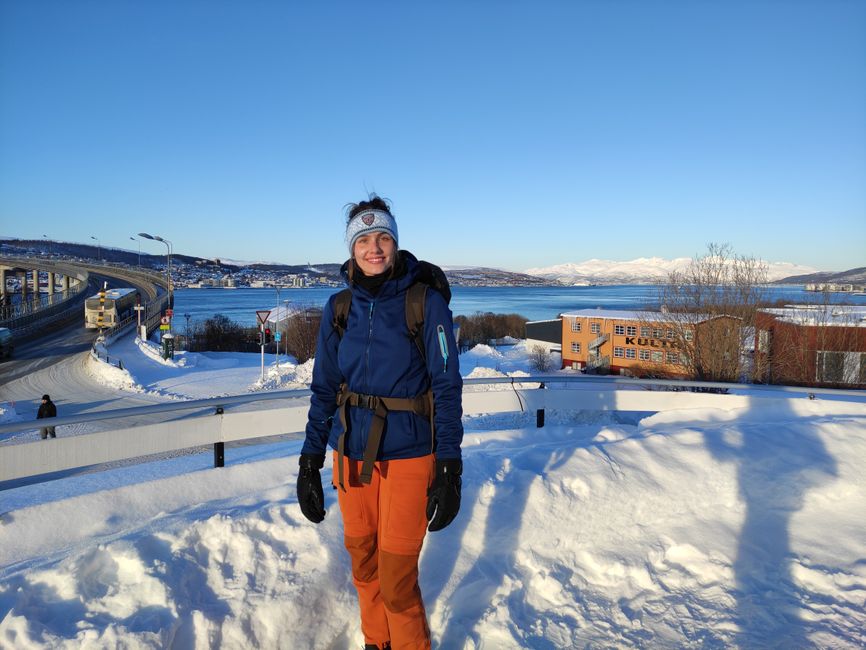
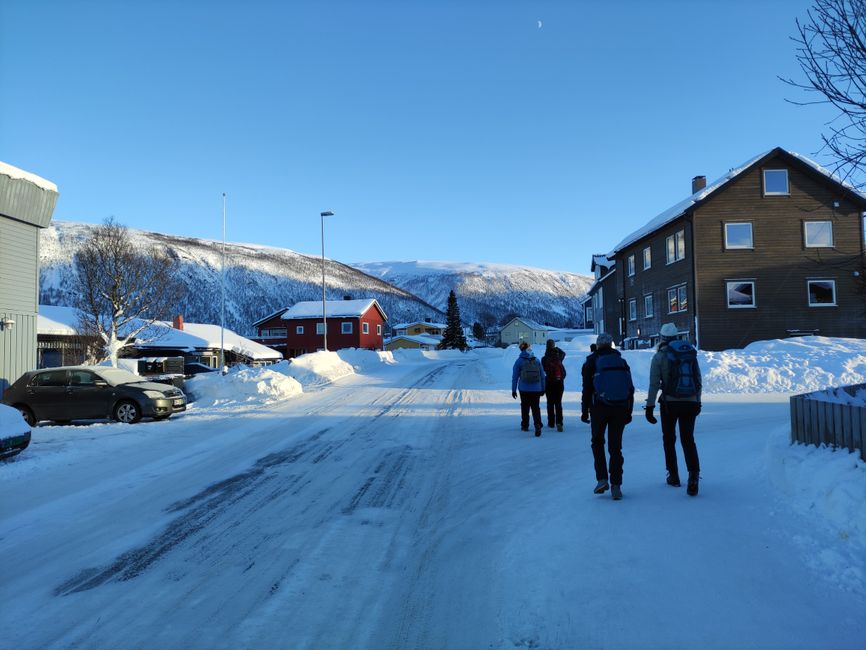
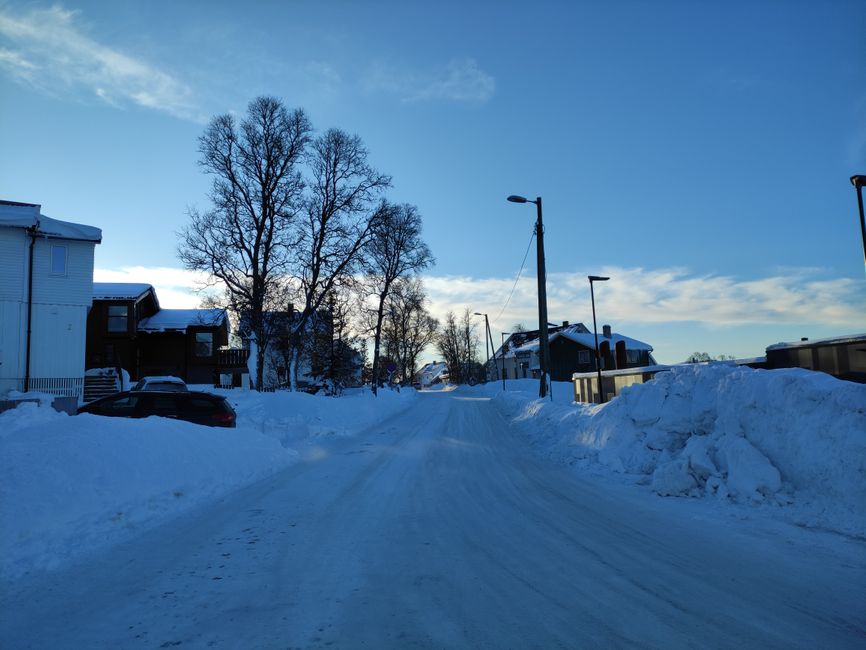
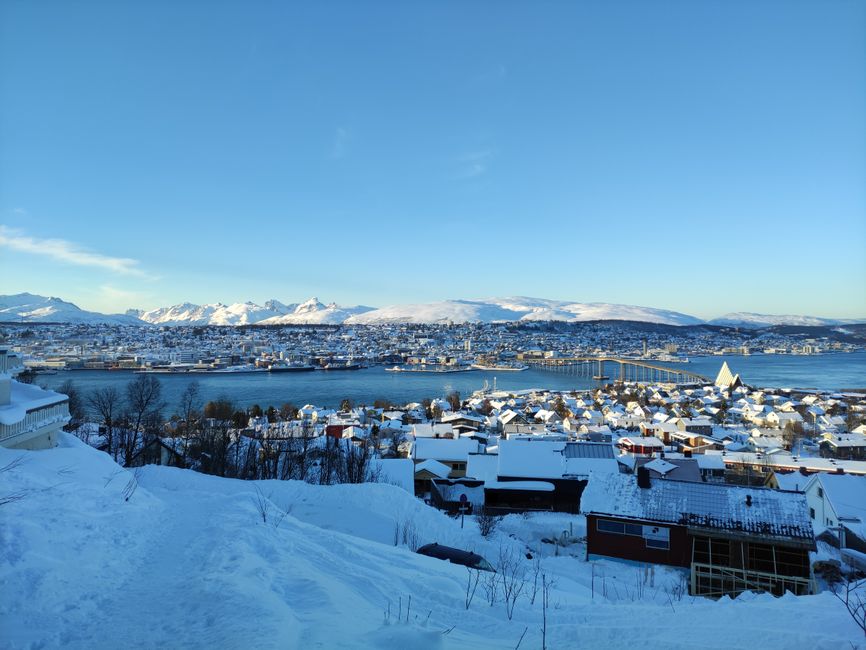
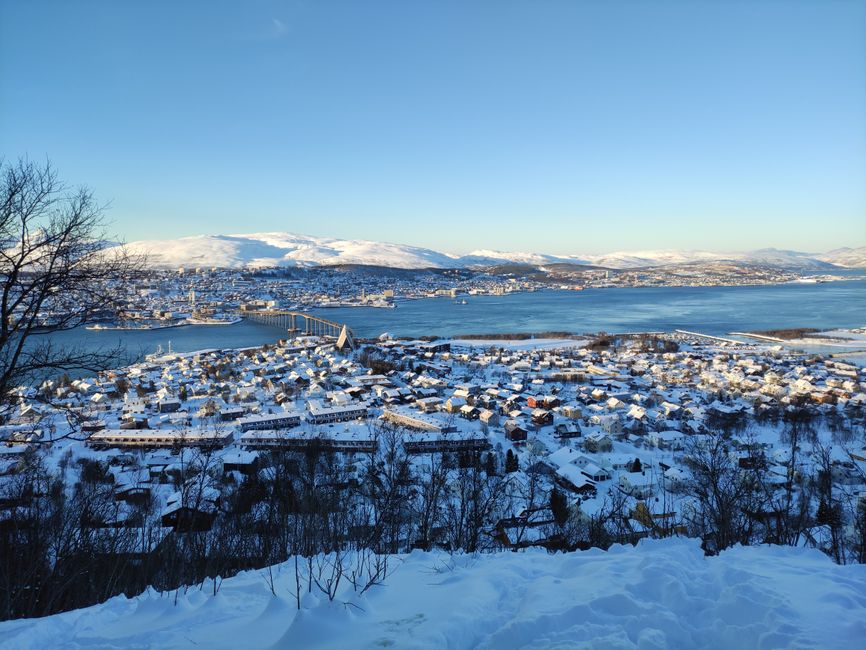
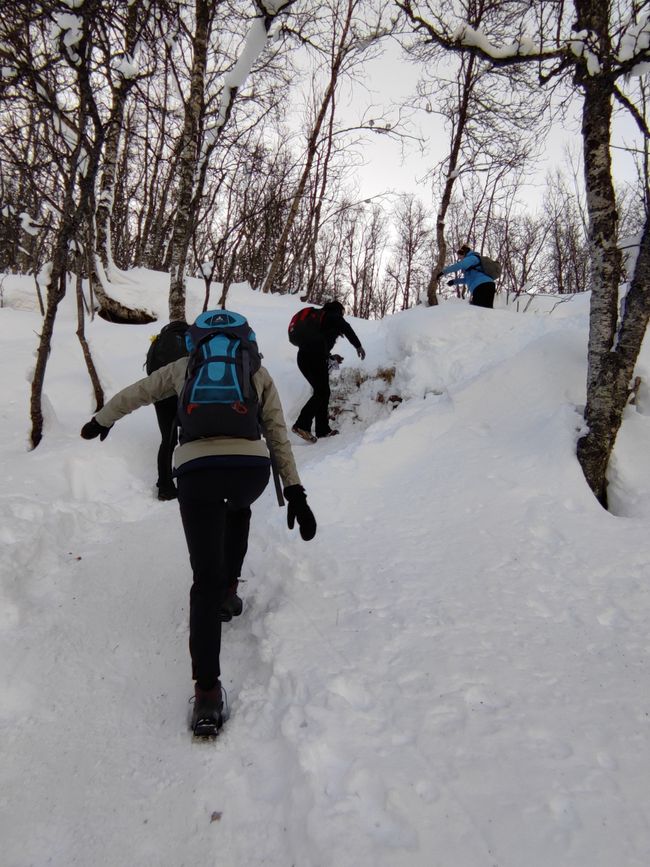
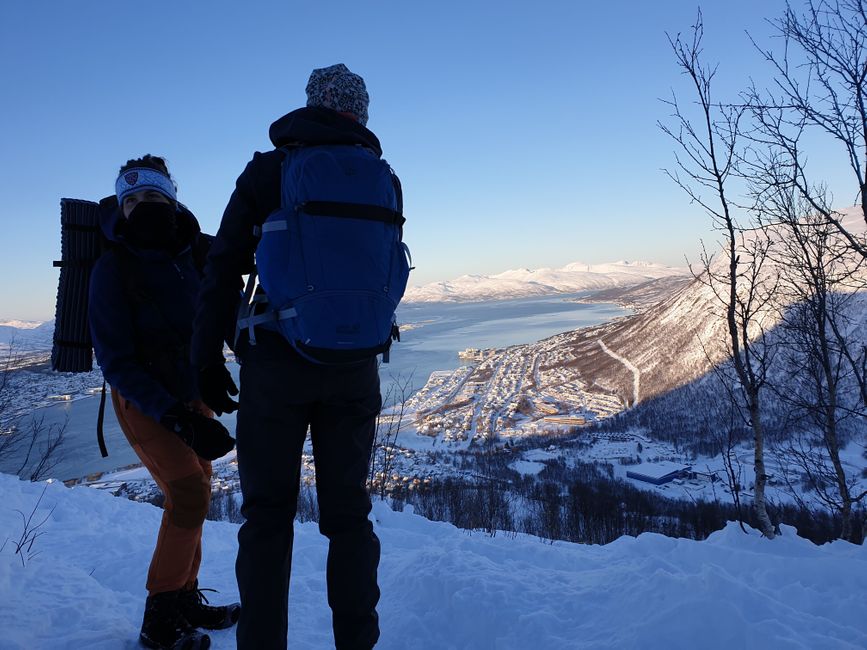
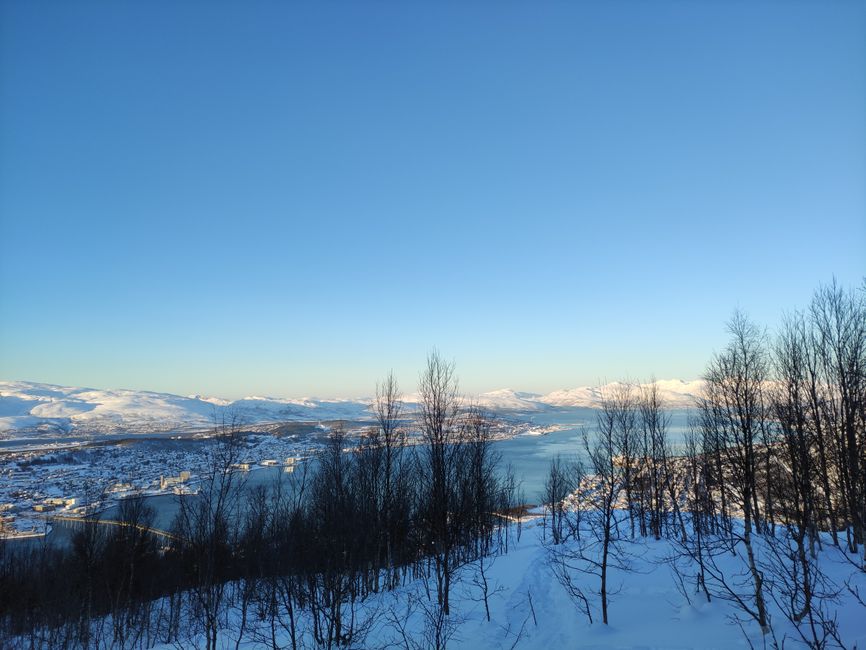
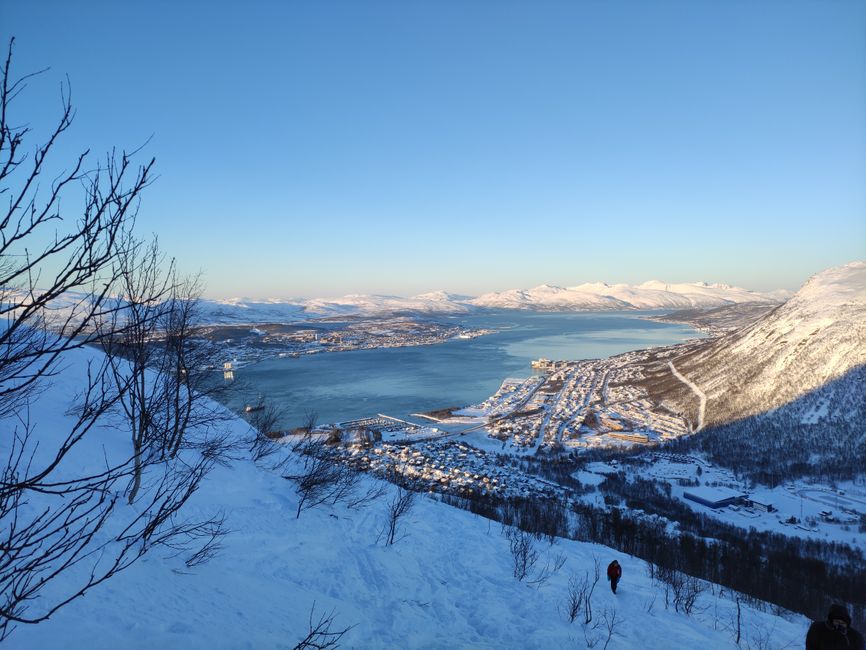
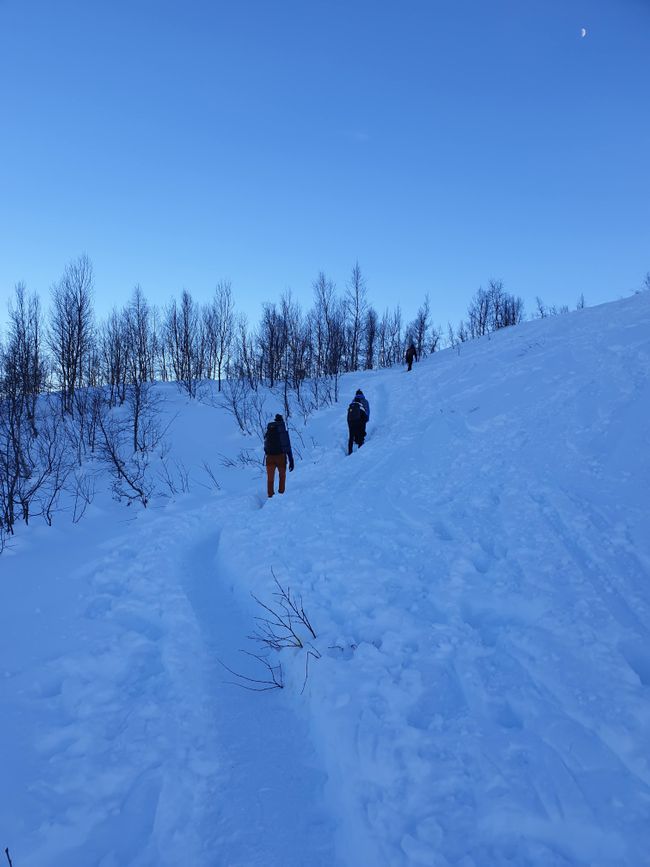
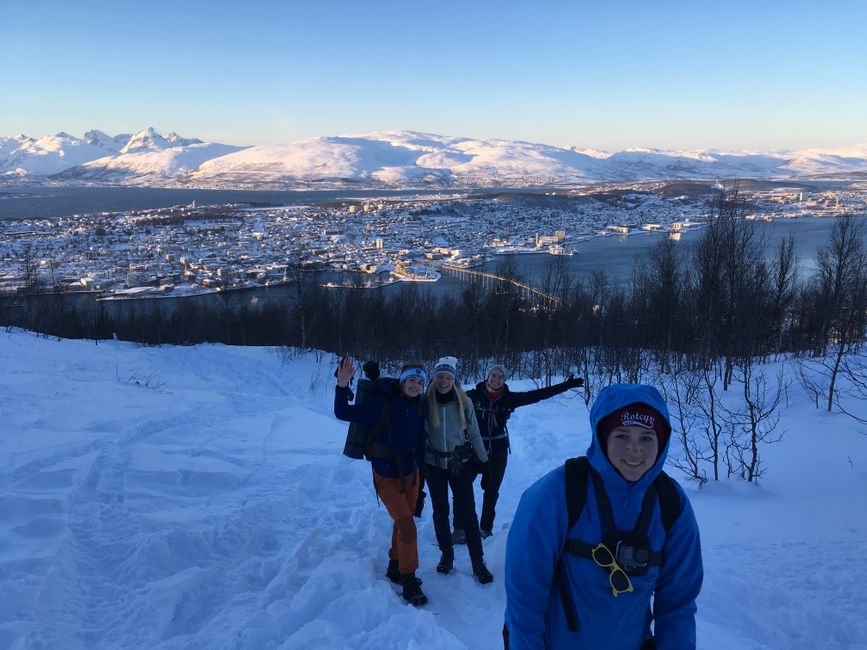
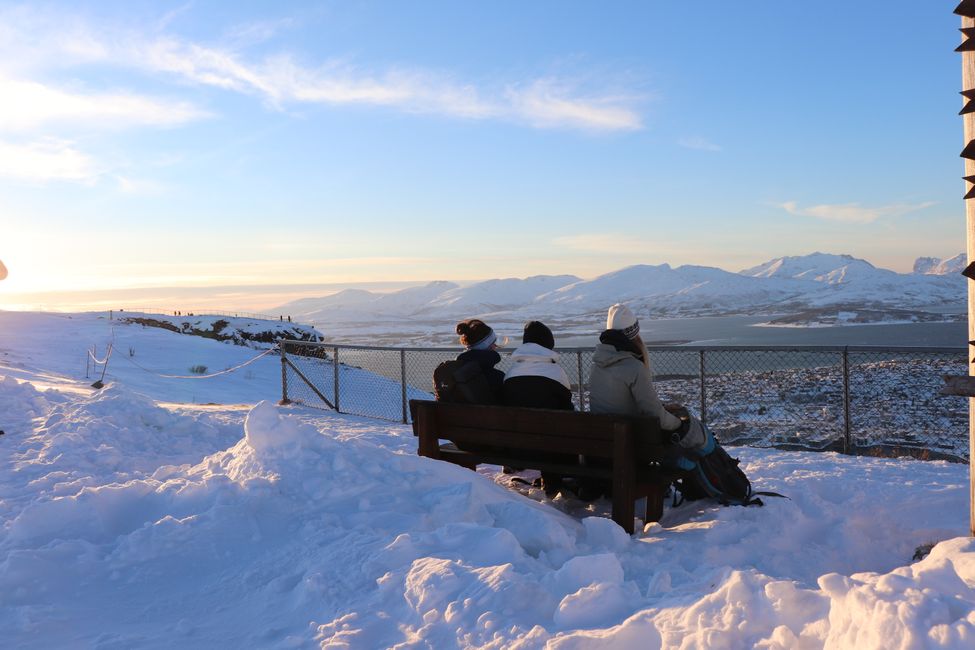
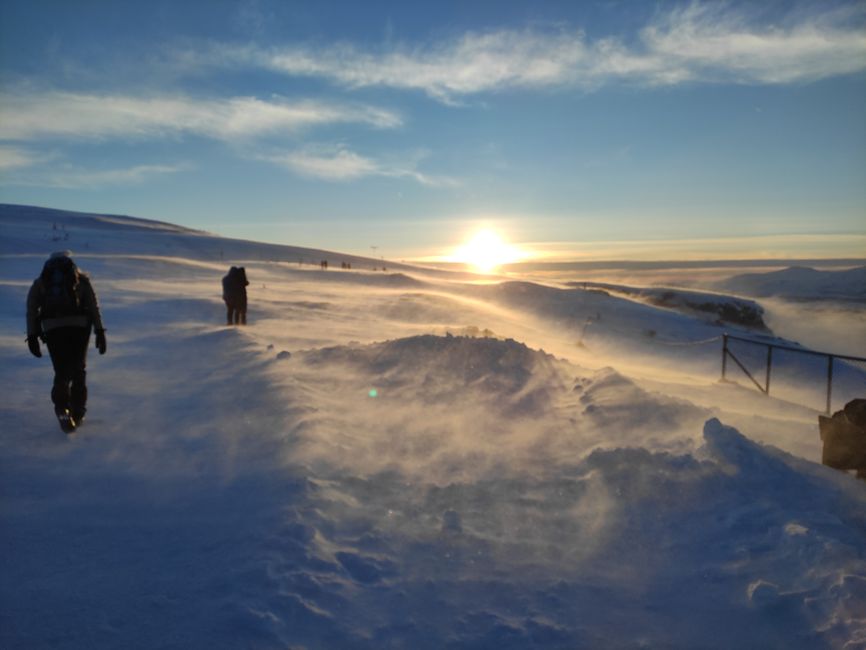
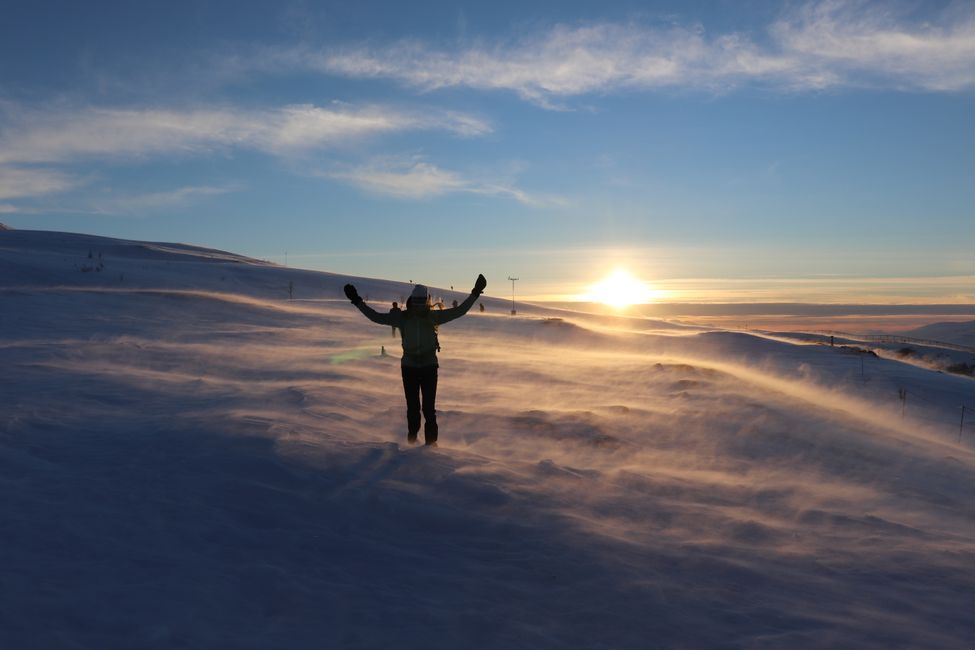
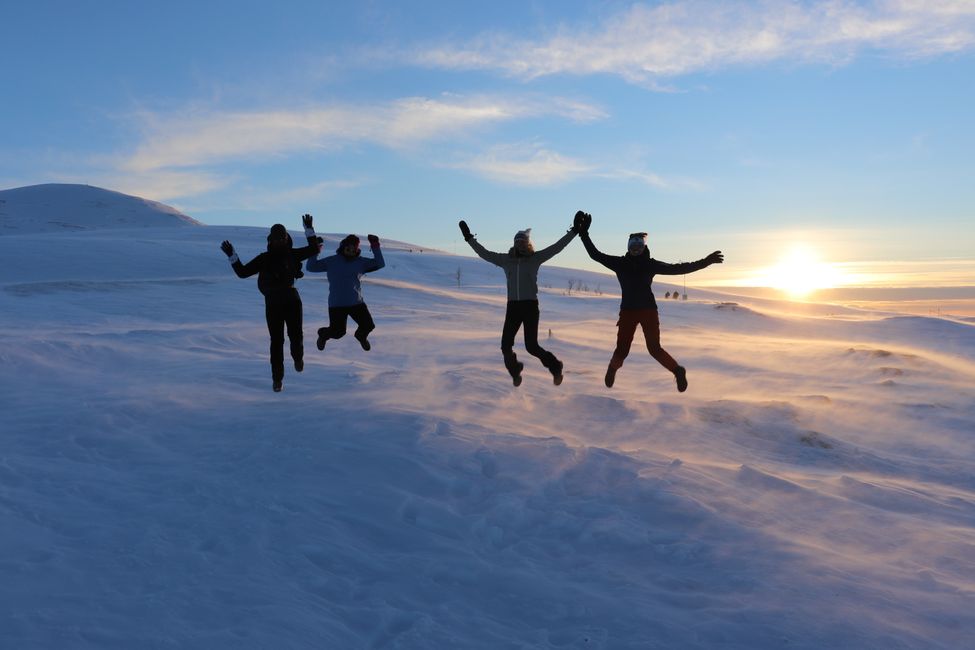
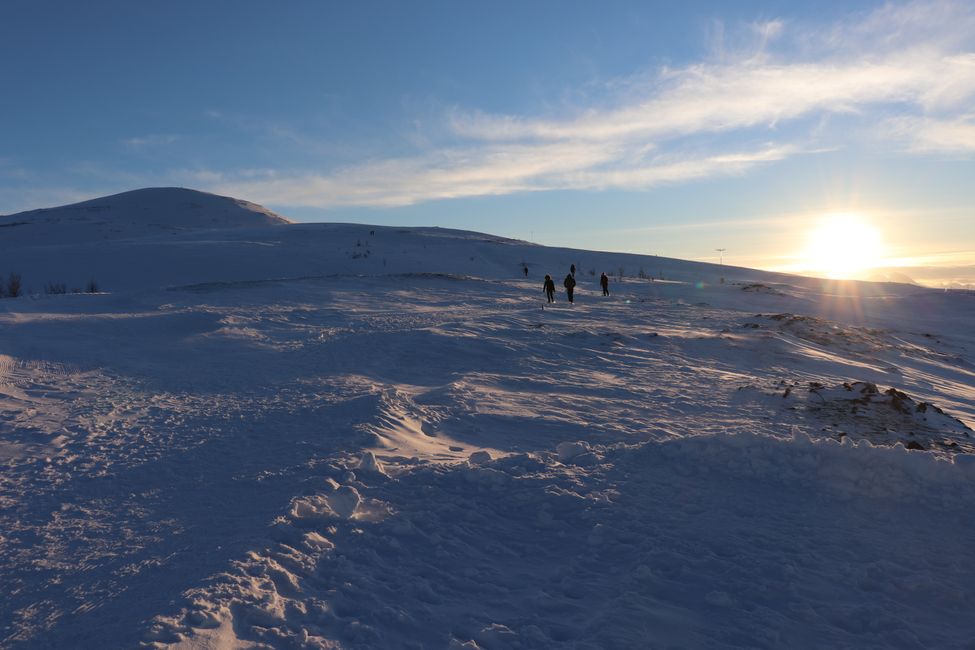
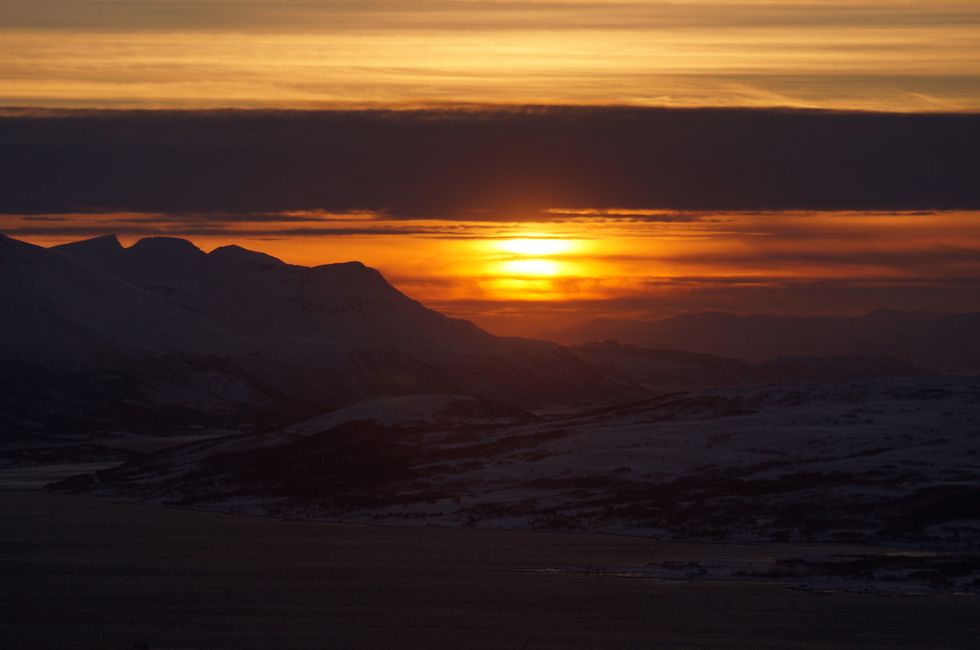
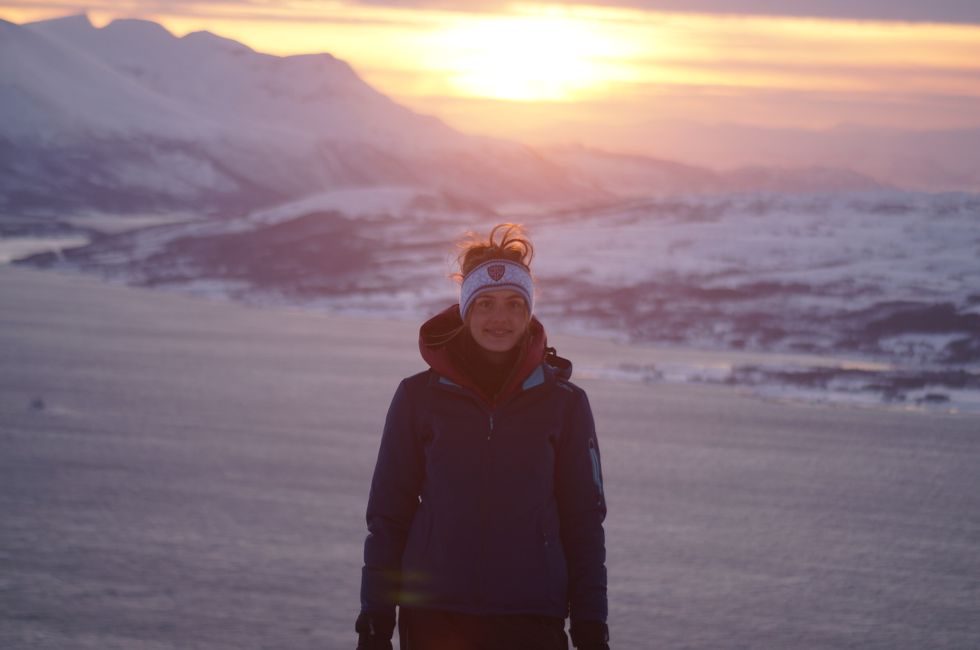
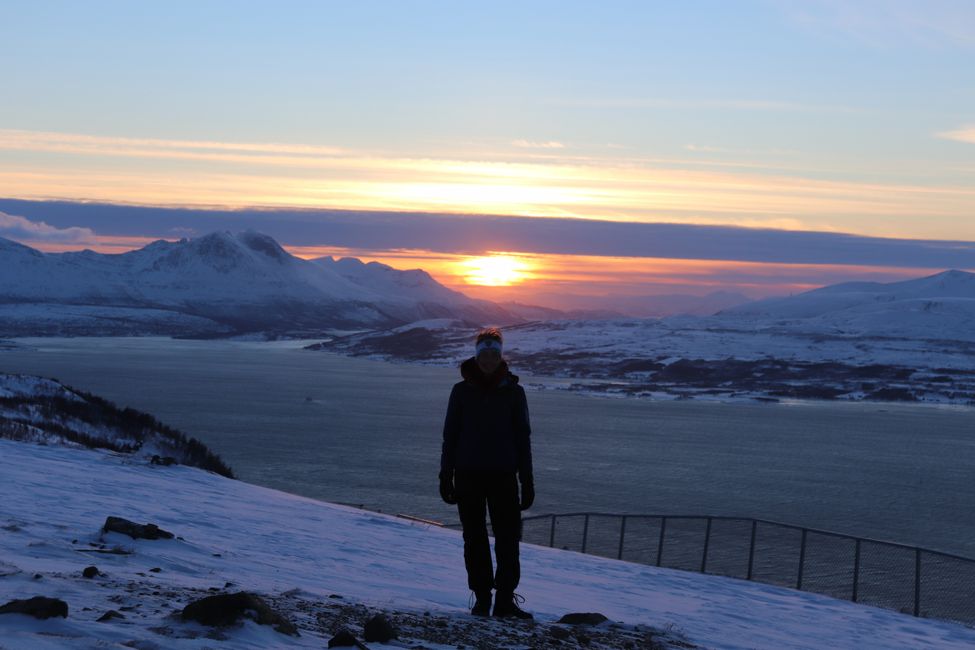
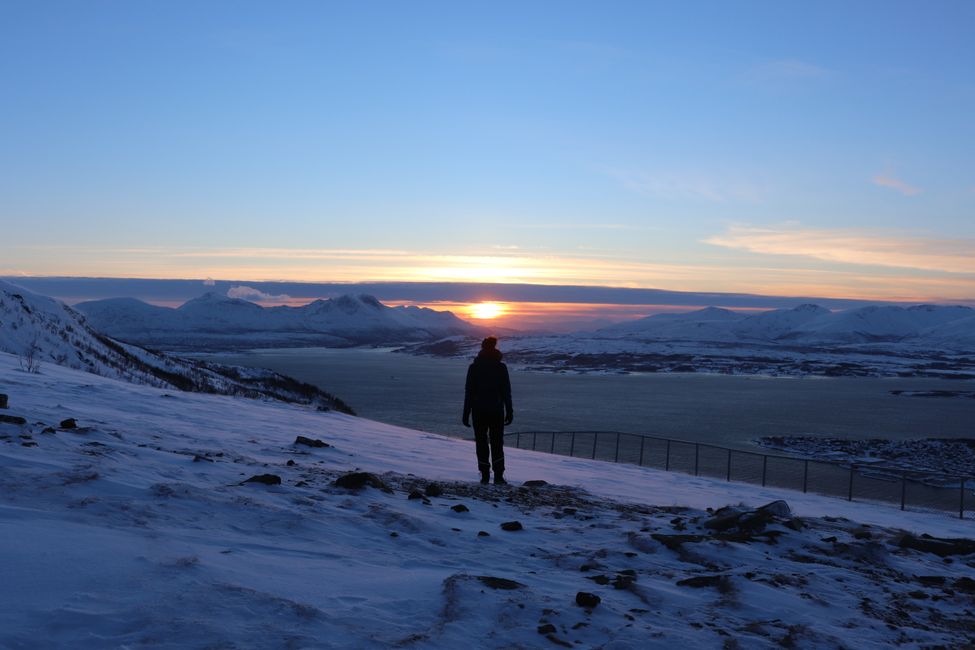
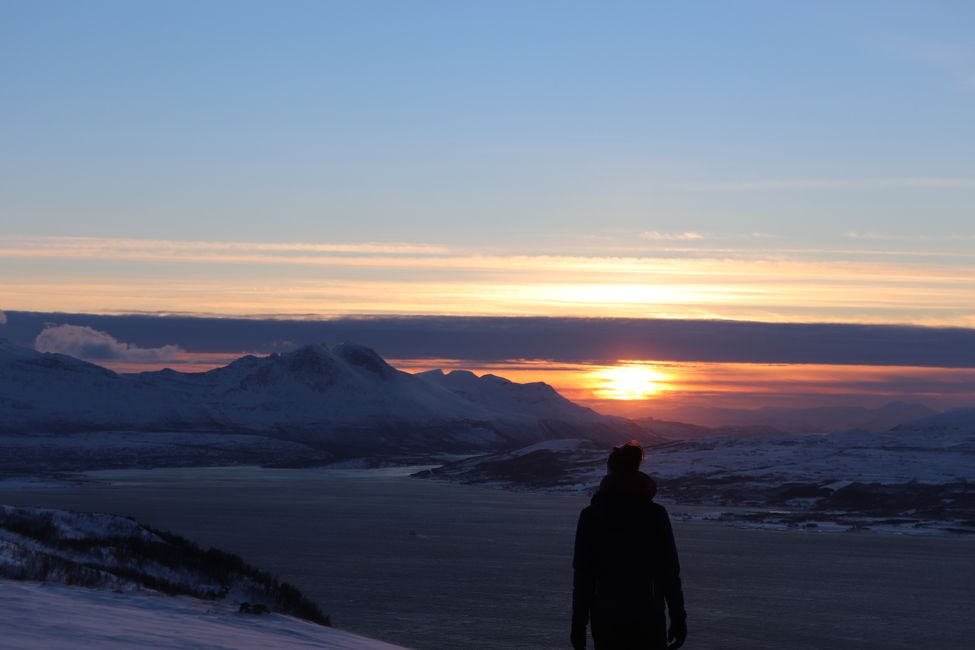
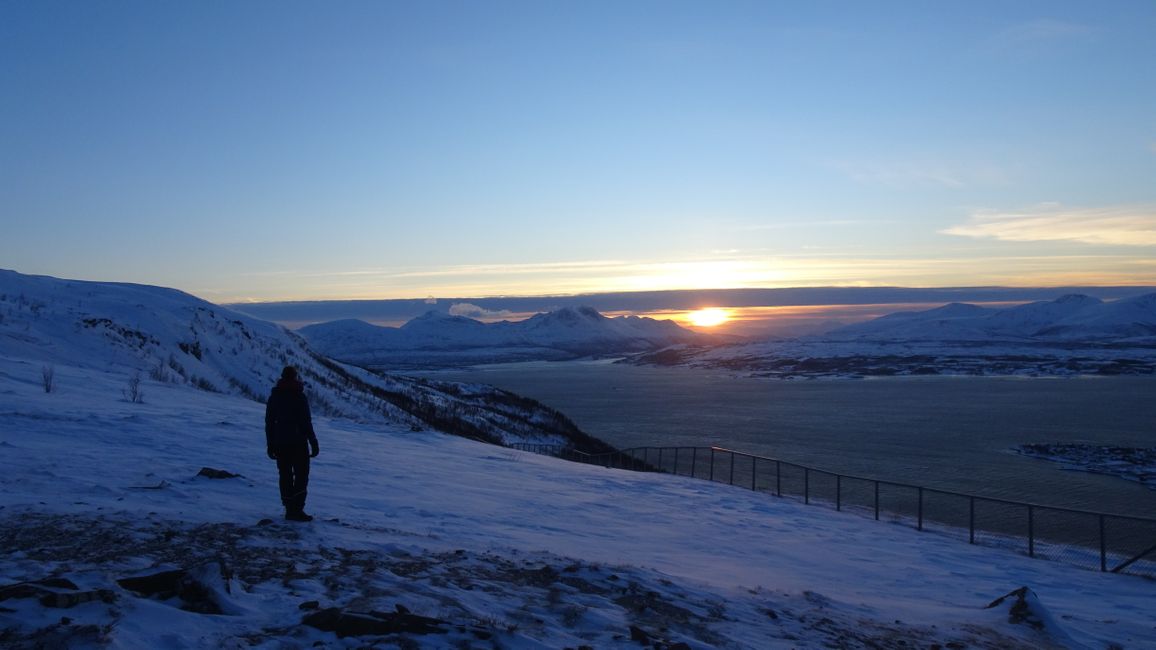
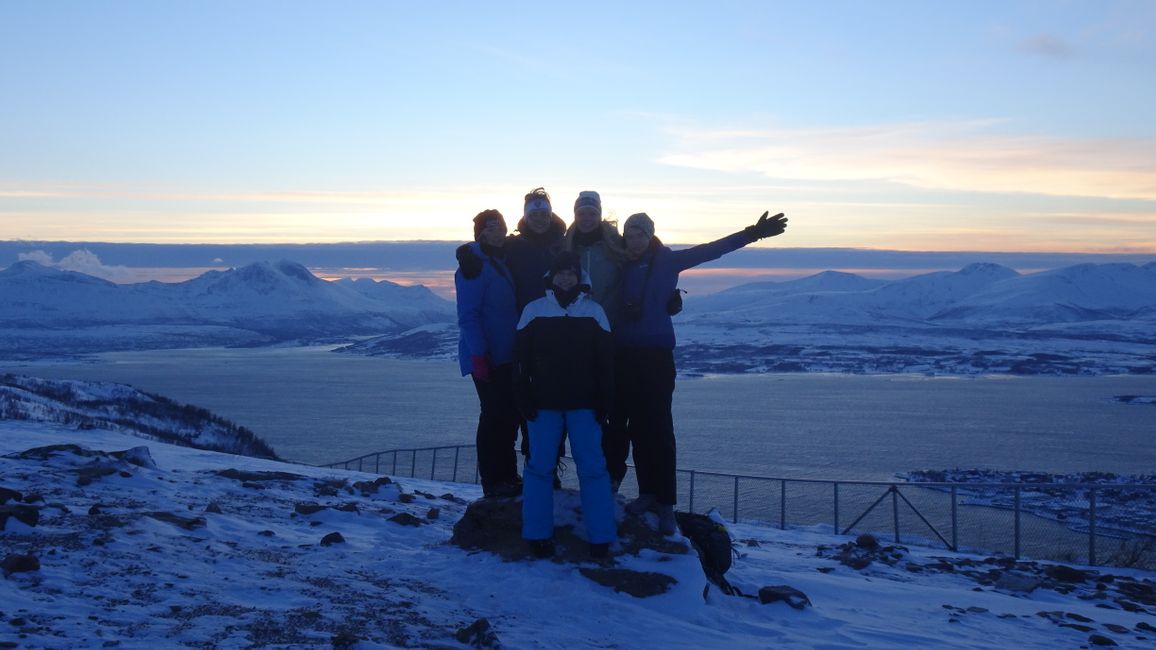
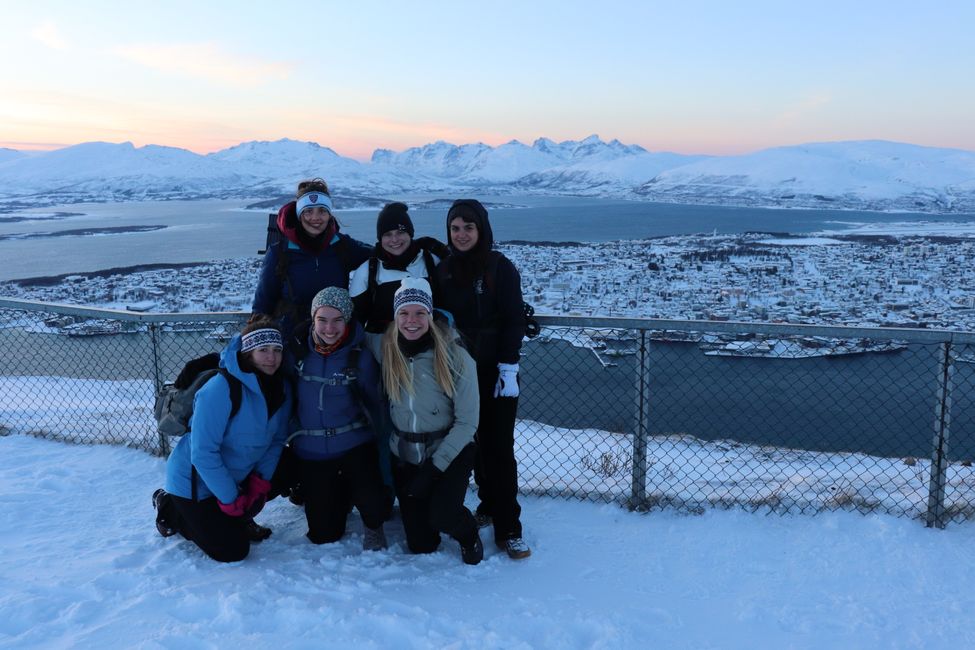
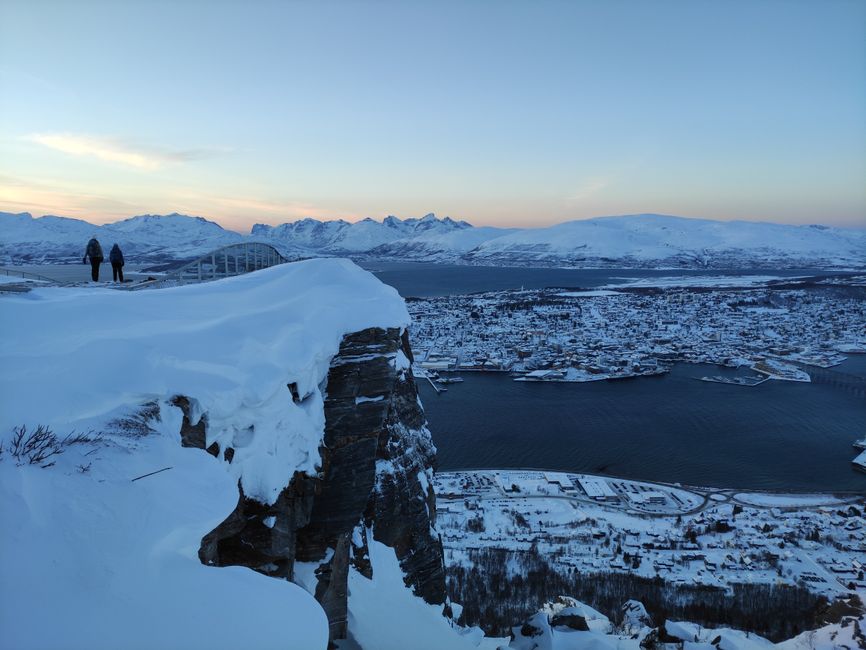
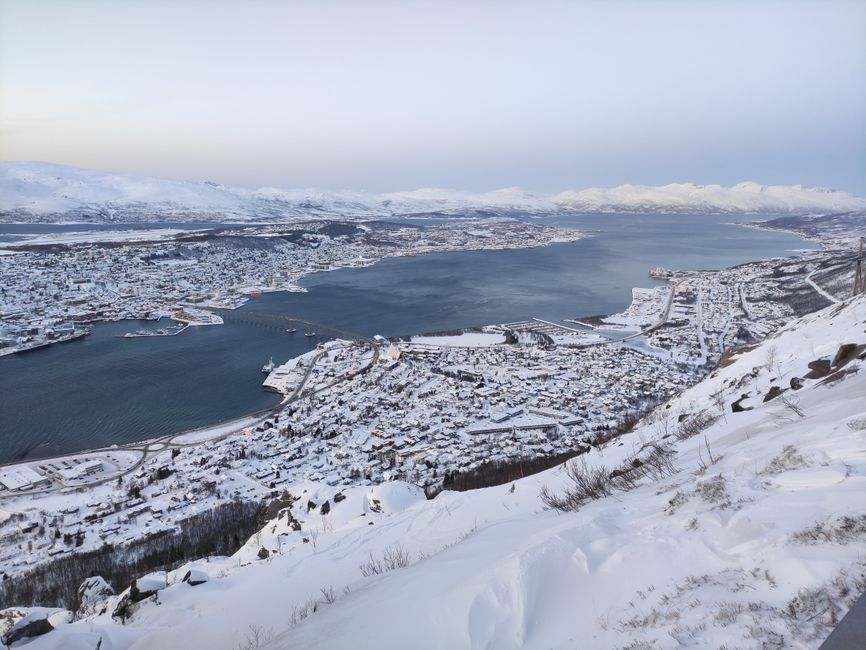
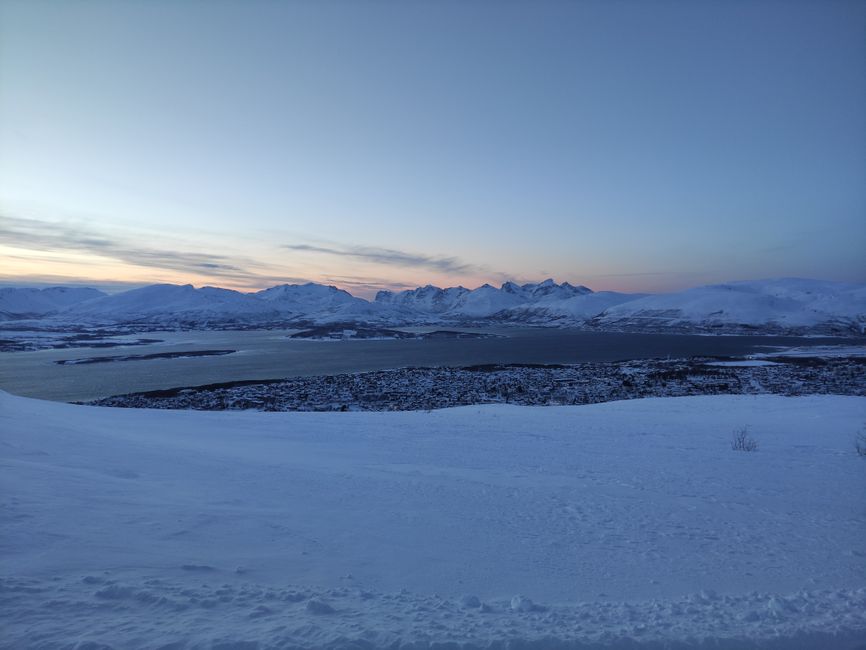
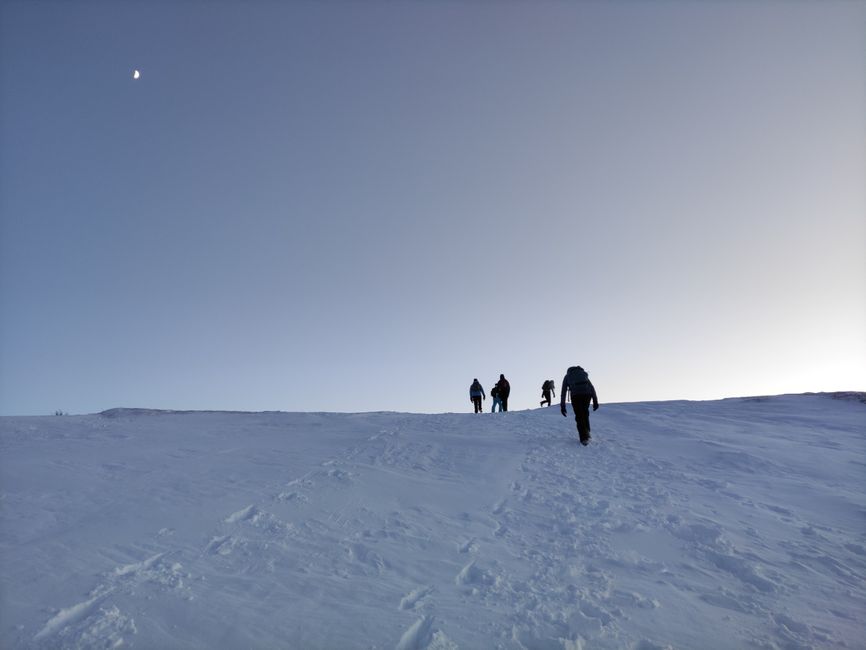
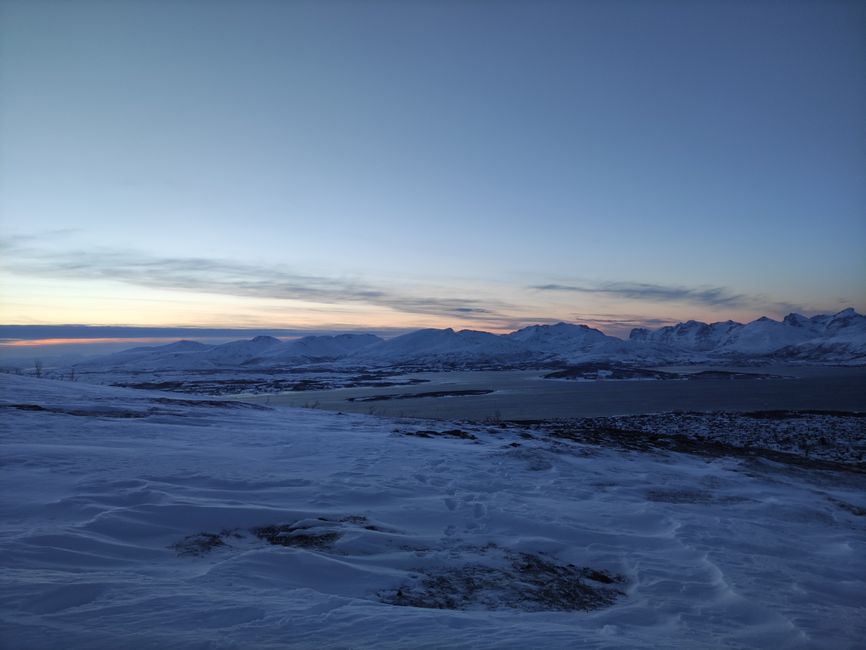
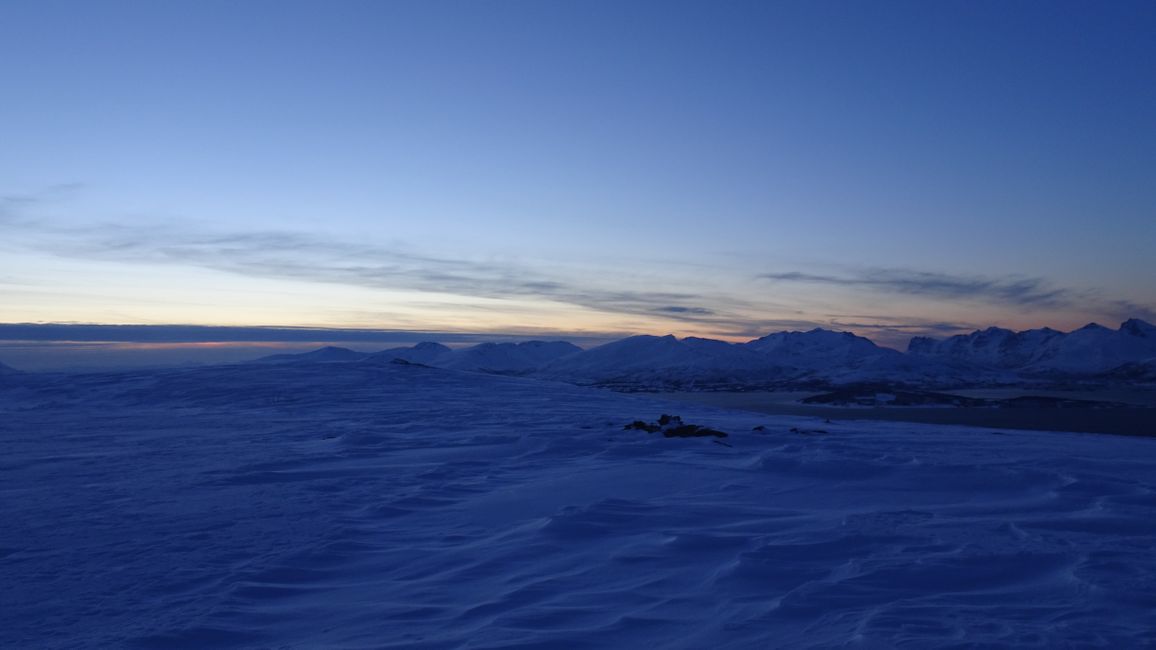
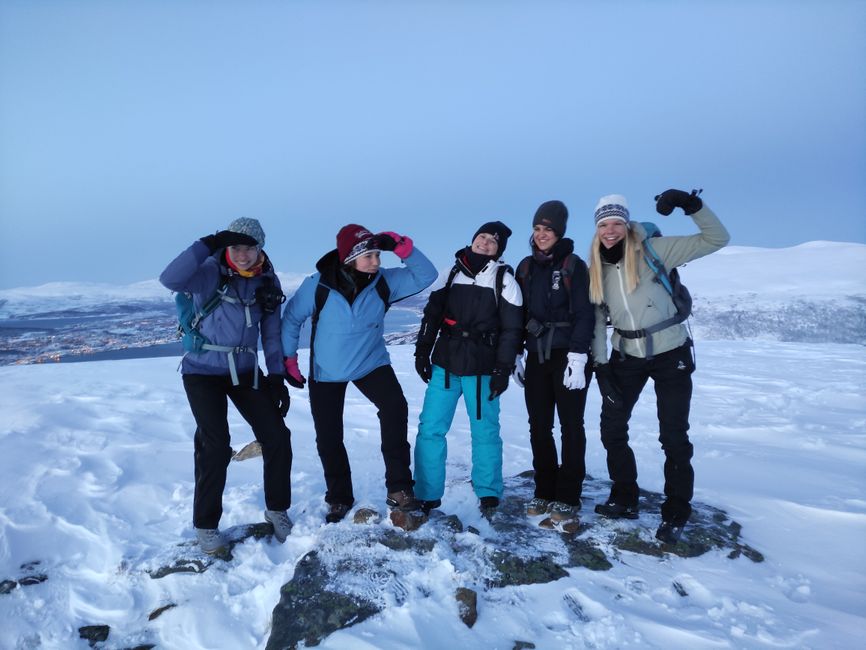
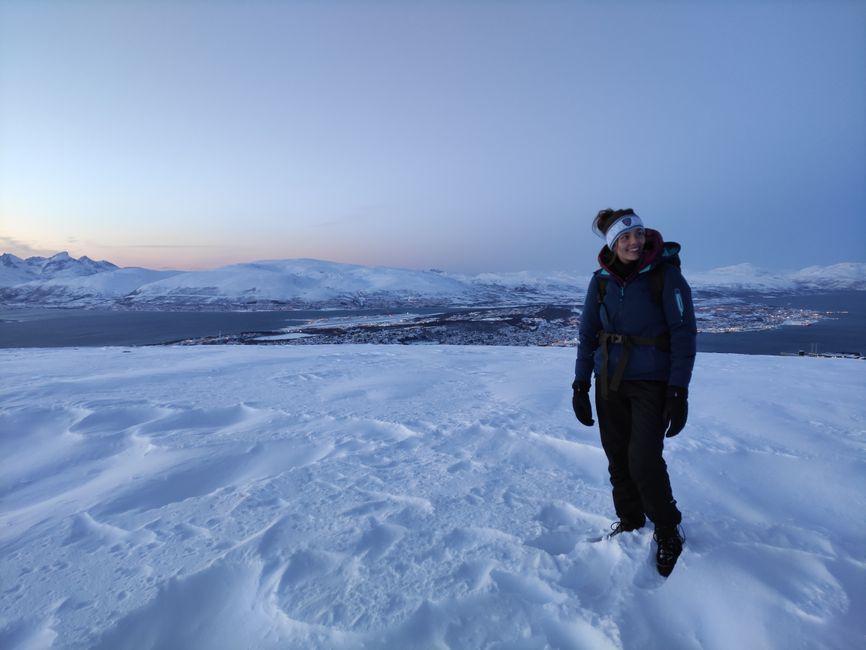
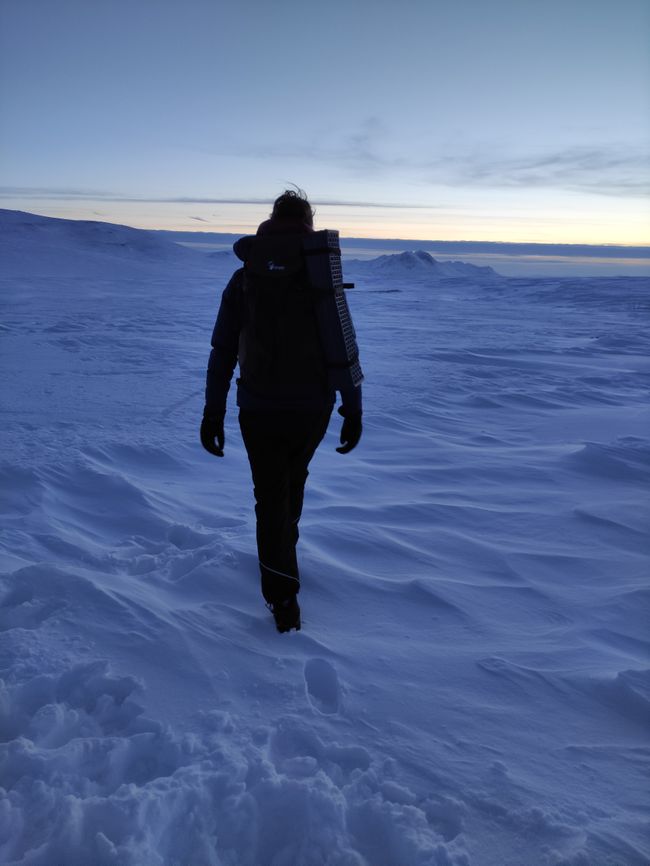
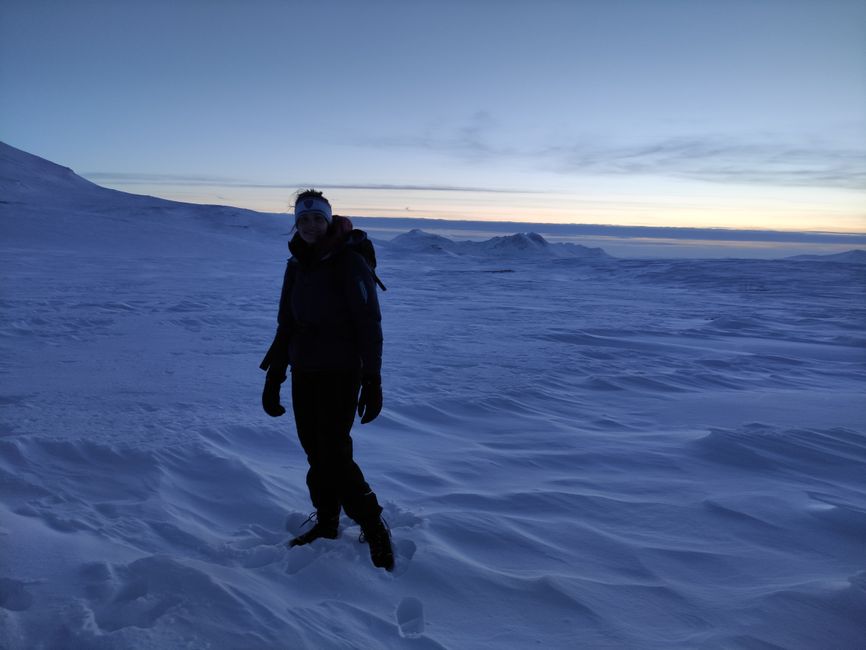
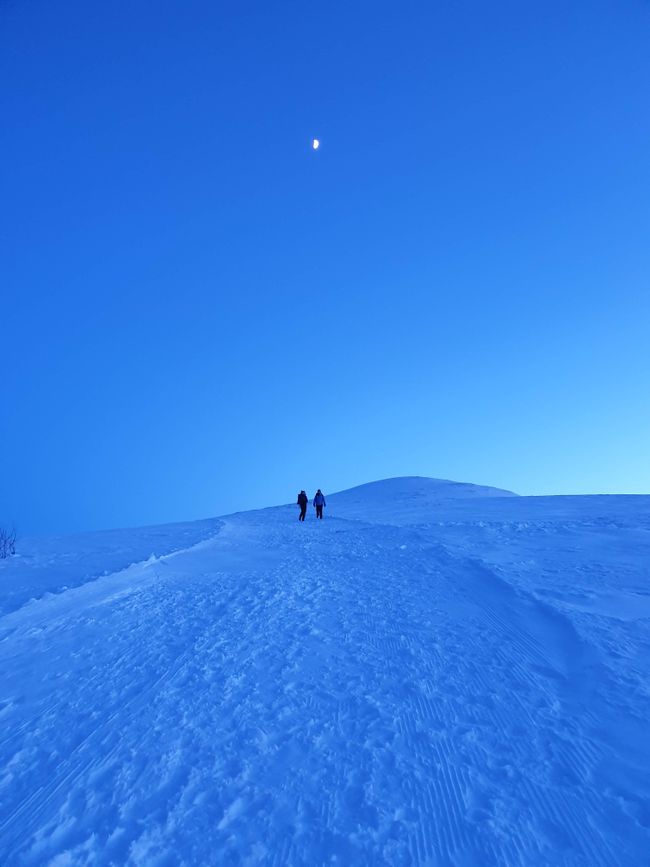
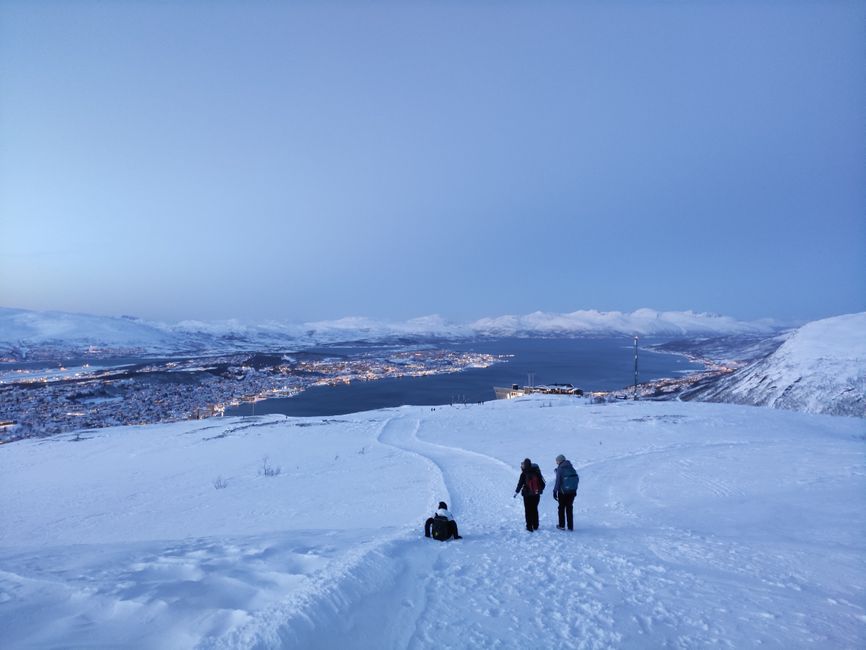
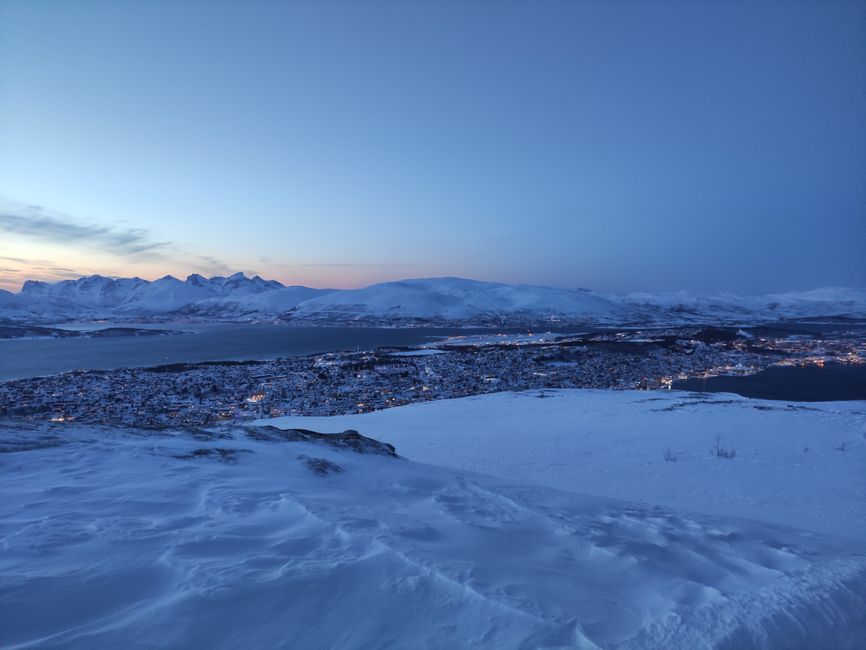
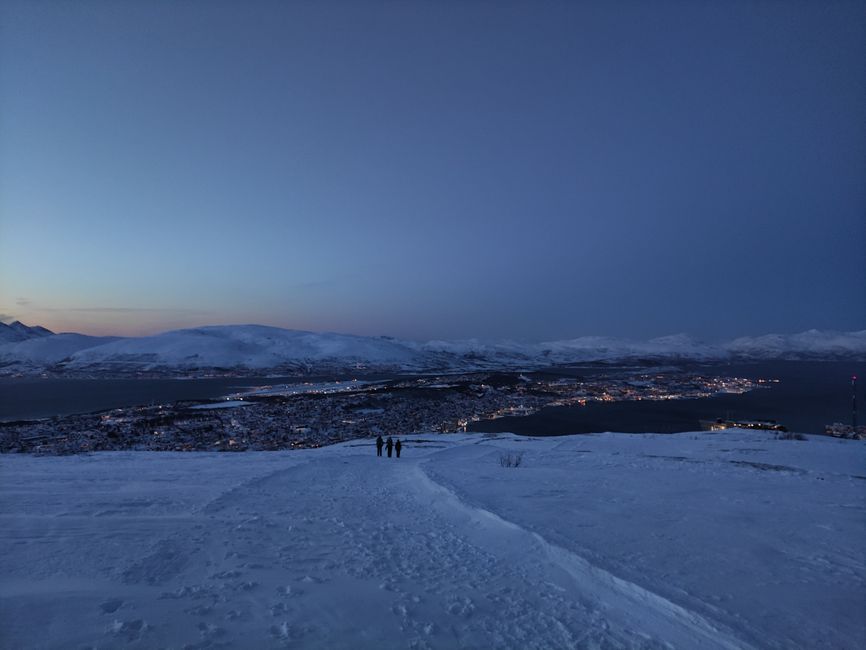
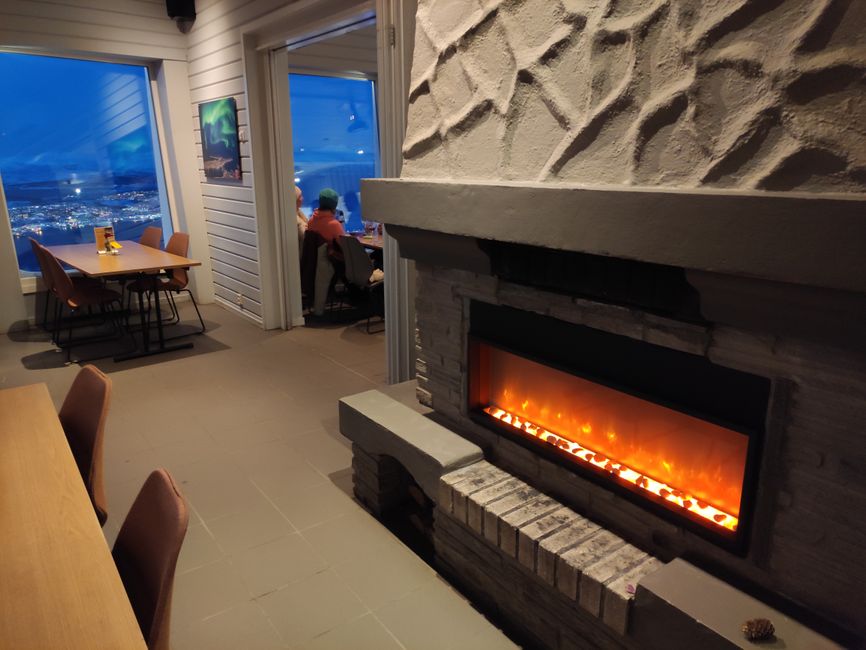
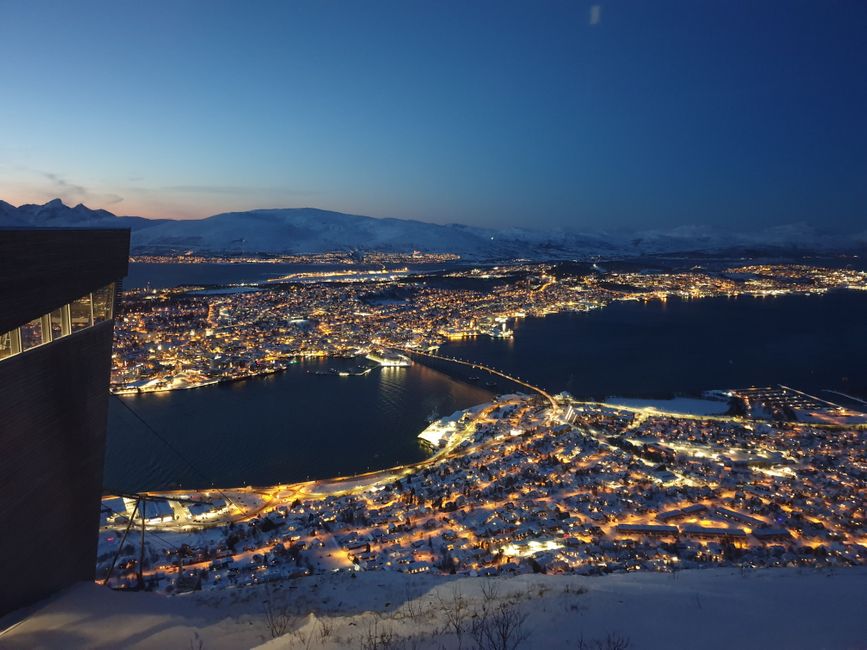
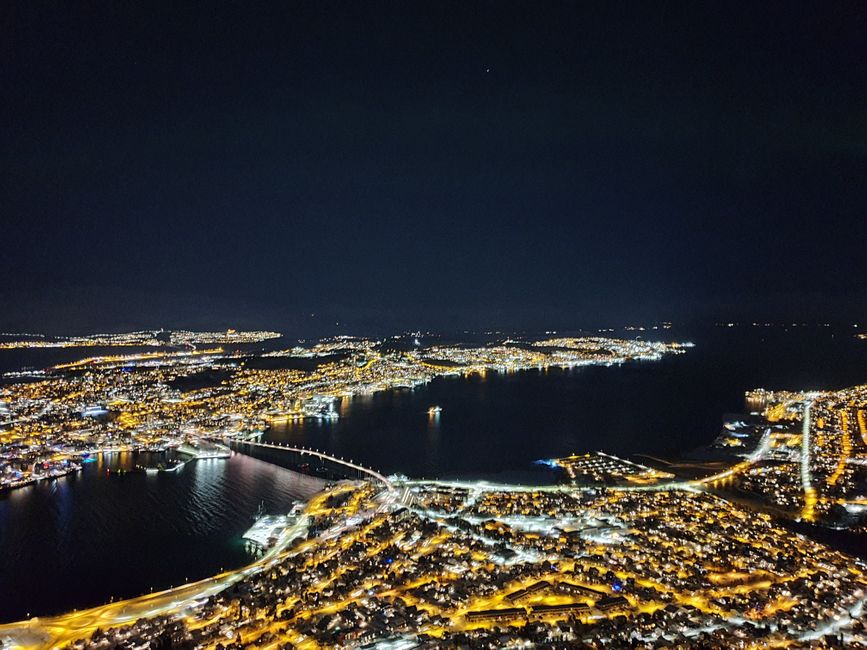
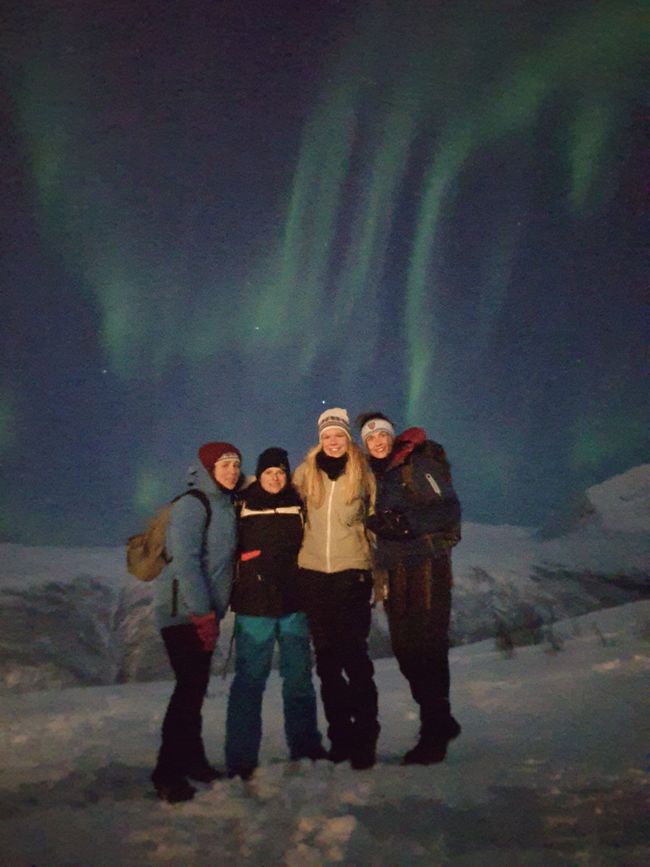
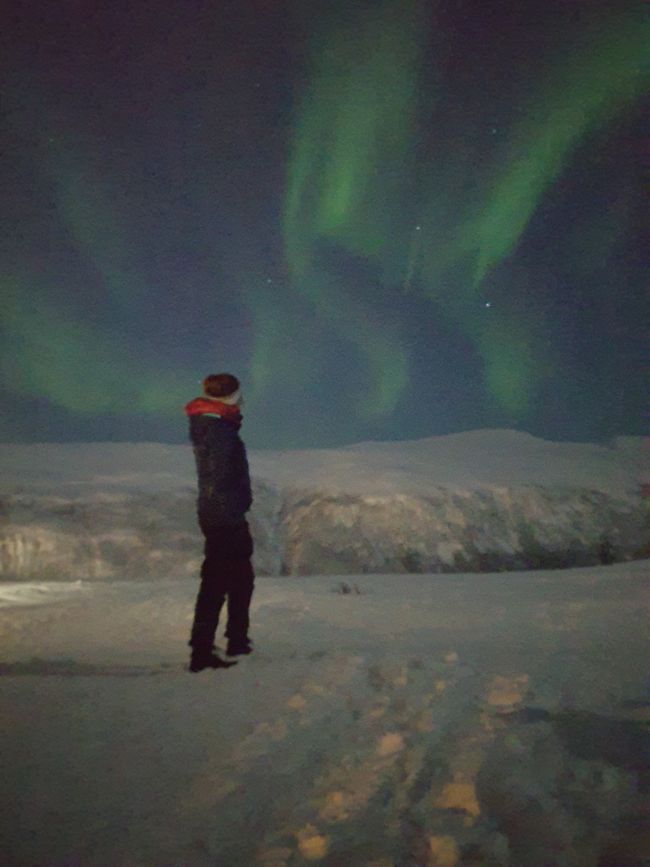
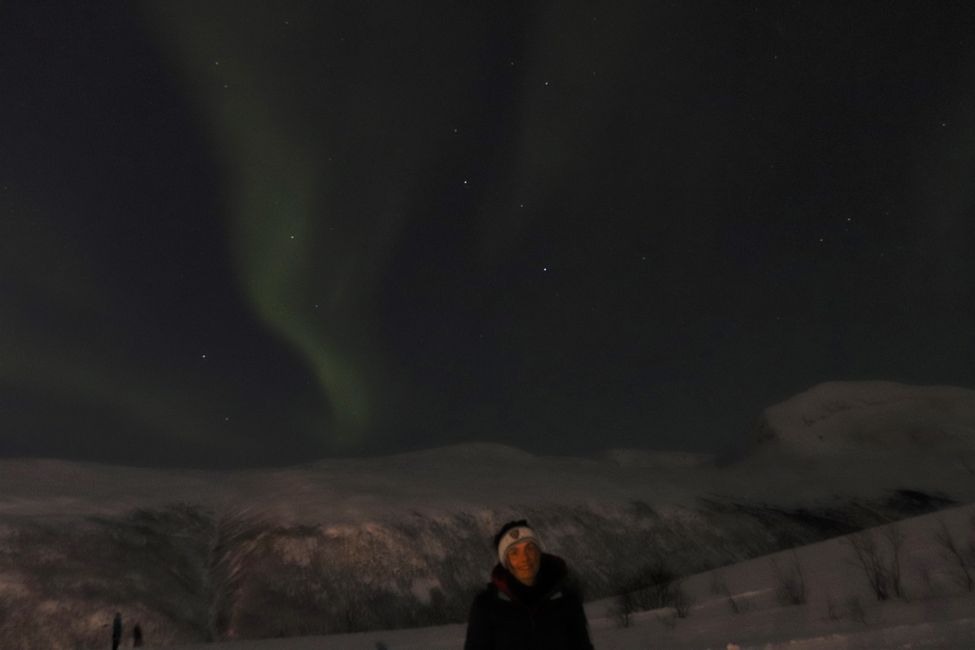
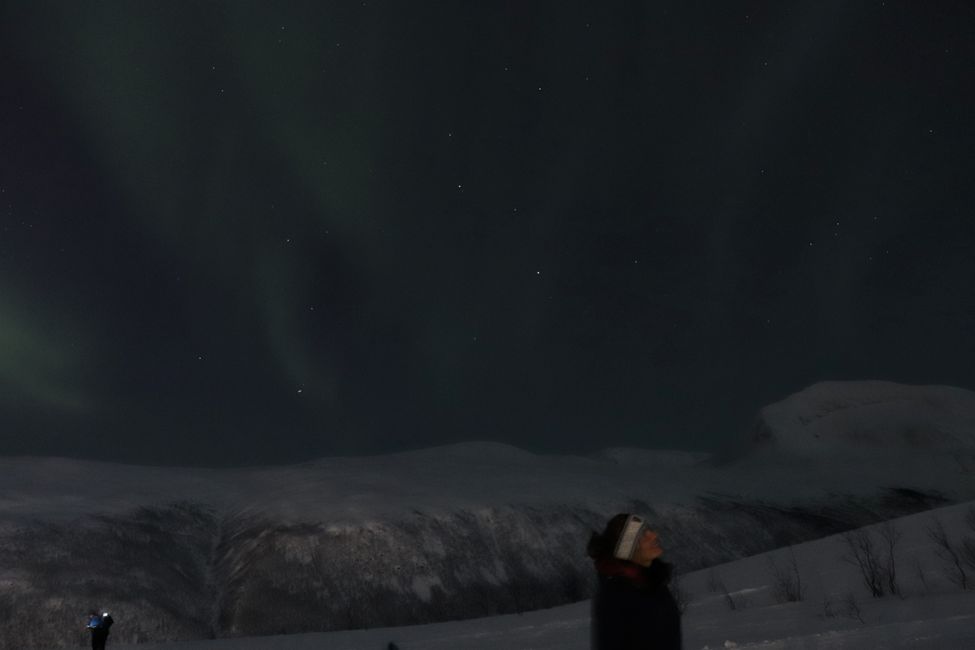
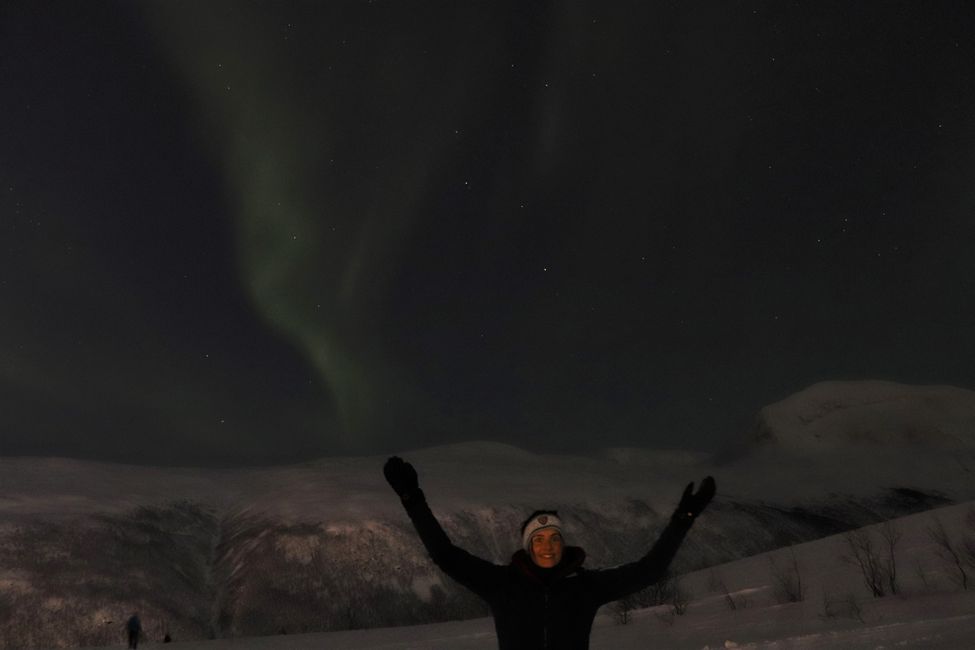
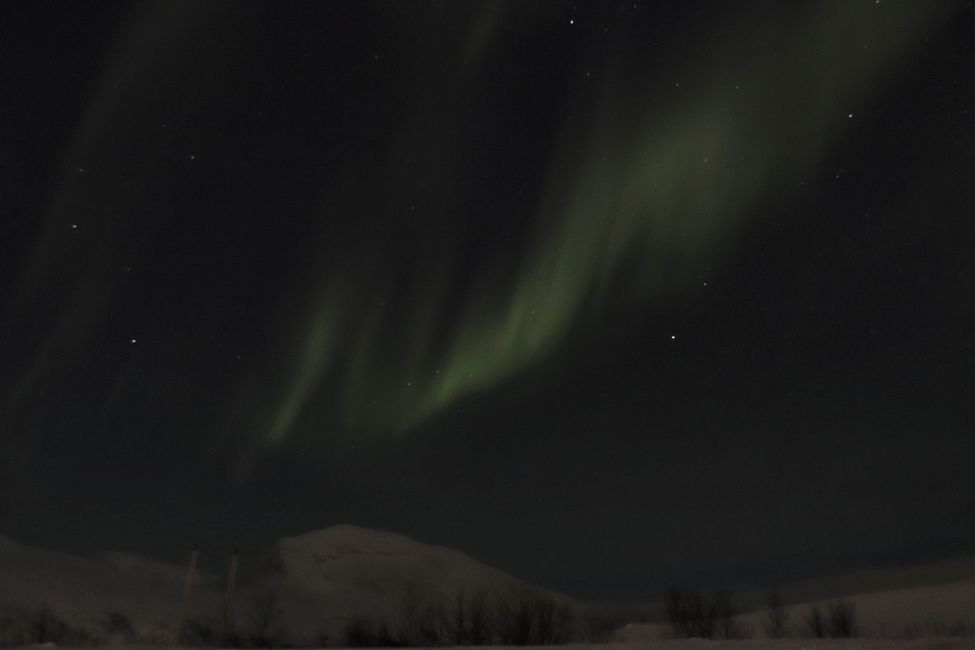
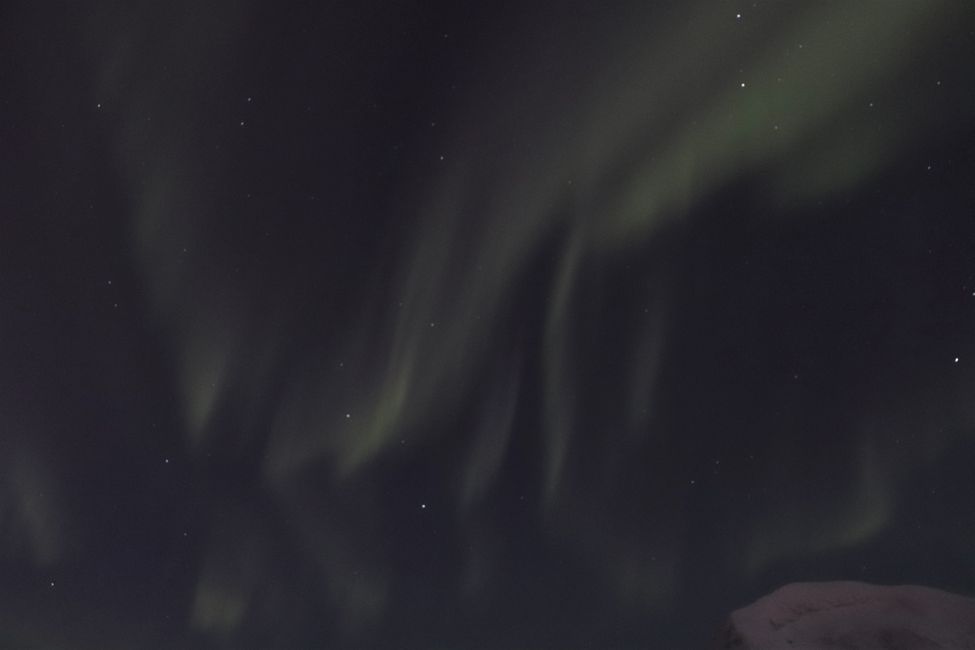
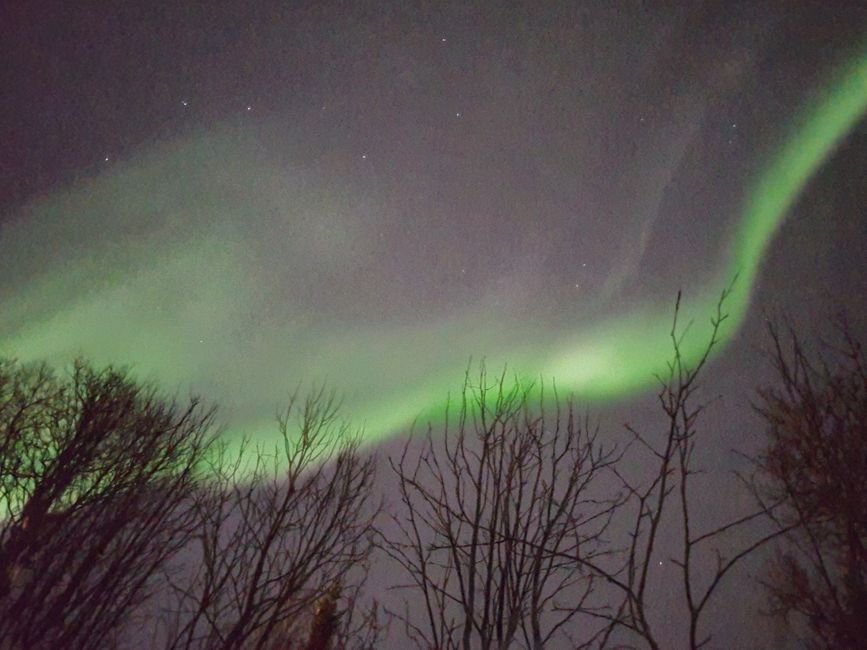
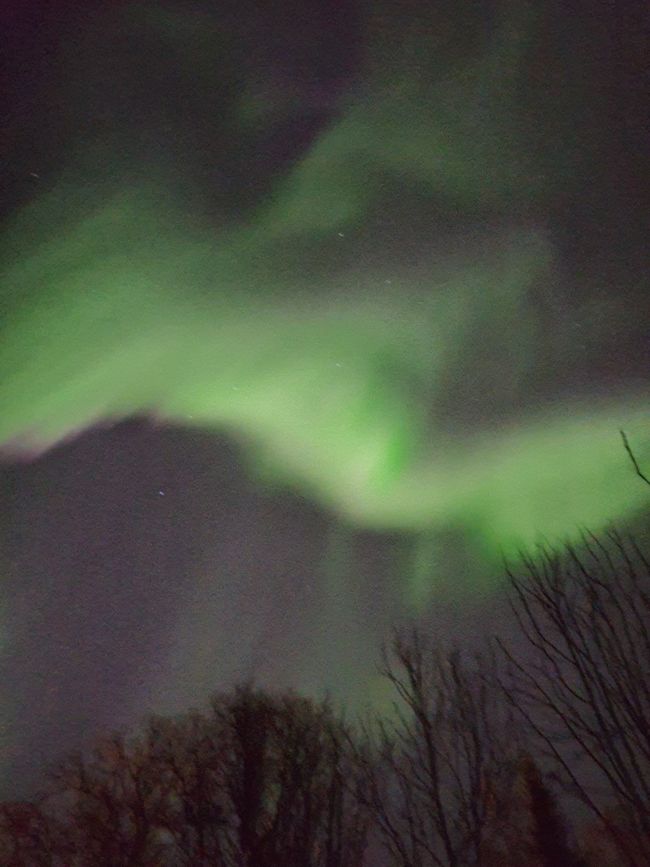
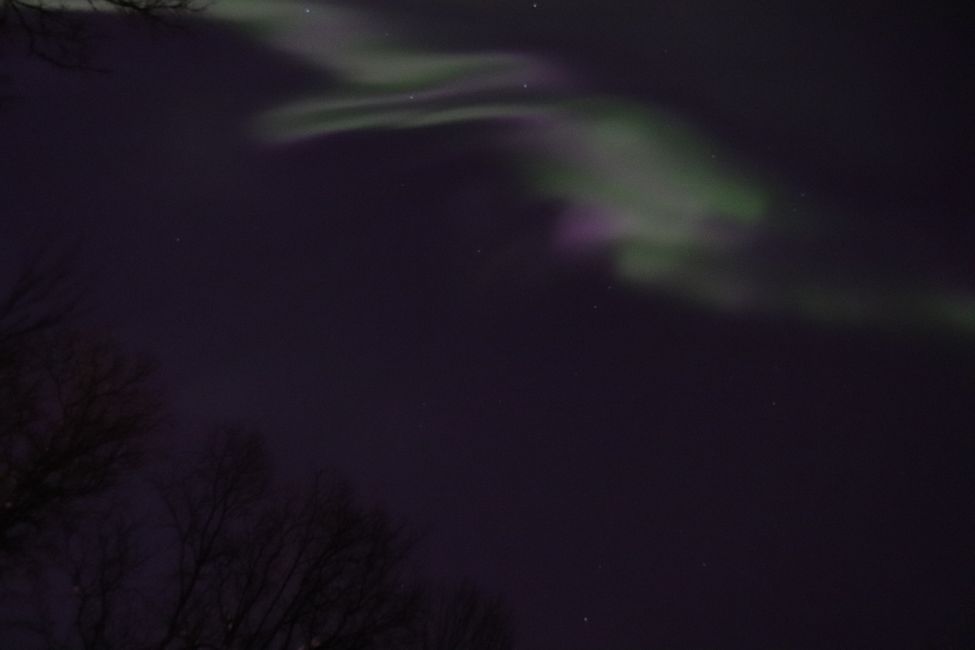
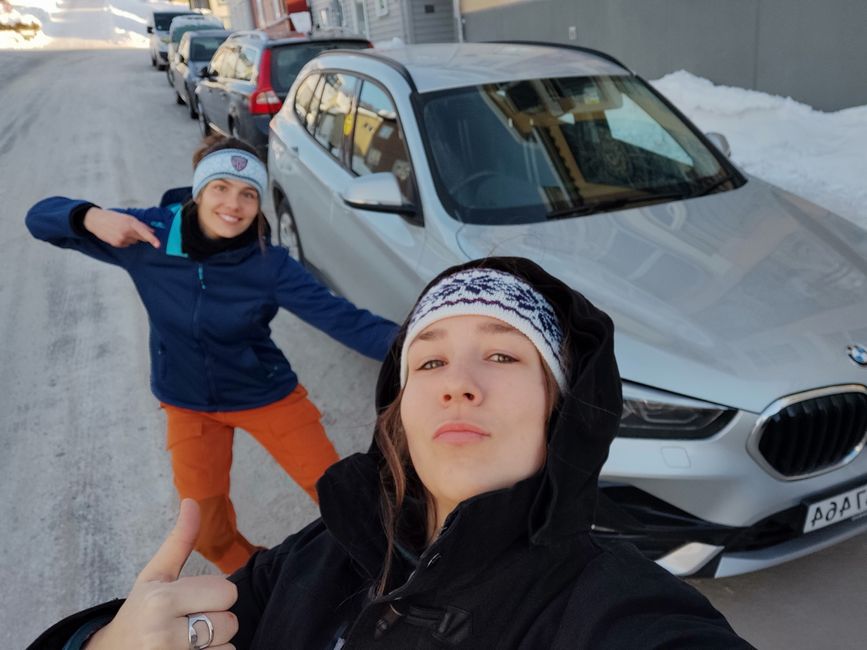
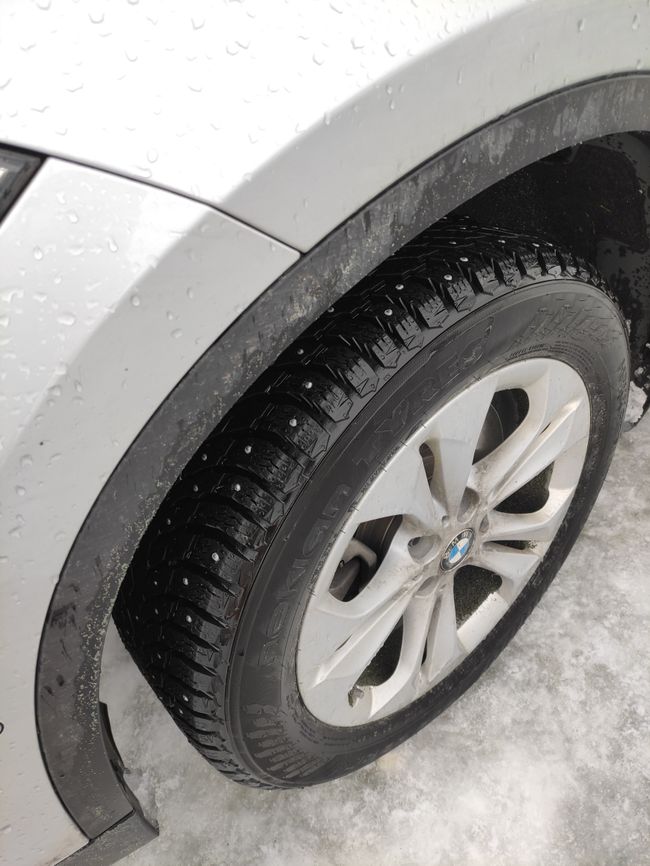
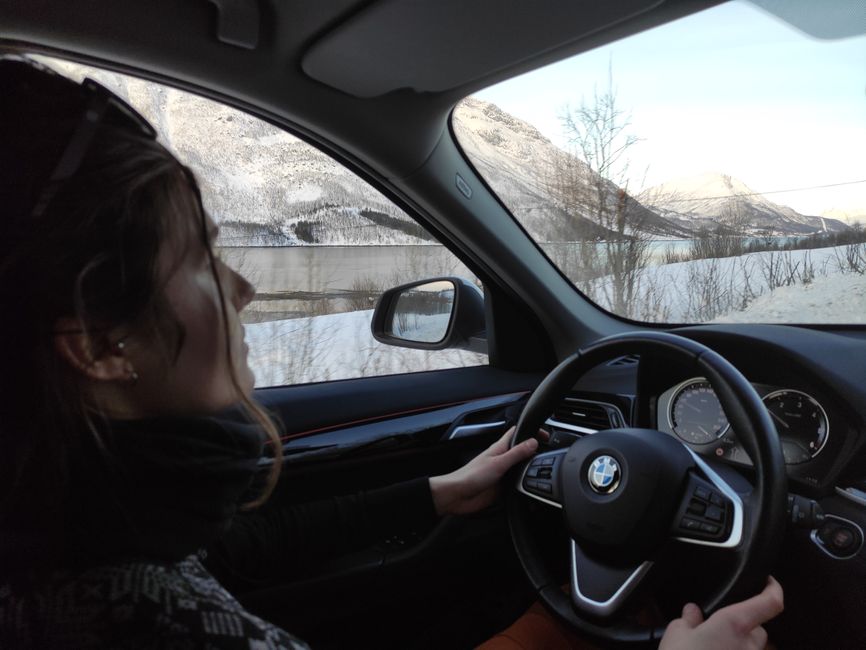
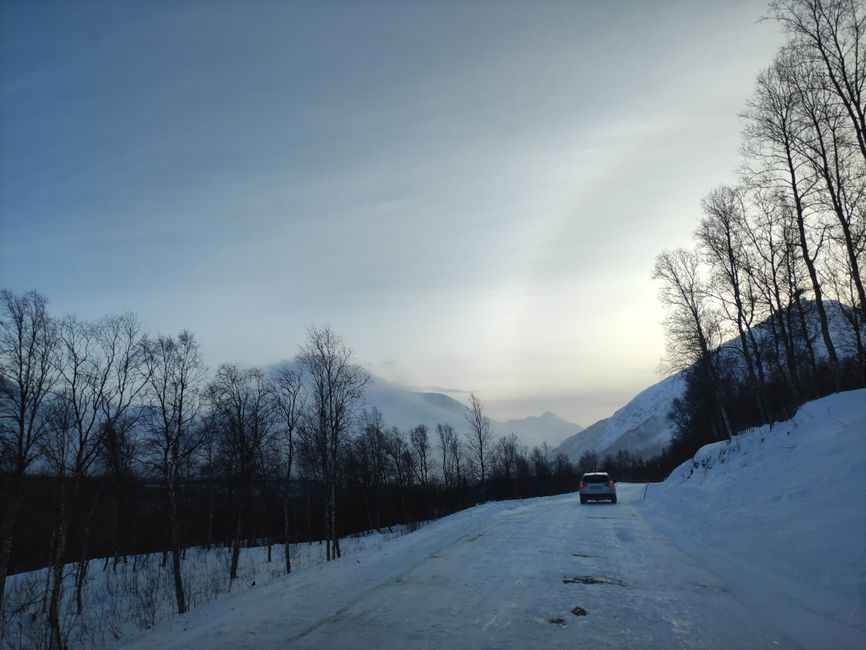
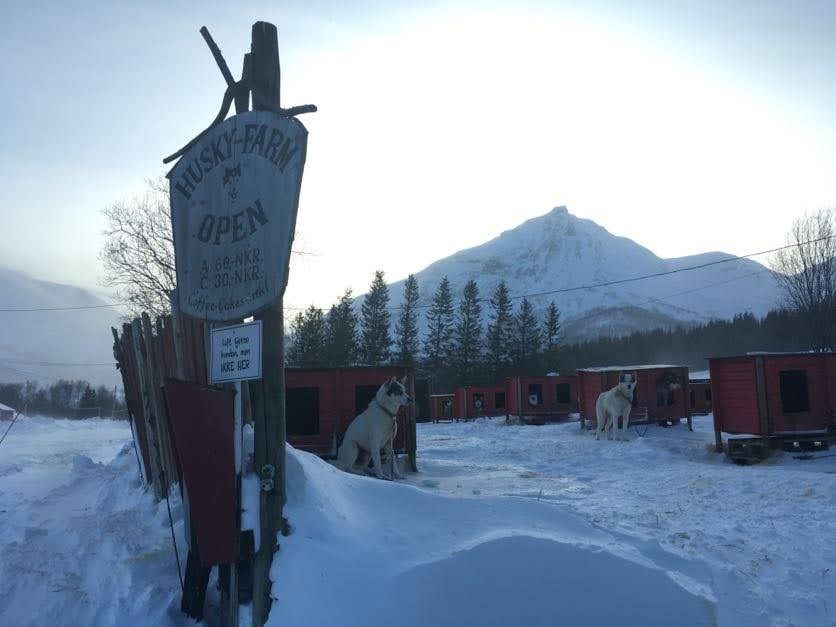
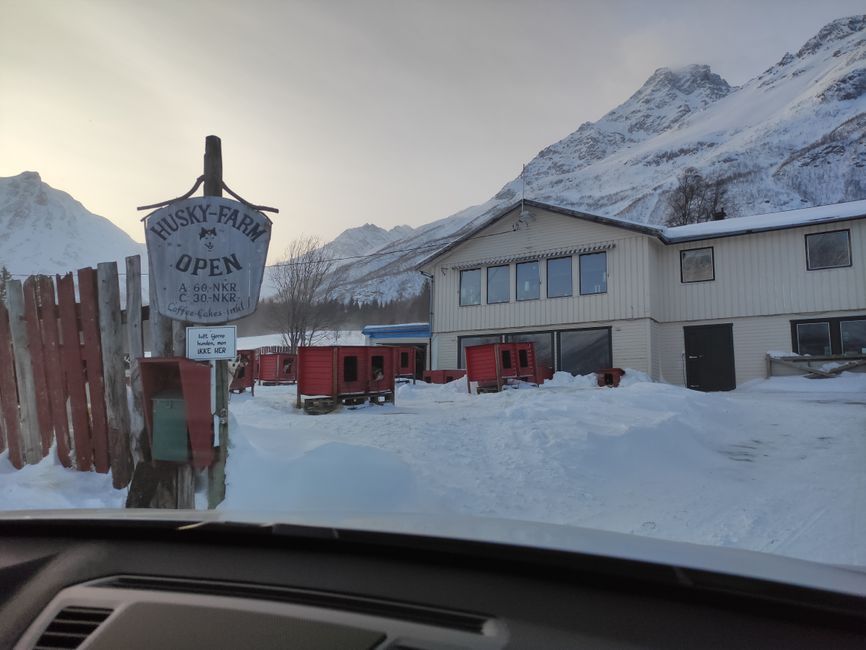
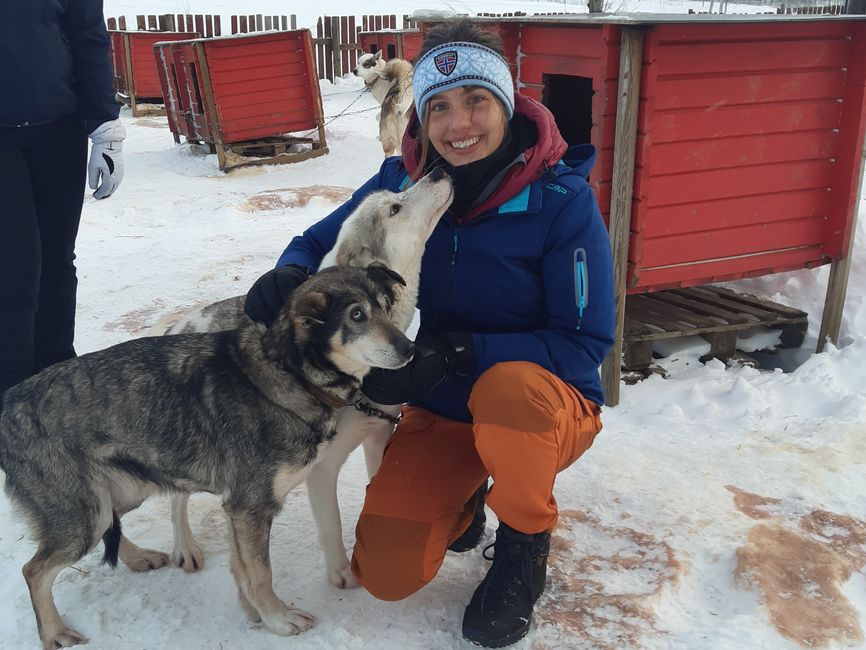
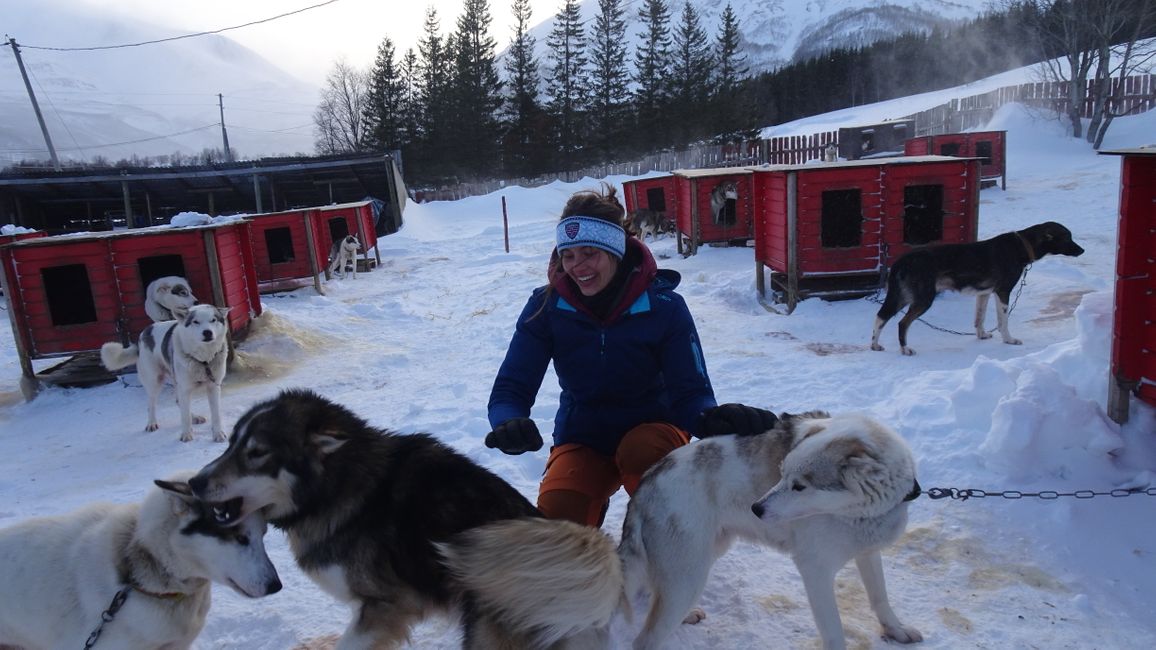
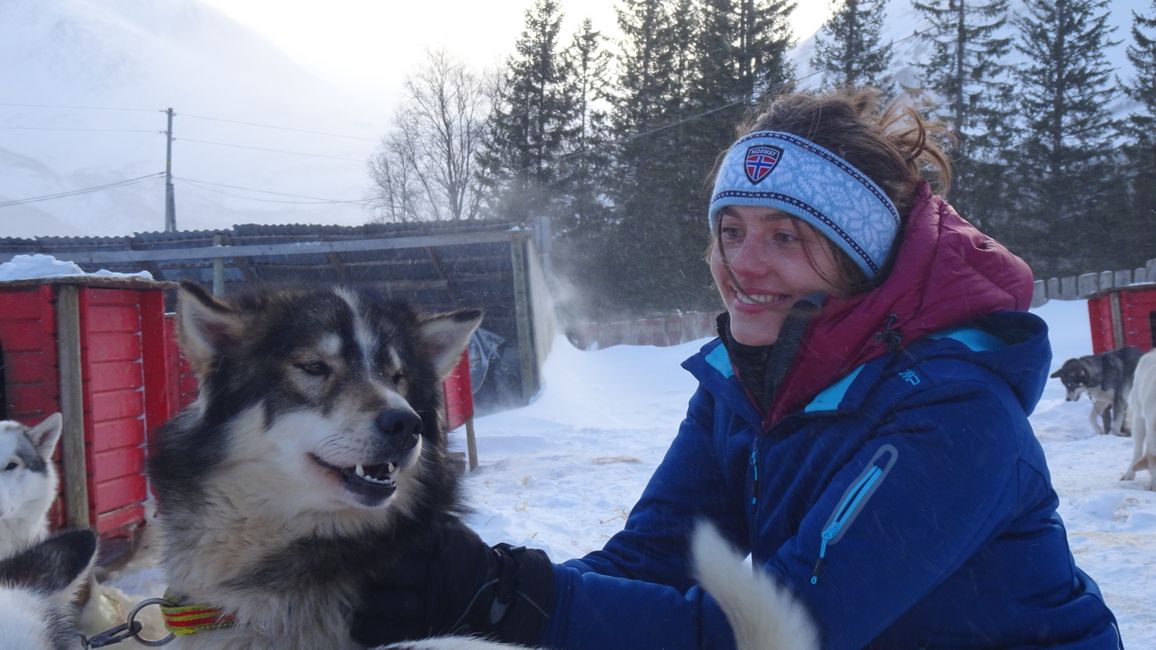
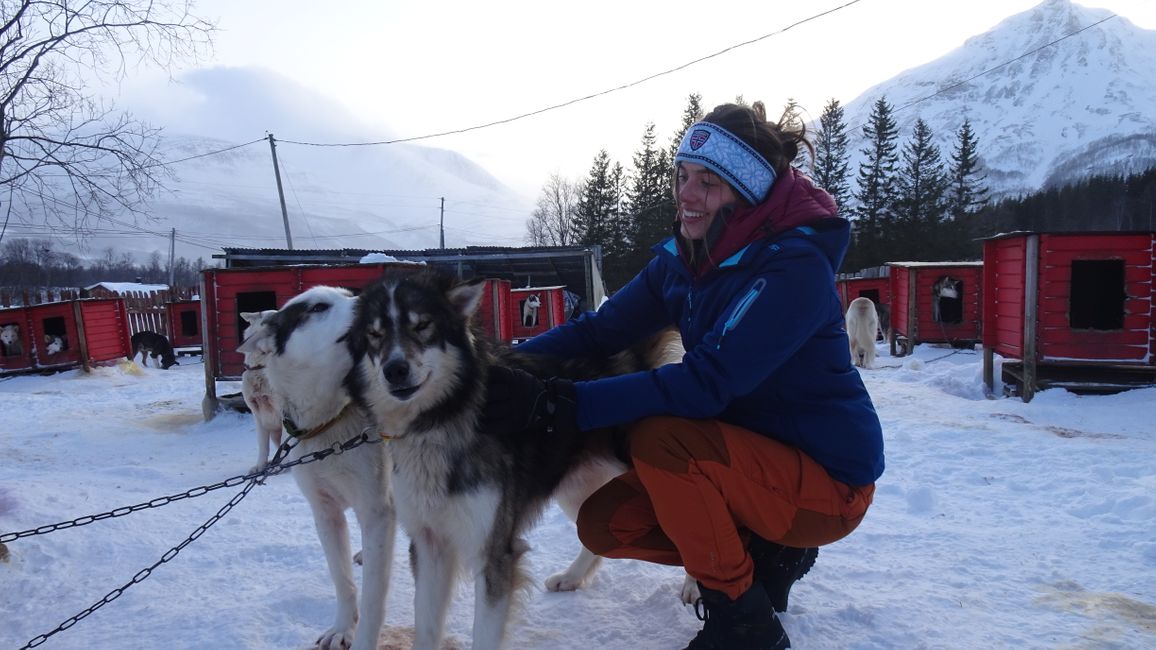
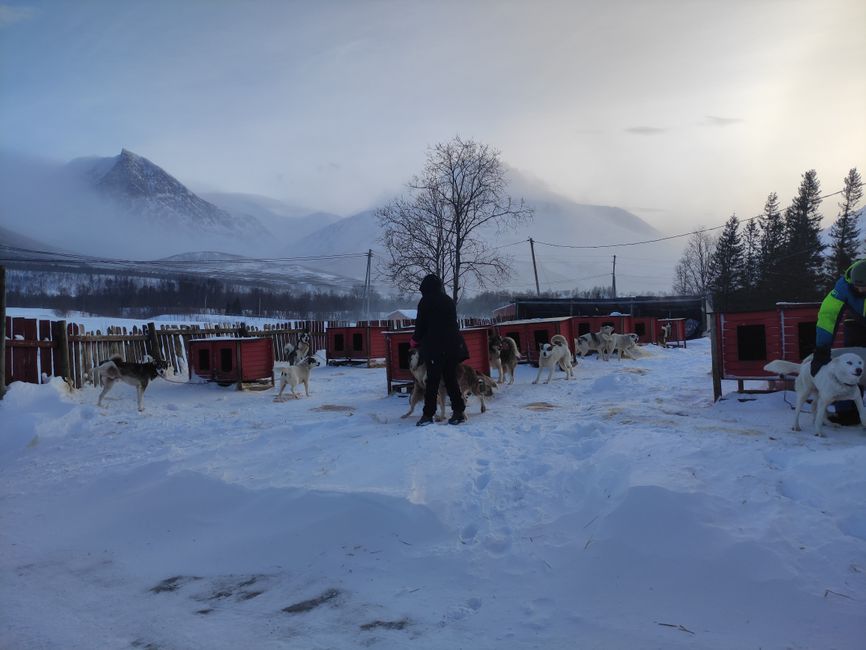
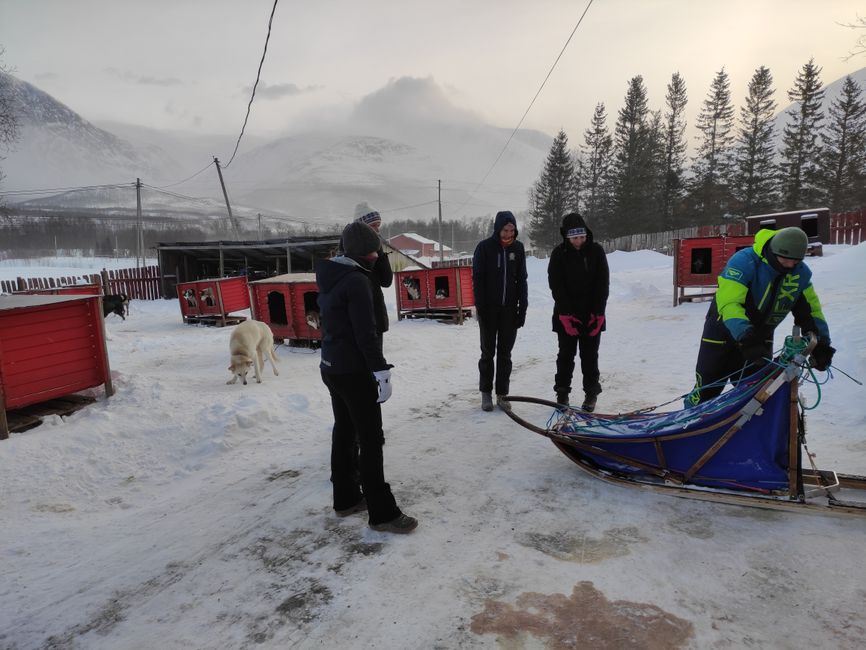
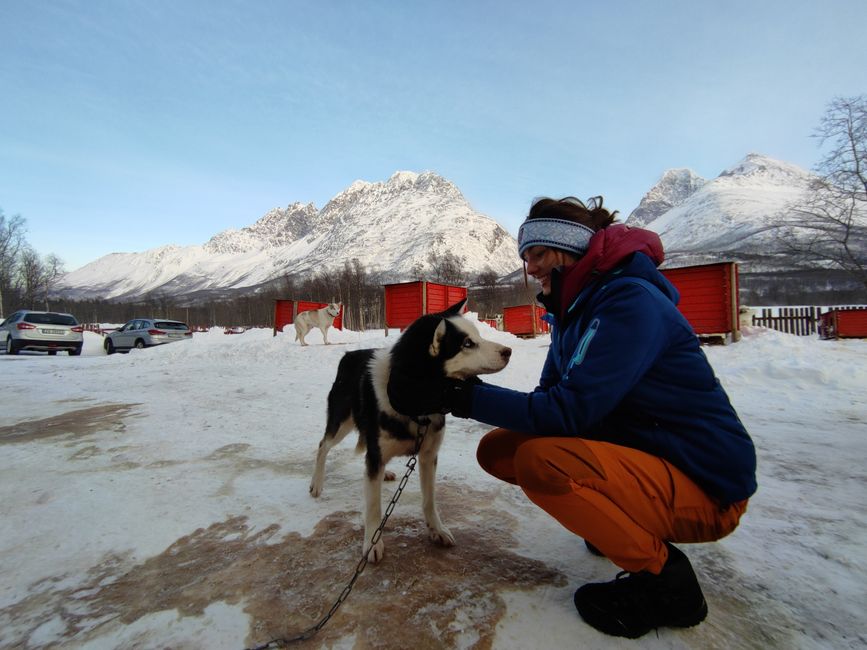
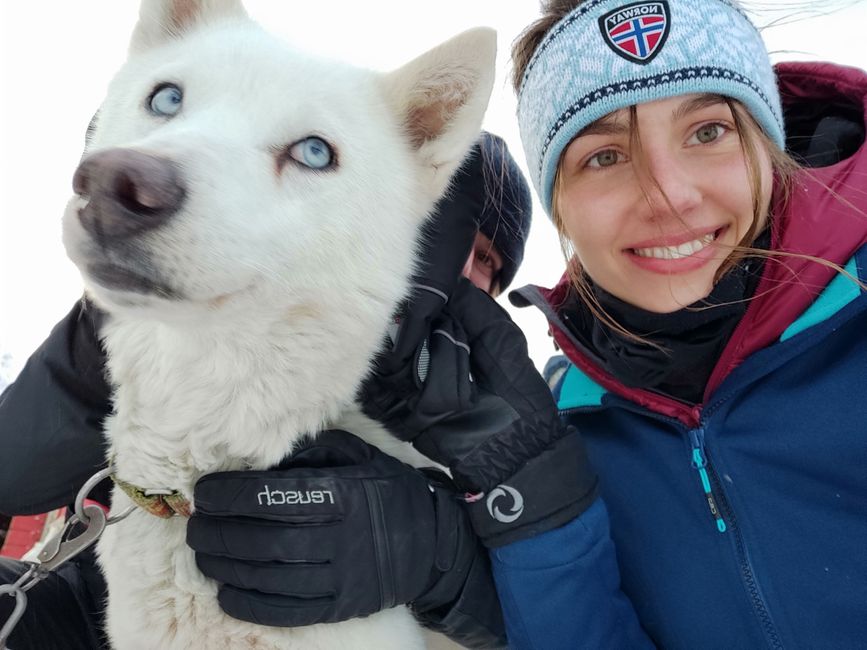
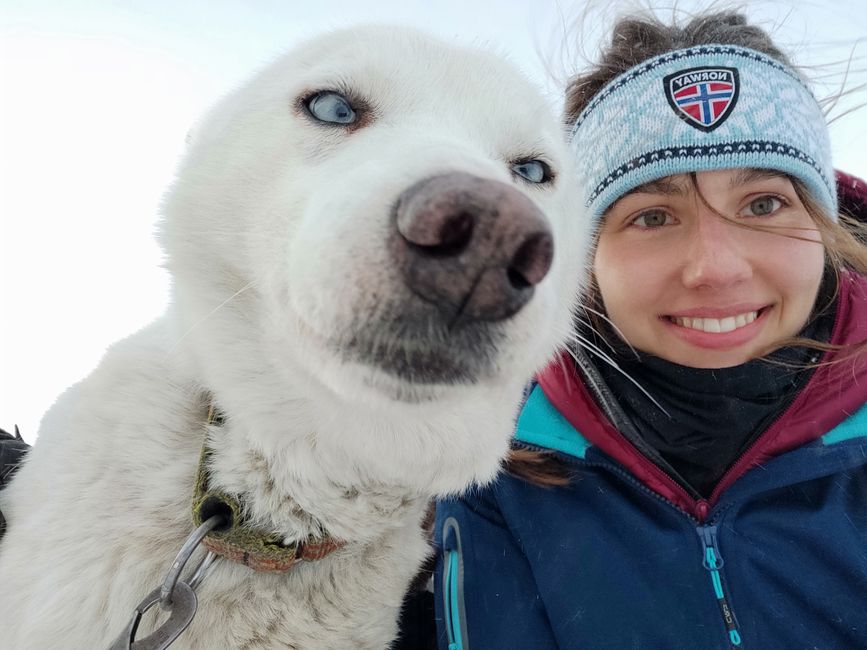
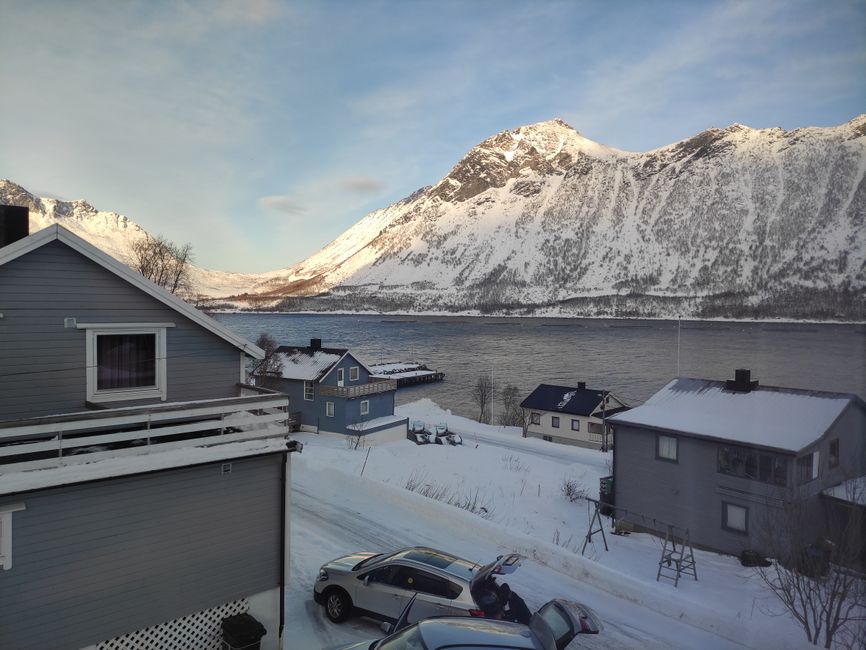
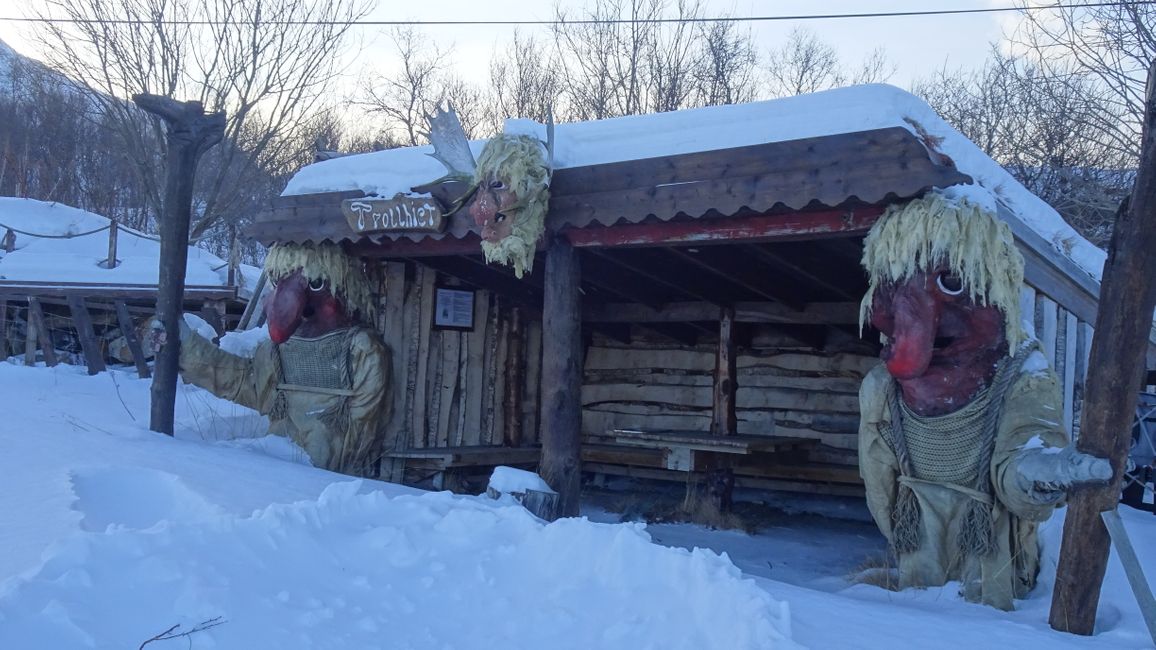
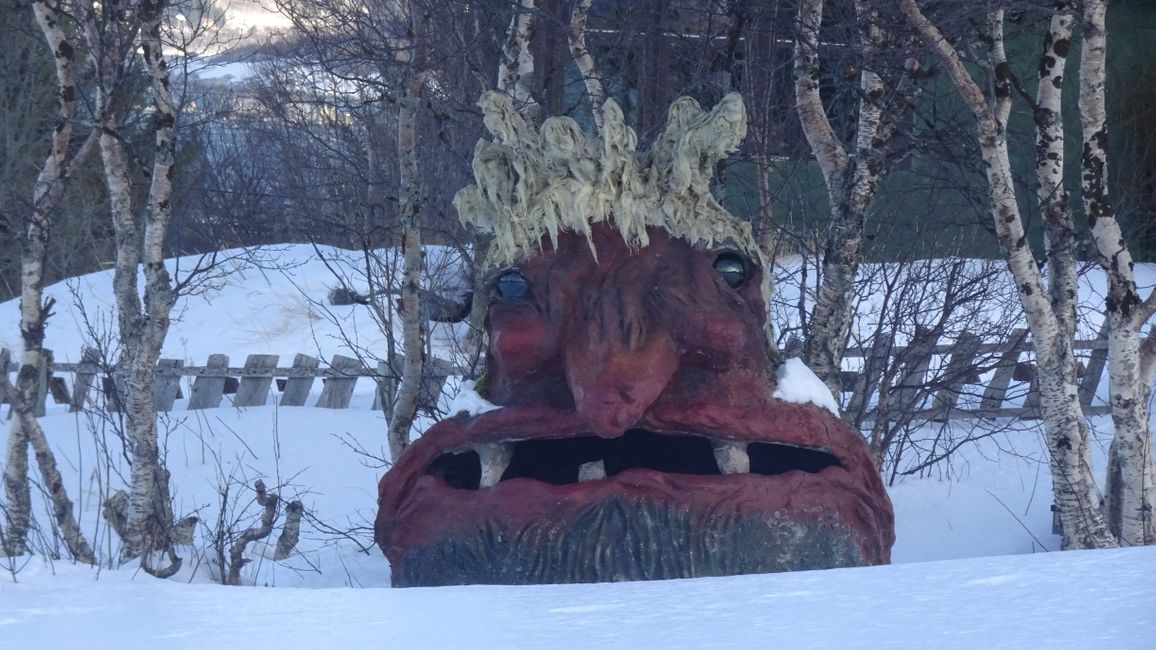
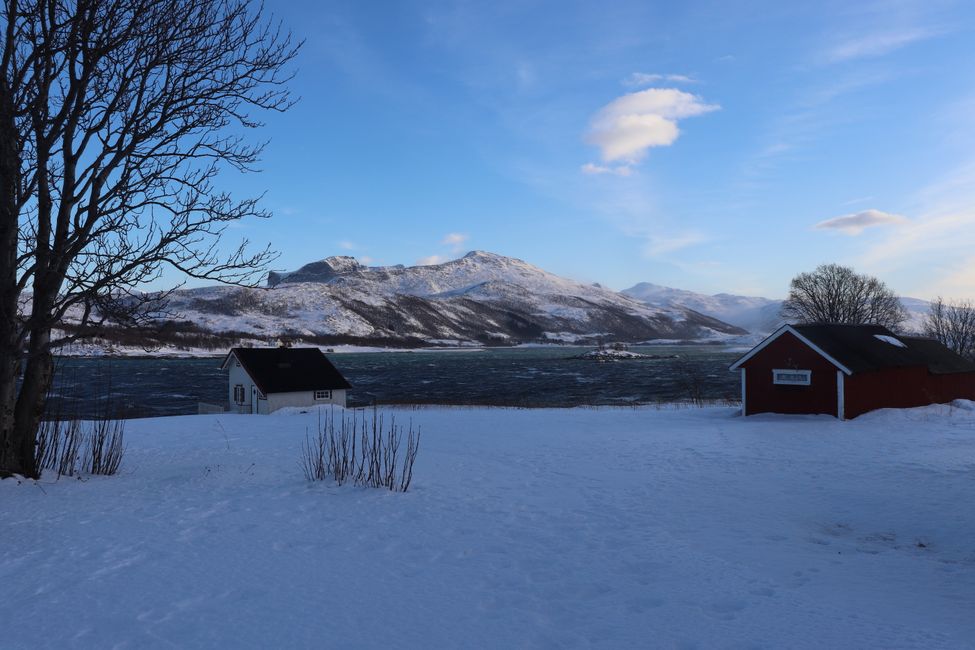
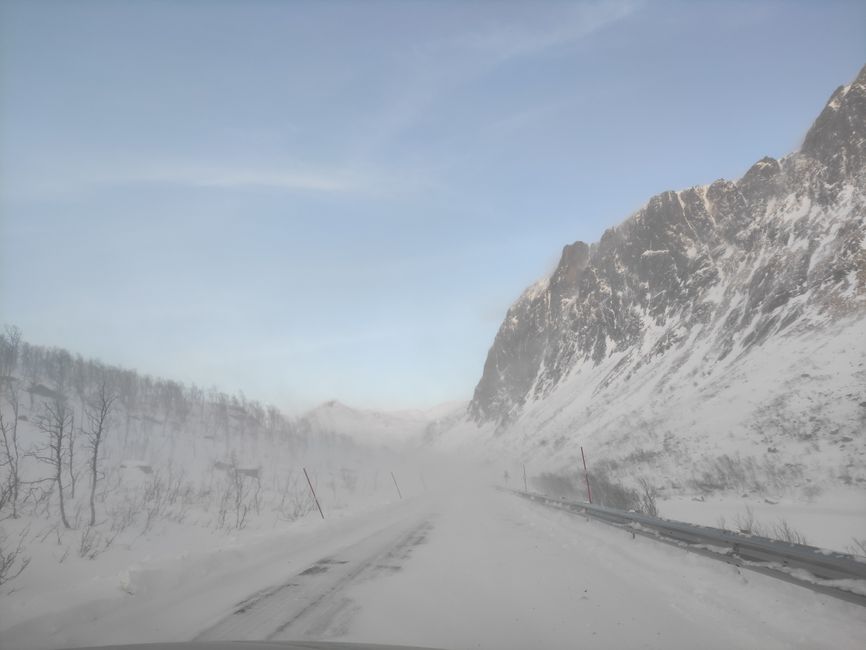
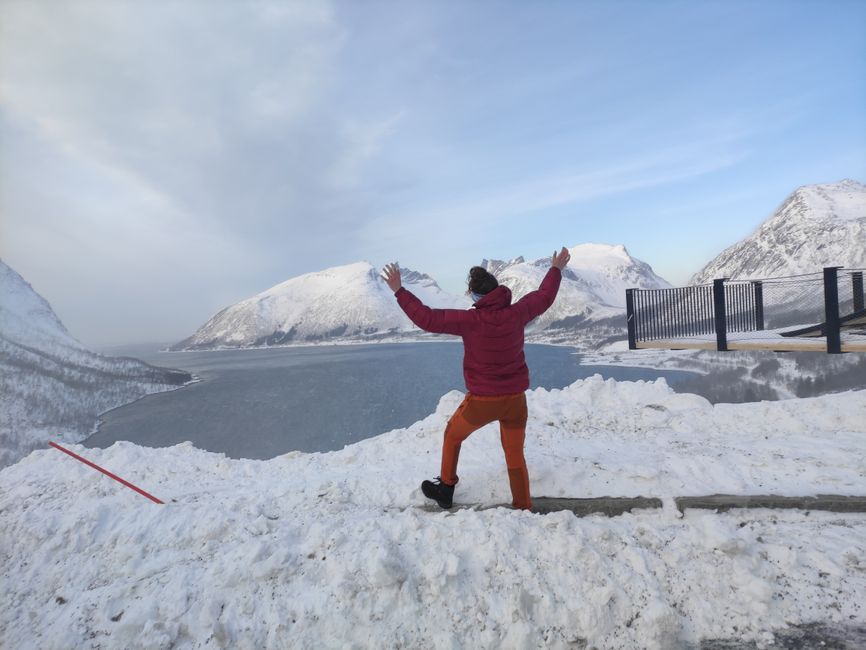
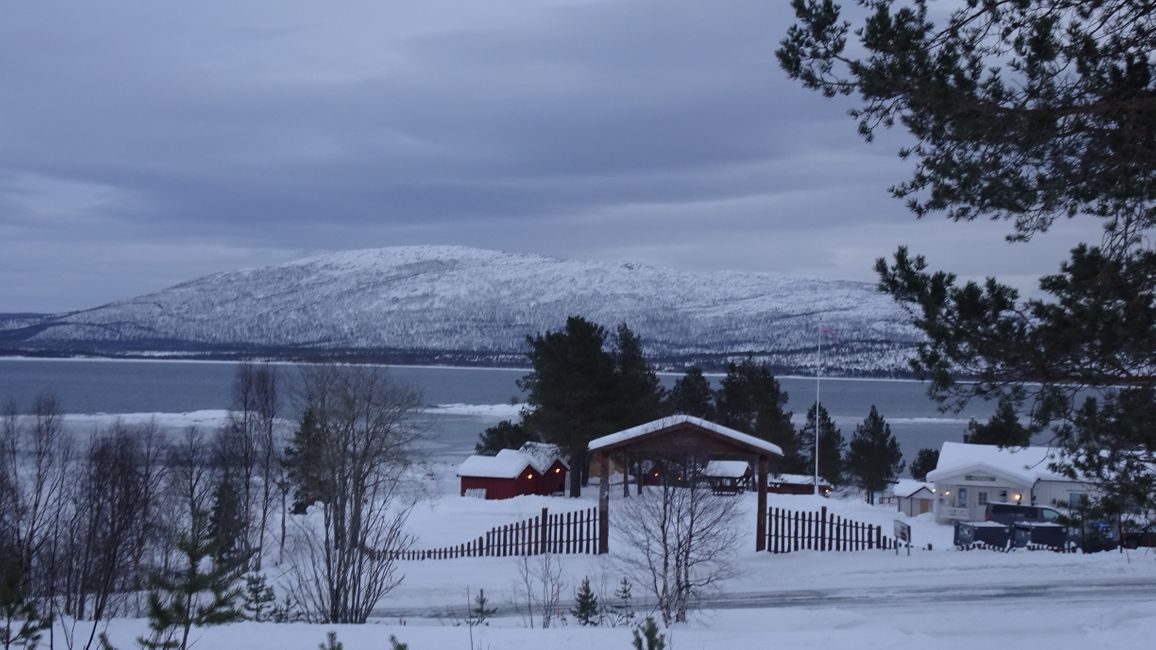
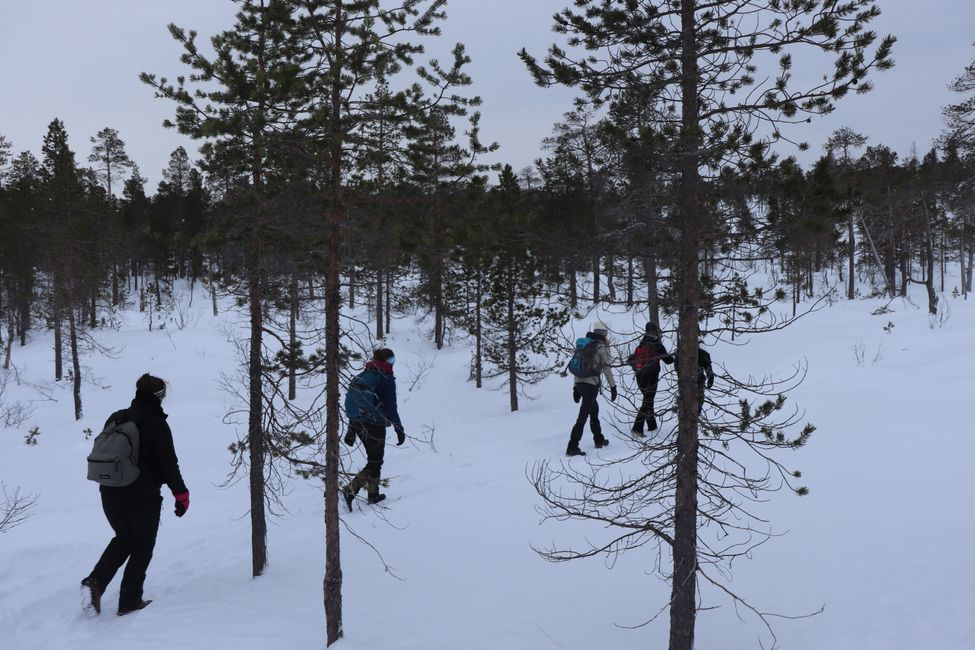
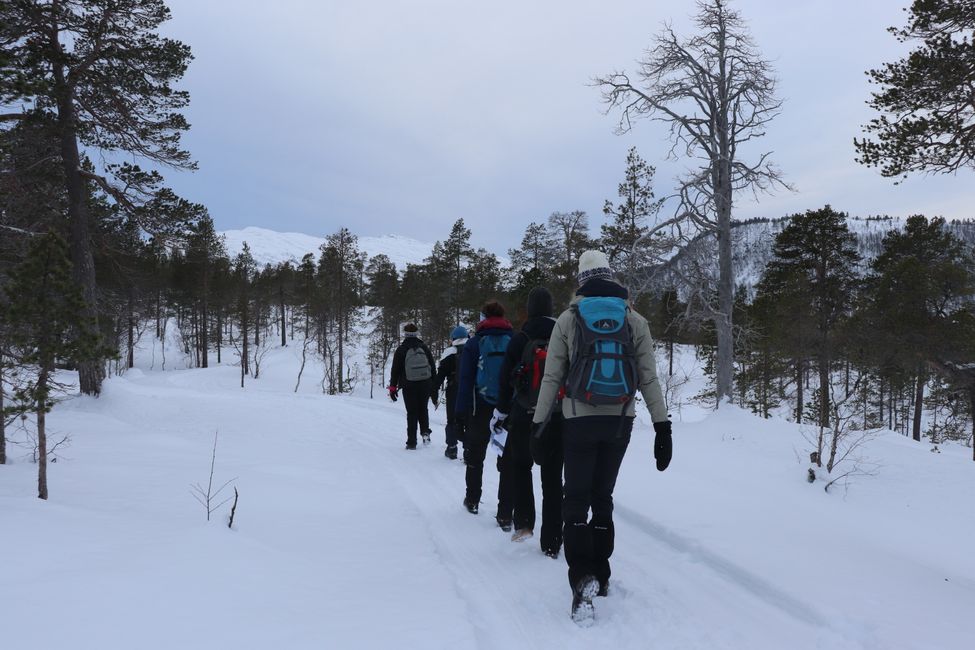
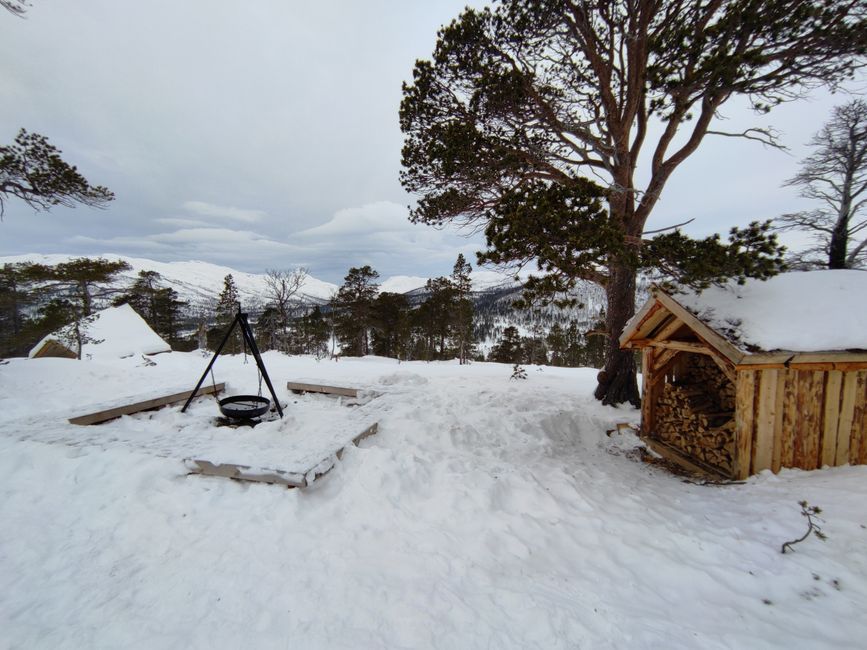
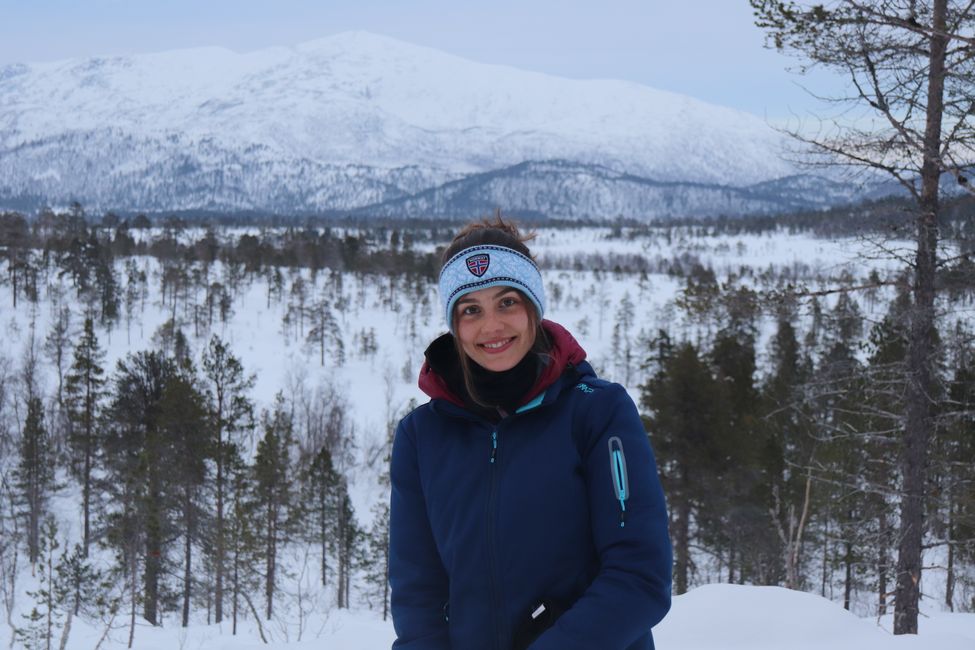
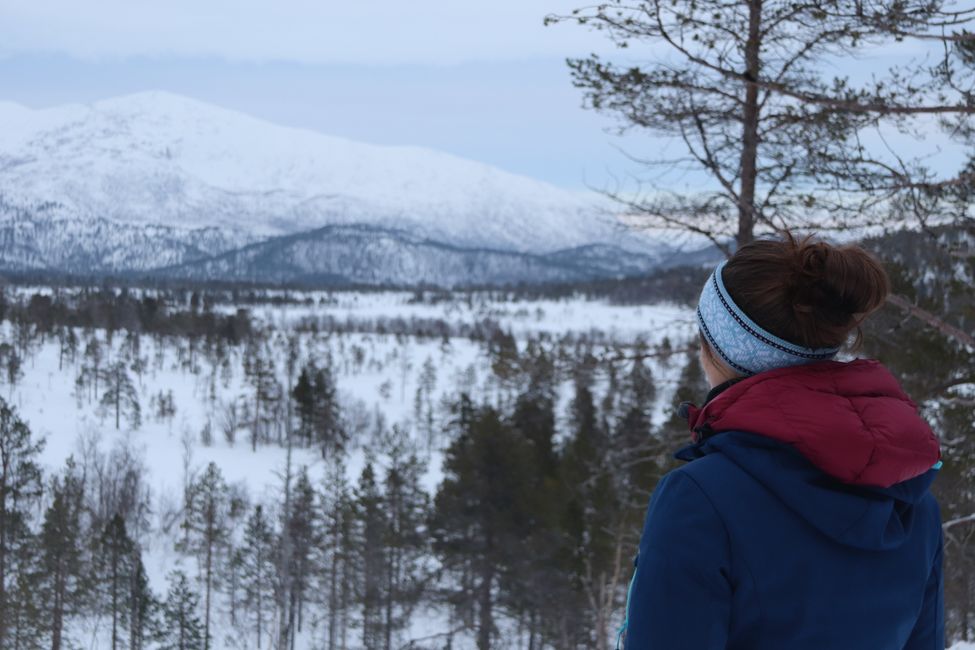
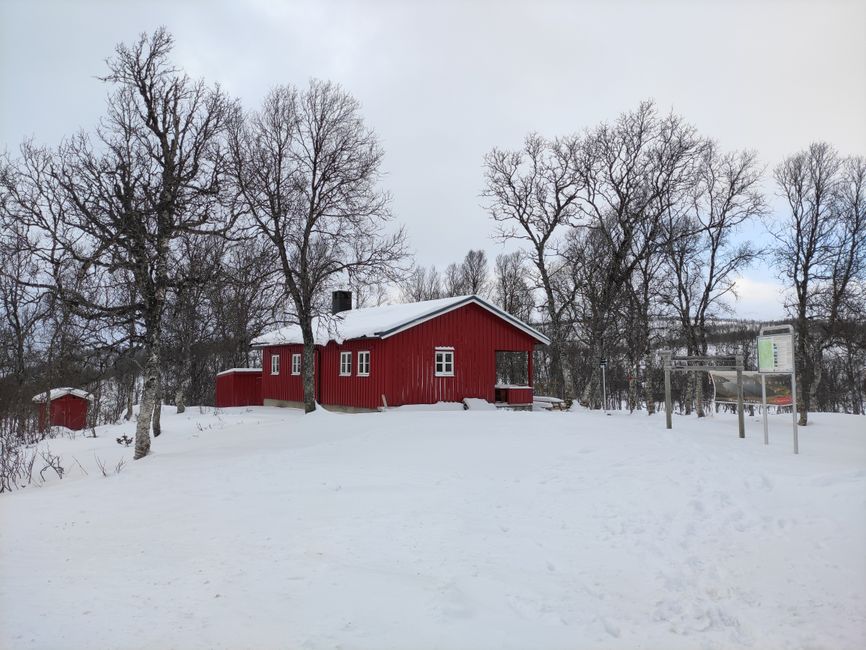
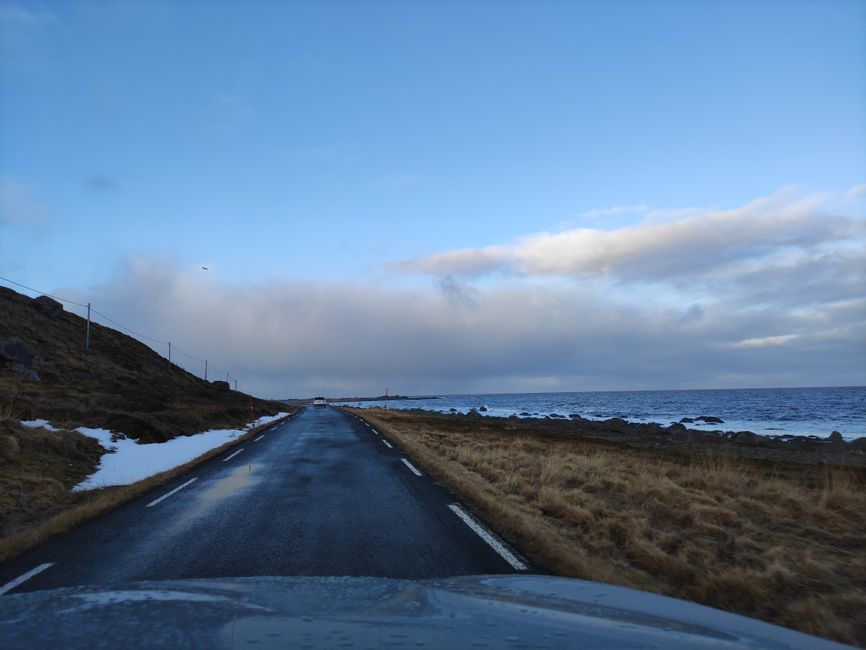
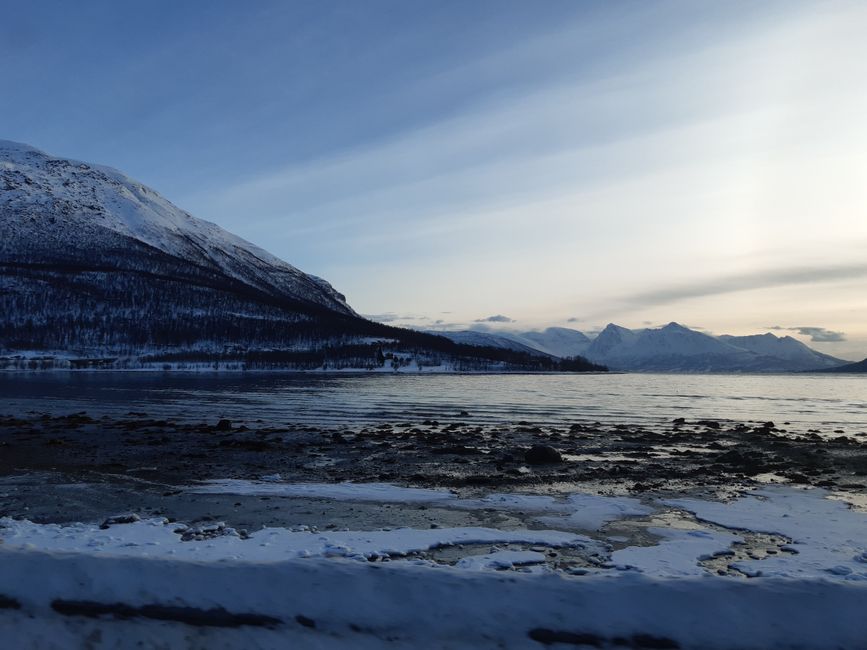
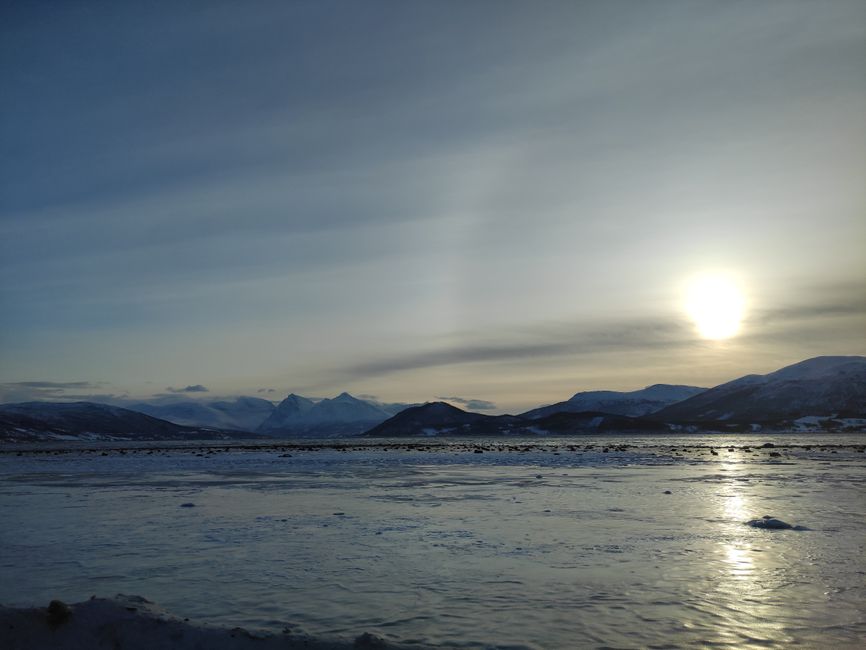
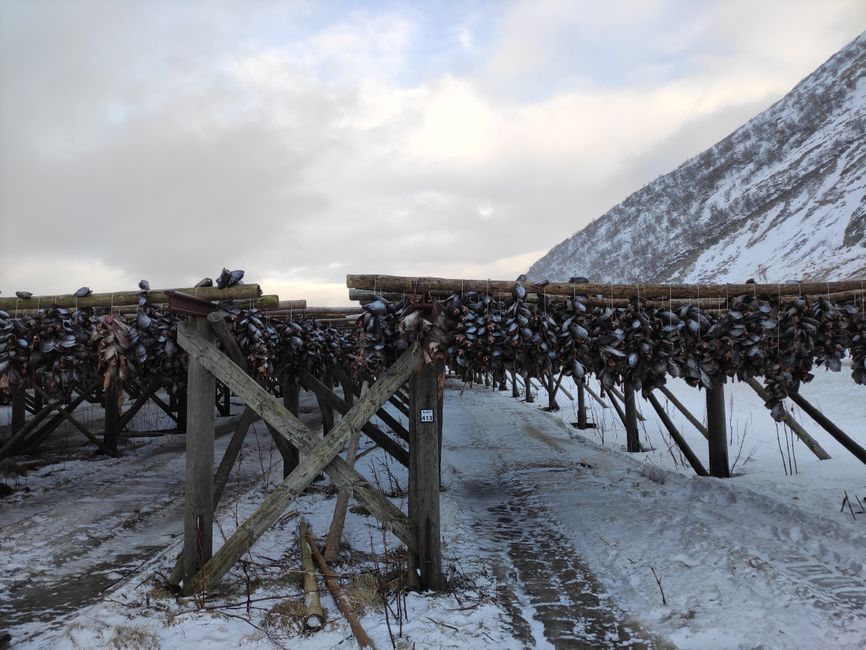
Iyandikishe mu kinyamakuru
The outbound flight and northern lights from the plane!?
It's Thursday, February 18th, and we booked a flight to Tromsø almost two weeks ago for today, as we fortunately discovered a 'gap' in our schedule for this week. We thought that now would be the opportunity to try and see the northern lights. I'm going on this trip with Maike and four others from my outdoor education course. However, we are still at university from morning until afternoon on this day, as we still have lectures. When we return from the lectures, we have an hour to spare before we walk to the bus that will take us to the airport in Kristiansand. I had already packed the night before. Packing had been a bit difficult because Len and I agreed that we could stay a few more days in Northern Norway if we do the forest/field trip that was planned up there. That means: tent, sleeping mat, sleeping bag, camping stove, woolen underwear, and everything else had to be packed! That's why my big backpack was almost full. Normal clothes like jeans, no way! After half an hour on the bus, we arrive at the small airport in Kristiansand early enough. Our flight is at 6:20 p.m. and we have a layover in Oslo. We fly from 6:20 p.m. to 7:05 p.m. to Oslo, and then from Oslo to Tromsø at 7:50 p.m. Just before landing, we hear the pilot say that it's a beautiful clear night and you can see the northern lights flickering in front of the airplane. Excited, I look out the window, but I only see a few clouds/mist - unaware that those were already weak northern lights. We land in Tromsø at 9:45 p.m. We take a bus from the airport to the city center because we have booked a hostel in the city center of Tromsø for the first two nights. We quickly do some shopping in the supermarket before the stores close at 11 p.m. and then we fall tired into our hostel room. The hostel is pretty run-down, which creates the classic hostel feeling. However, that doesn't affect our sleep.
Tromsø: City Sightseeing, Sunset, Tromsø at Night, and Northern Lights
We spend the whole Friday in Tromsø because we want to get to know the city. Until the afternoon, we wander around the city center, visit the large library overlooking the harbor and the fjord, the harbor itself, churches, and other places.
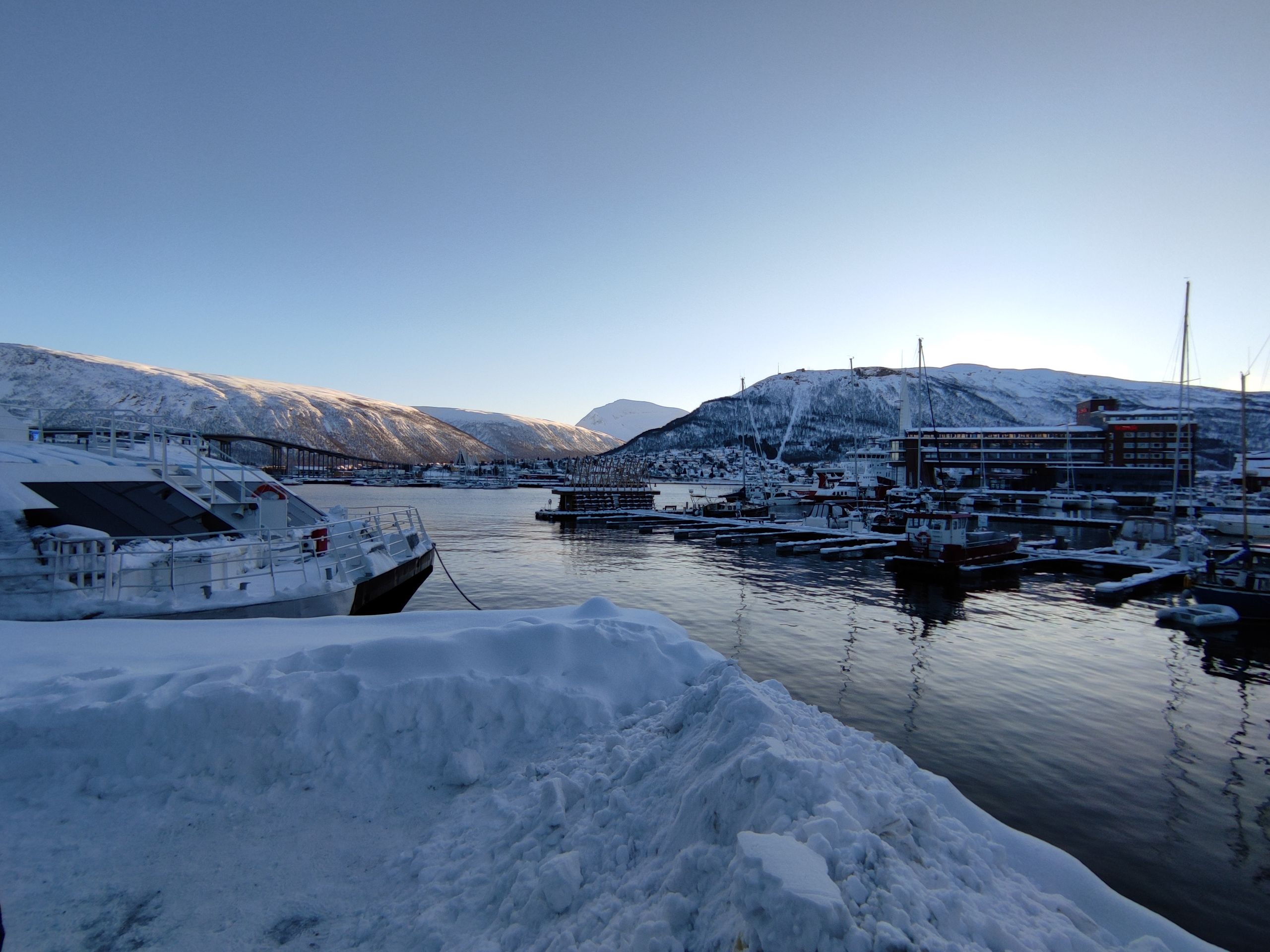
In the afternoon, we walk across the bridge that leads to the other side of the fjord and thus to the remaining districts of Tromsø. There, we take pictures of the Arctic Cathedral - a modern, triangular church mostly made of glass - which stands right behind the bridge.

Then, with the help of spikes, we hike up Mount Storsteinen, where you have a fantastic view of Tromsø. It's quite steep and the snow is very deep, but after an exhausting hour, we finally reach the top where the Fjellheisen cable car station and a café are located.

We have just arrived when suddenly a strong - but fortunately only a few minutes long - snowstorm starts.

However, the view of Tromsø, the fjord, and the surrounding mountains is breathtaking, and we enjoy the beautiful sunset.


After sunset, we decide to sit in the café at the cable car station, have a hot chocolate, and warm up before we go out again after dark to hunt for the northern lights. We sit comfortably in the warm café when at 6 p.m. a man suddenly comes to our table and tells us that there are already northern lights visible in the sky outside. We immediately grab our jackets and backpacks and rush out of the café. And indeed, there are gray-green veils gently moving across the sky! We spend a few hours on top of Storsteinen, look at the sky for hours, and can hardly believe our luck to see the northern lights on our second evening.


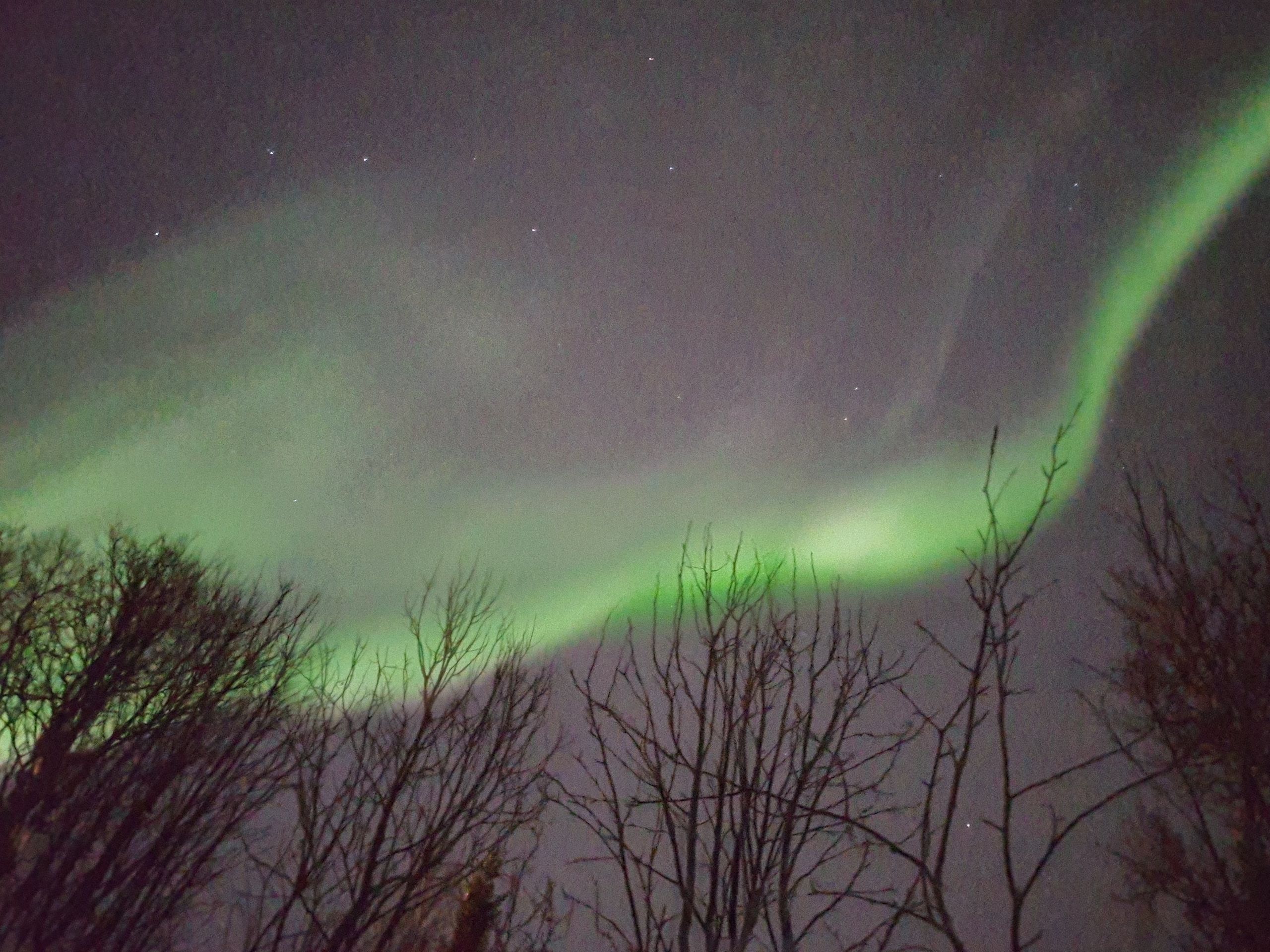

Stops on the way to the Lofoten Islands: Husky farm, Senja Island (Gryllefjord), and Harstad
On Saturday morning, we take the bus back to the airport to pick up the cars we have rented at 10:00 a.m. We get really great cars; I am driving a BMW X1 XDrive20 and Maike's rental car is a Suzuki S-Cross SX4. Since there are six of us and each of us has a large backpack with a lot of camping equipment, the large cars are very convenient for us. We will also appreciate them because of the extreme weather conditions that await us. They are equipped with spikes on the tires, like every car in Northern Norway. Maike and I drive back to the hostel, where we pick up the others and load all our luggage into the cars.
We now want to drive towards the Lofoten Islands, but make a few stops and spend nights on the way there. We want to spend our first night on the island of Senja. Senja is located below, or southwest of Tromsø. It is the second largest island in Norway and a natural paradise. It is said that all of Norway is summarized on this island in miniature form ("Norway in a nutshell"). However, on the way to Senja, we stop at a husky farm around noon because we had planned to do a husky tour there. We get out of the cars and are already greeted by many excited and happy sled dogs. It is very windy and slightly rainy, so we decide together with the husky guide not to do the tour and to come back next weekend, on our way back from the Lofoten Islands, to try again. Instead of the dog sledding tour, we just cuddle extensively with the many dogs and have a long conversation with the husky farm owner.
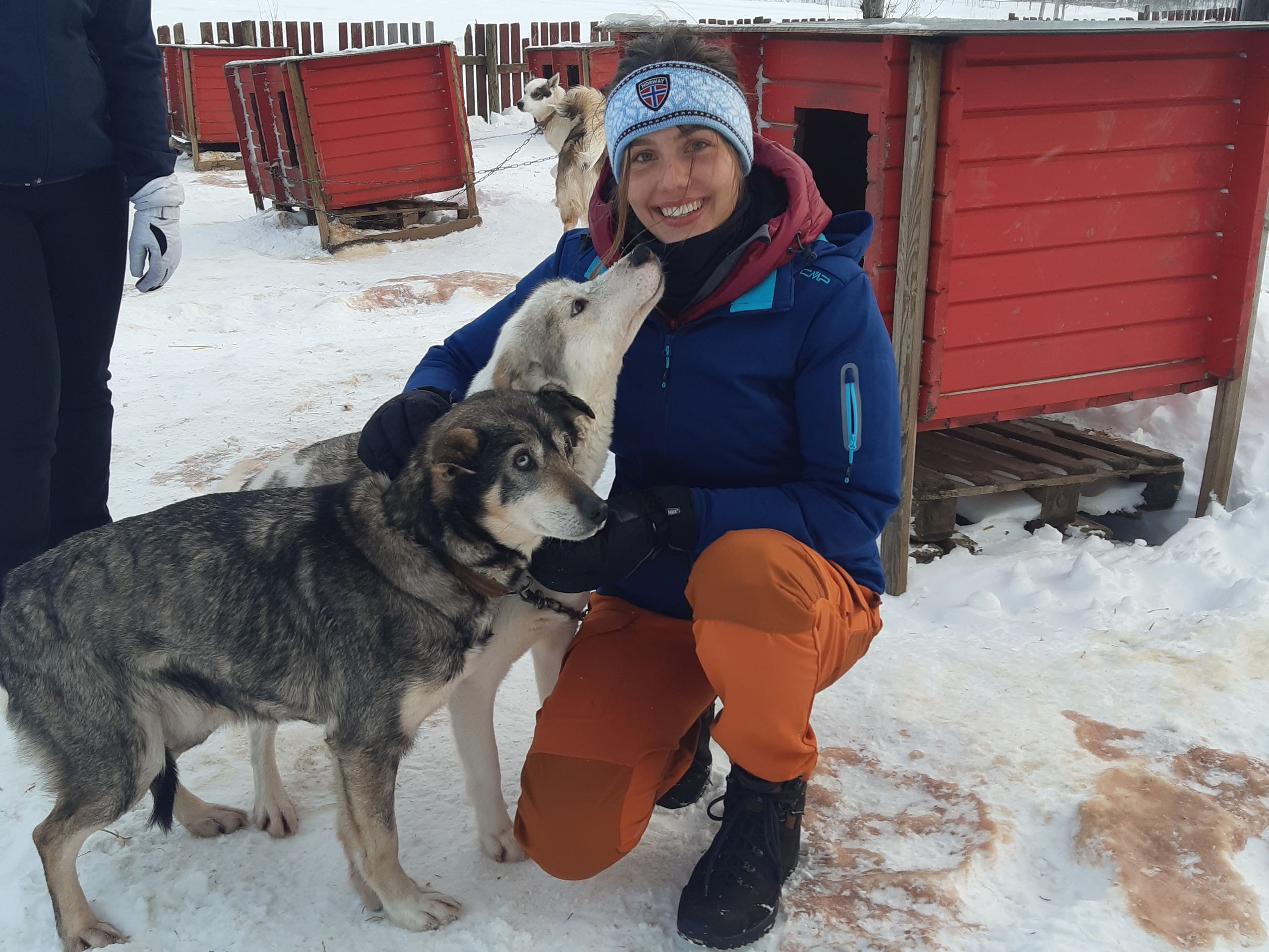

The man has traveled with his dogs to Greenland and tells us some stories from his past and about his secluded life on the husky farm. After the exciting conversation and extensive cuddling, we continue our journey.
It is already dark when we arrive at Senja. We overnight in Gryllefjord, a fishing village located directly on very steep slopes of the fjord, and have booked a house there via Airbnb.
For Sunday, February 21st, we had planned to explore the island of Senja in more detail. We had already selected spots such as viewpoints, beaches, etc. We set off in the morning, and our first stop is Finnsæter. It is a small village with a troll park. We take some photos of the trolls standing there.

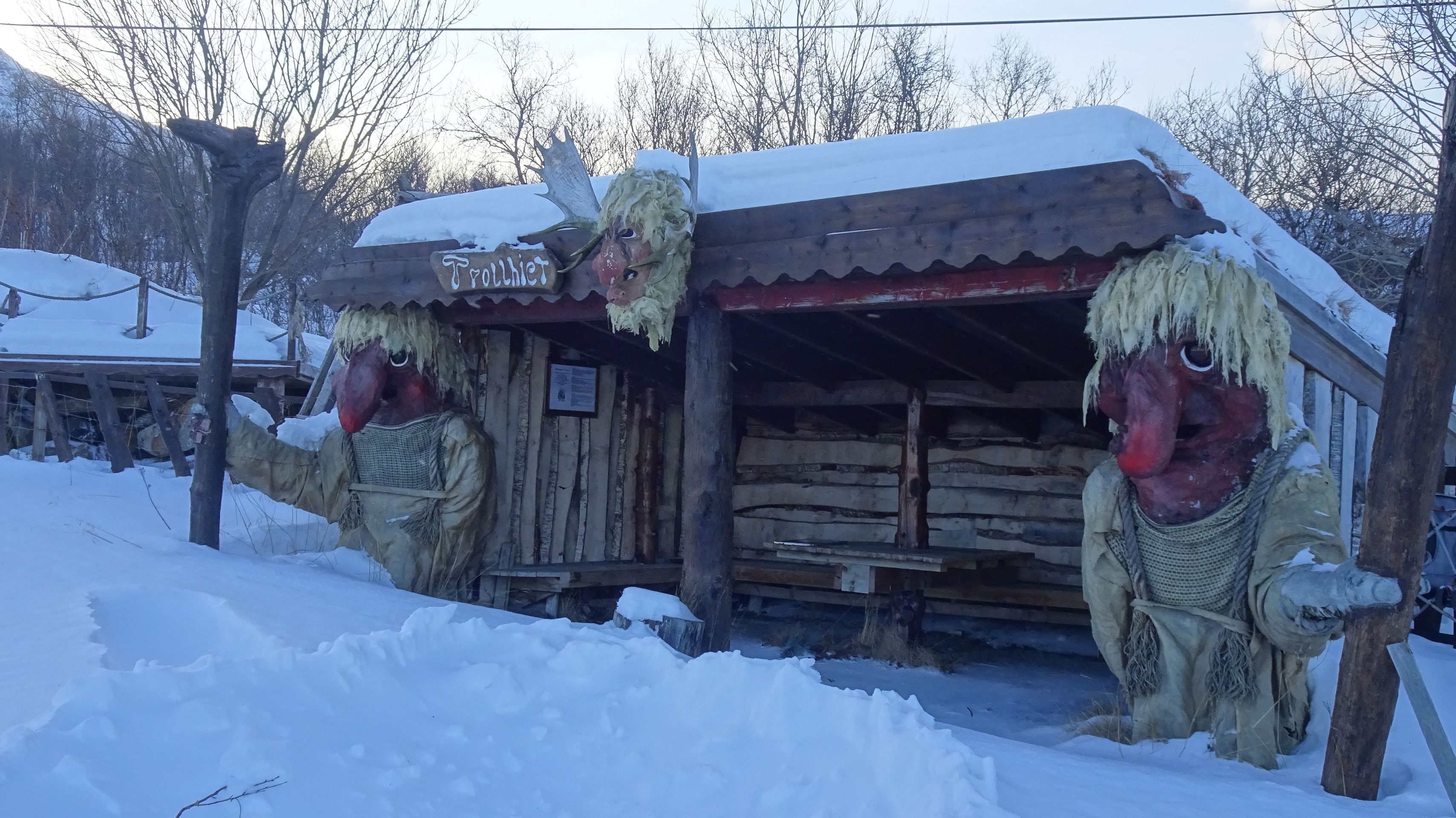
However, because it is incredibly windy and freezing cold, we quickly get back into the car and want to continue to our next stop. We drive up a winding road, and the visibility quickly becomes very poor. It is stormy, and there are strong snowdrifts here. Suddenly, everything turns white and you can hardly see anything. Even the long, red poles on the sides are nowhere to be seen. We manage to drive up the winding road, where our next viewpoint, Bergsbotn, with a view of a fjord is located.
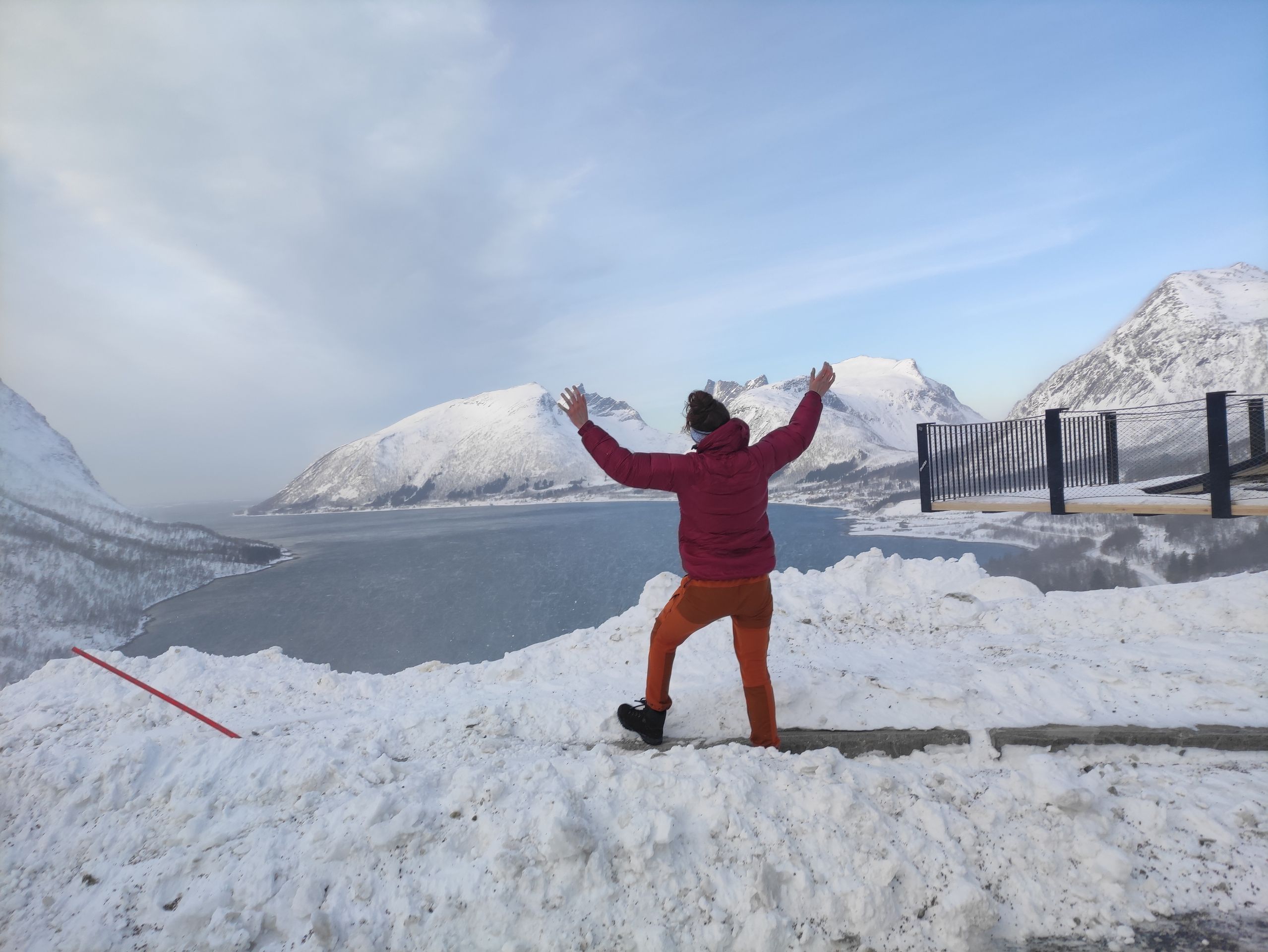
However, because it is so stormy that we fall outside and sometimes have to be pulled back to the car by the others, and the cars already display warning messages due to the storm, we decide to turn around. Unfortunately, we now have to skip all the viewpoints in the north of the island that we still wanted to visit. We drive back down the winding road, and the storm and snowdrifts stop. We now drive to the south of the island to go hiking in the Ånderdalen National Park.


One of the reasons for establishing this national park are the large and old coastal pine forests. Hiking in the relatively deep snow is not easy, but the beautiful landscape is worth it.
In the late afternoon, we continue driving to Harstad, where we want to spend another night. However, instead of the three to four hours that it should take, it takes us seven hours! First, we get lost because there is no bridge from one island to the next, and it only continues with a ferry. Then the weather gets worse again. It is snowing, and the snow comes from everywhere, from above, from the front... The roads are extremely slippery, so that the brakes don't work a few times and we slide several meters. In addition, it is already dark by now. Then one road is closed due to the slippery conditions, and we have to wait for 45 minutes for the snowplow. When the snowplow finally arrives, all the cars that have been waiting drive in a convoy behind the snowplow. We finally arrive at our accommodation at 11 p.m. We spend the night in a cabin of the DNT (Den Norske Turistforening - Norwegian Tourist Association). We have to trudge through knee-high snow from the road to the cabin, which is a few meters off the road and surrounded by many trees. There is no running water in the cabin, so we fill buckets with snow to melt it the next morning. There is no bath, and it is not heated. We just wrap ourselves in our sleeping bags and go to sleep.
Heading to the Lofoten Islands (to Fredvang)!
The next morning, Monday, we leave the cabin quite early and continue driving. We're not far from the Lofoten Islands anymore, but today we want to drive quite far to the south of the Lofoten Islands, namely to Fredvang. In Fredvang, our mandatory hiking trip for university awaits us. The driving conditions have improved again because it is warmer and milder on the Lofoten Islands due to the Gulf Stream. It's raining instead of snowing, there is much less snow than around Tromsø on the mainland, and the roads are no longer slippery.

We are actually on the E10 throughout the entire time, the only major road on the Lofoten Islands. The further south we drive, following this road, the more beautiful the scenery becomes! Tall, rugged mountains rise on the side of the road, some of them still covered in snow. On the other side of the road, you can see turquoise blue water, beautiful beaches, rocky coasts, and rocky islands in the water. The road connects the many islands via bridges, and you can pass through some tunnels to drive under the mountain world. Along the way, we also see the famous stockfish of the Lofoten Islands for the first time. Stockfish is fish (mostly cod, coalfish, haddock, and ling) which is hung on wooden racks and air-dried during the second half of winter (approximately from February to May). This preserves it for many years. Stockfish has been traded in Europe since ancient times and is now sold all over the world.

Shortly before our accommodation near Fredvang, the roads get narrower and we have to drive even more cautiously than we already do. Sometimes we wait in lay-bys to let the oncoming traffic pass because the roads are simply too narrow. Fortunately, there is hardly any traffic on the roads of the Lofoten Islands.
To find out what happens next in Fredvang and if and how our planned hiking trip works out, stay tuned for the next post!
Until then, Sara
Iyandikishe mu kinyamakuru
Igisubizo
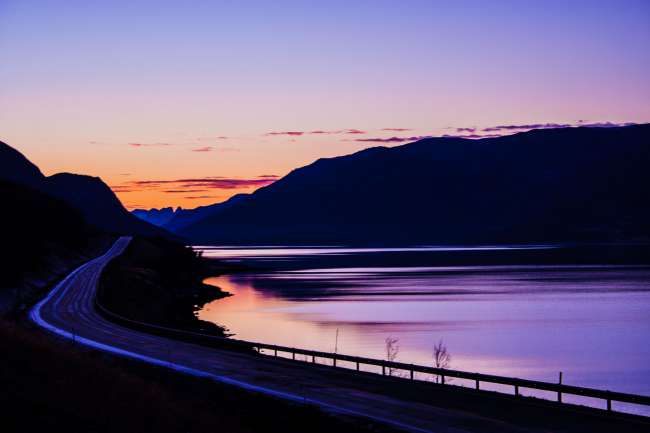
Raporo yingendo Noruveje
